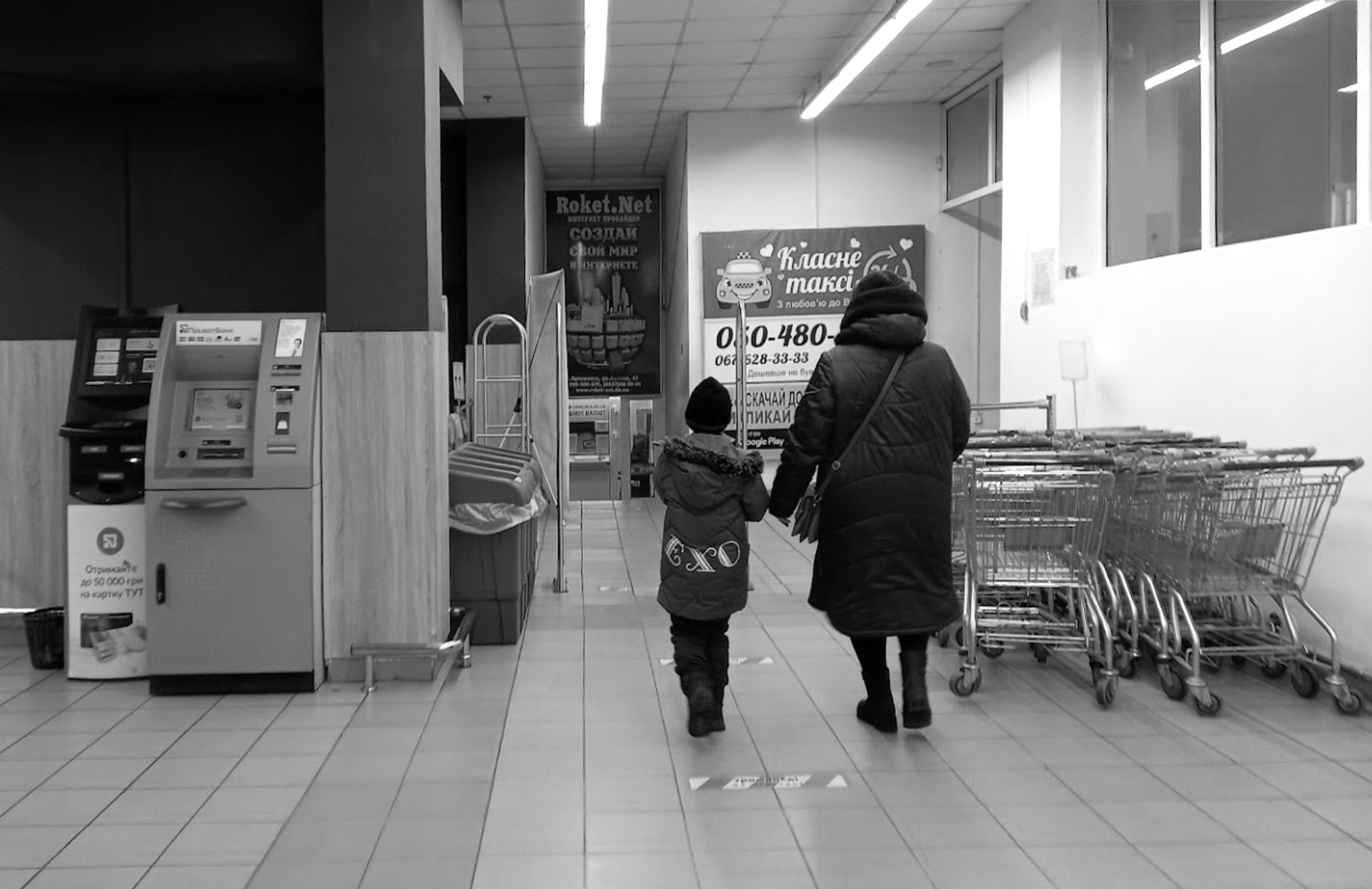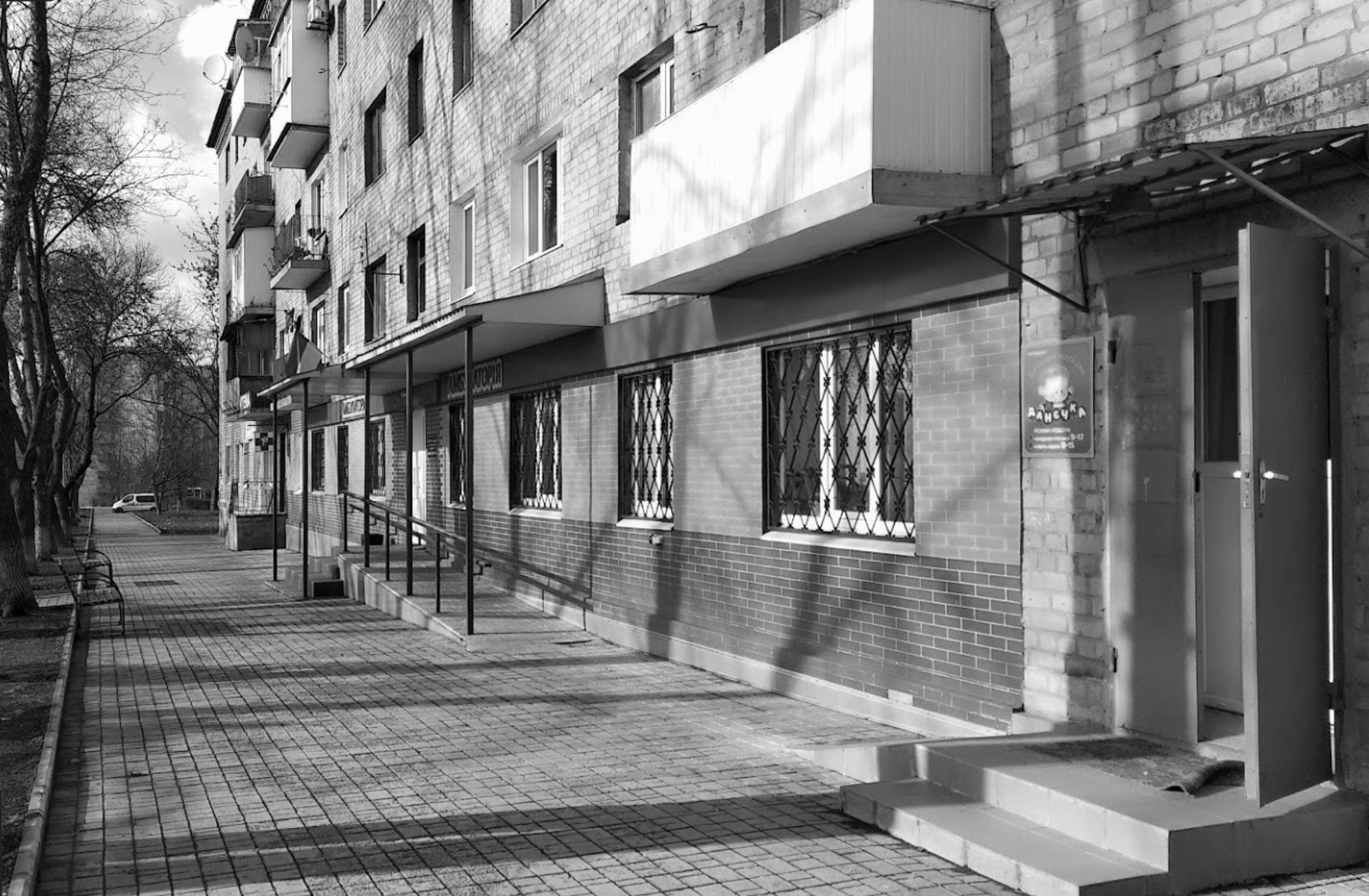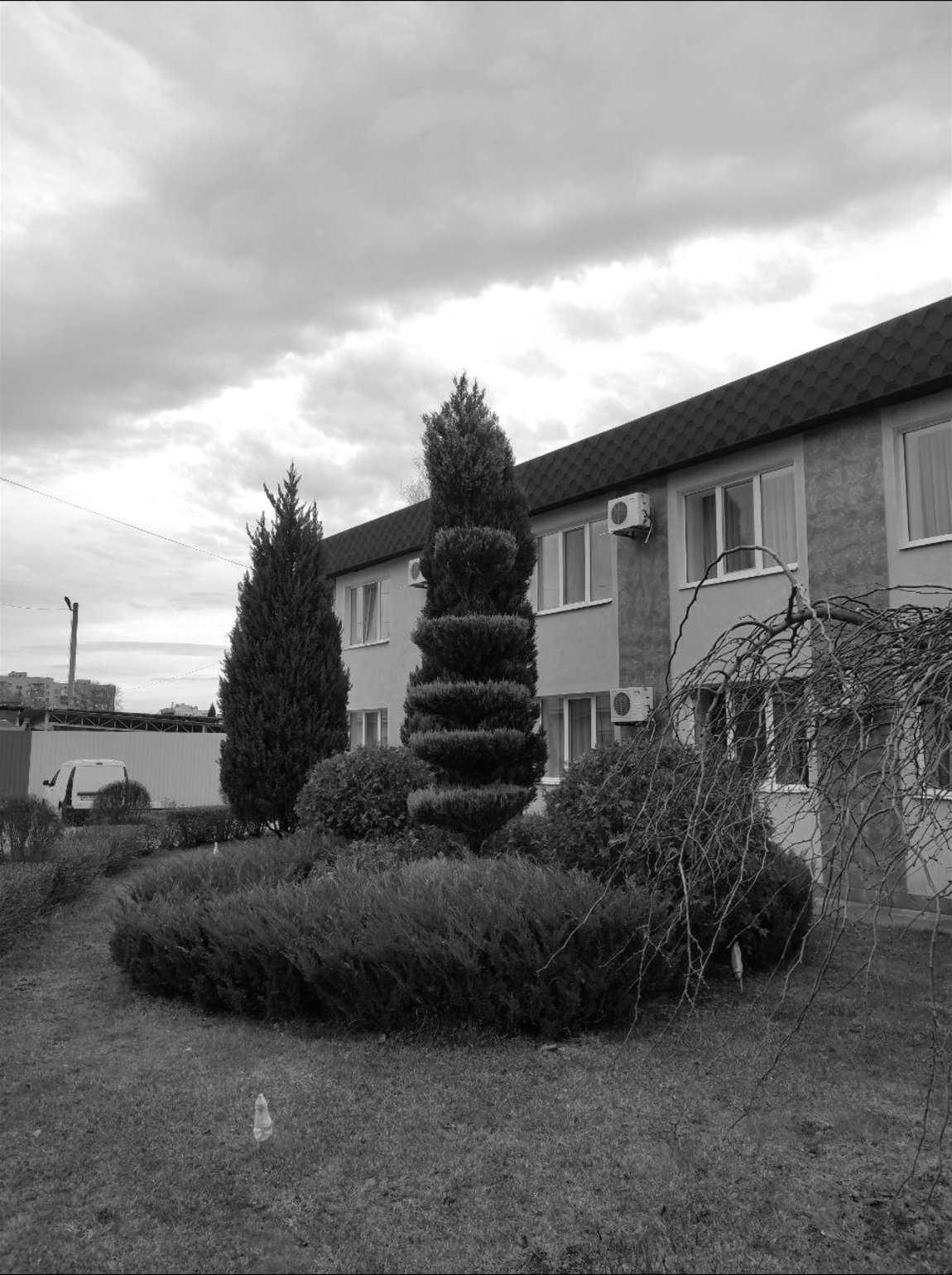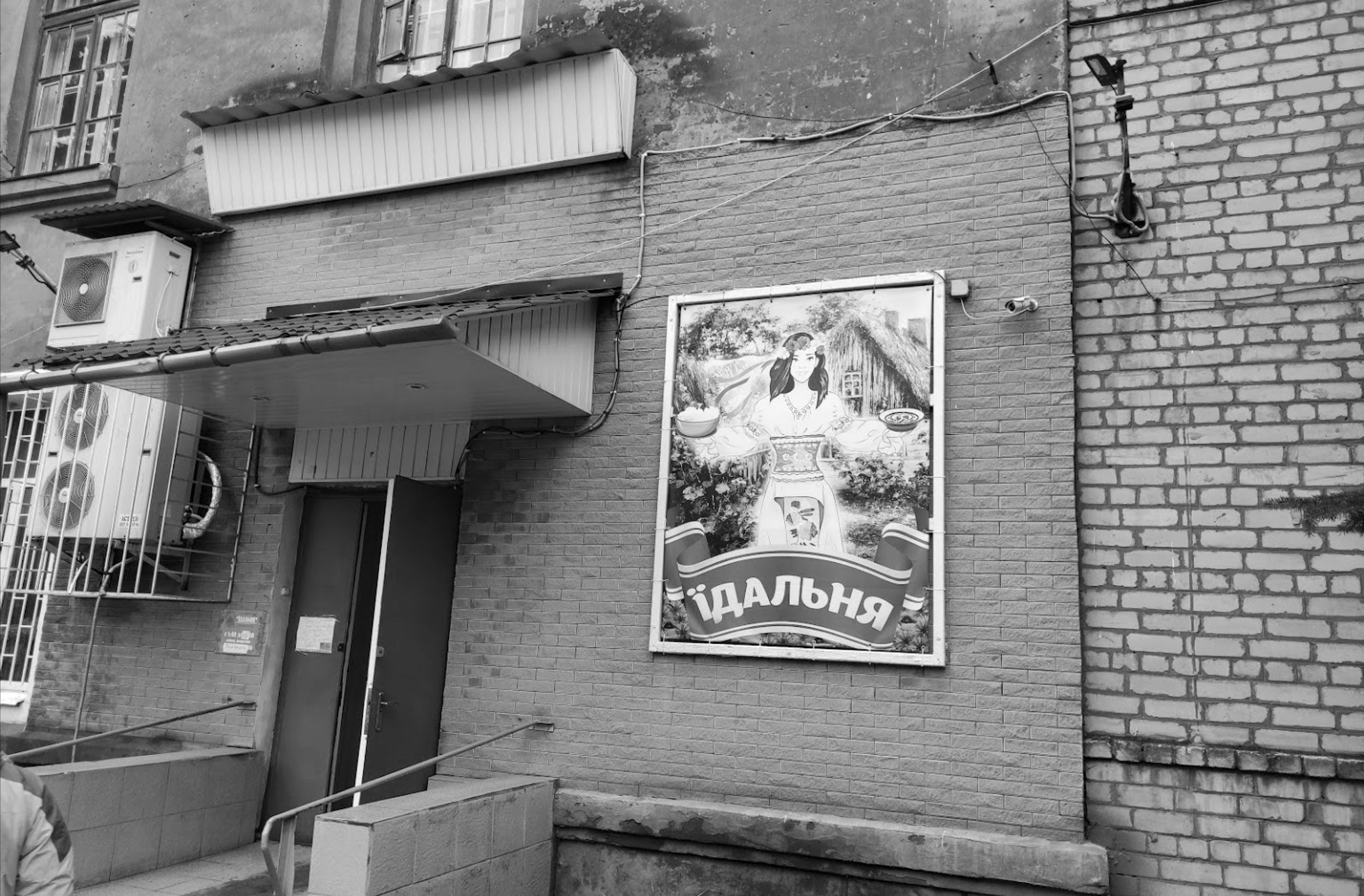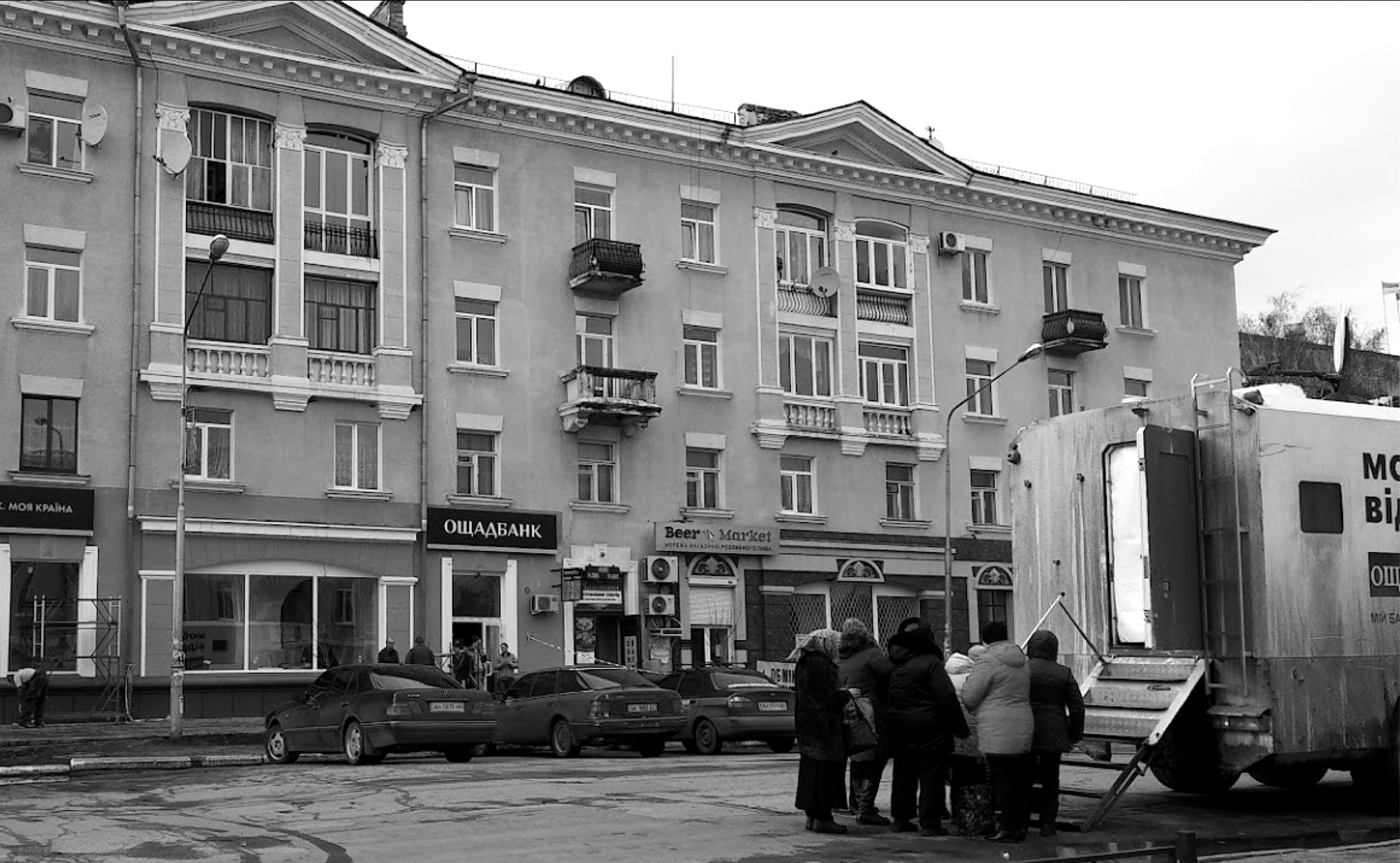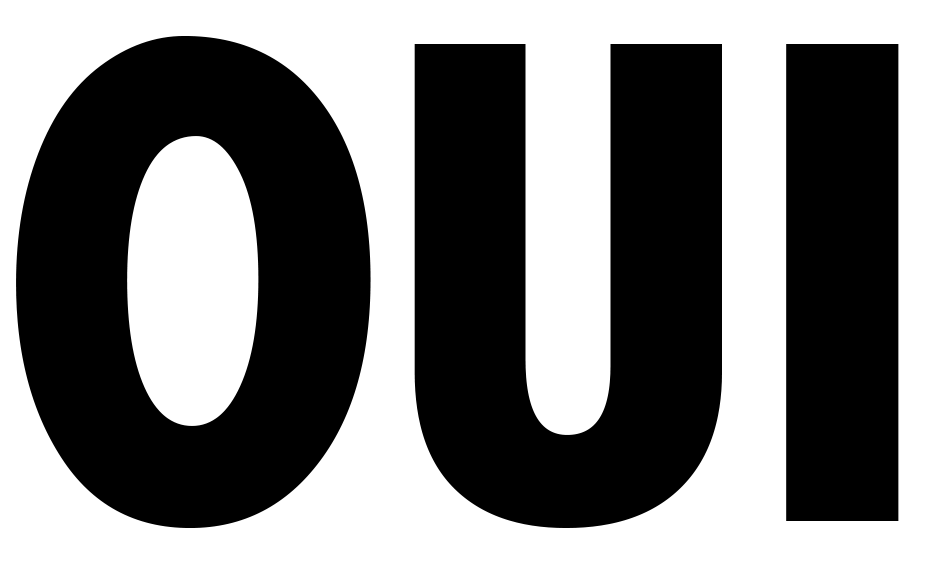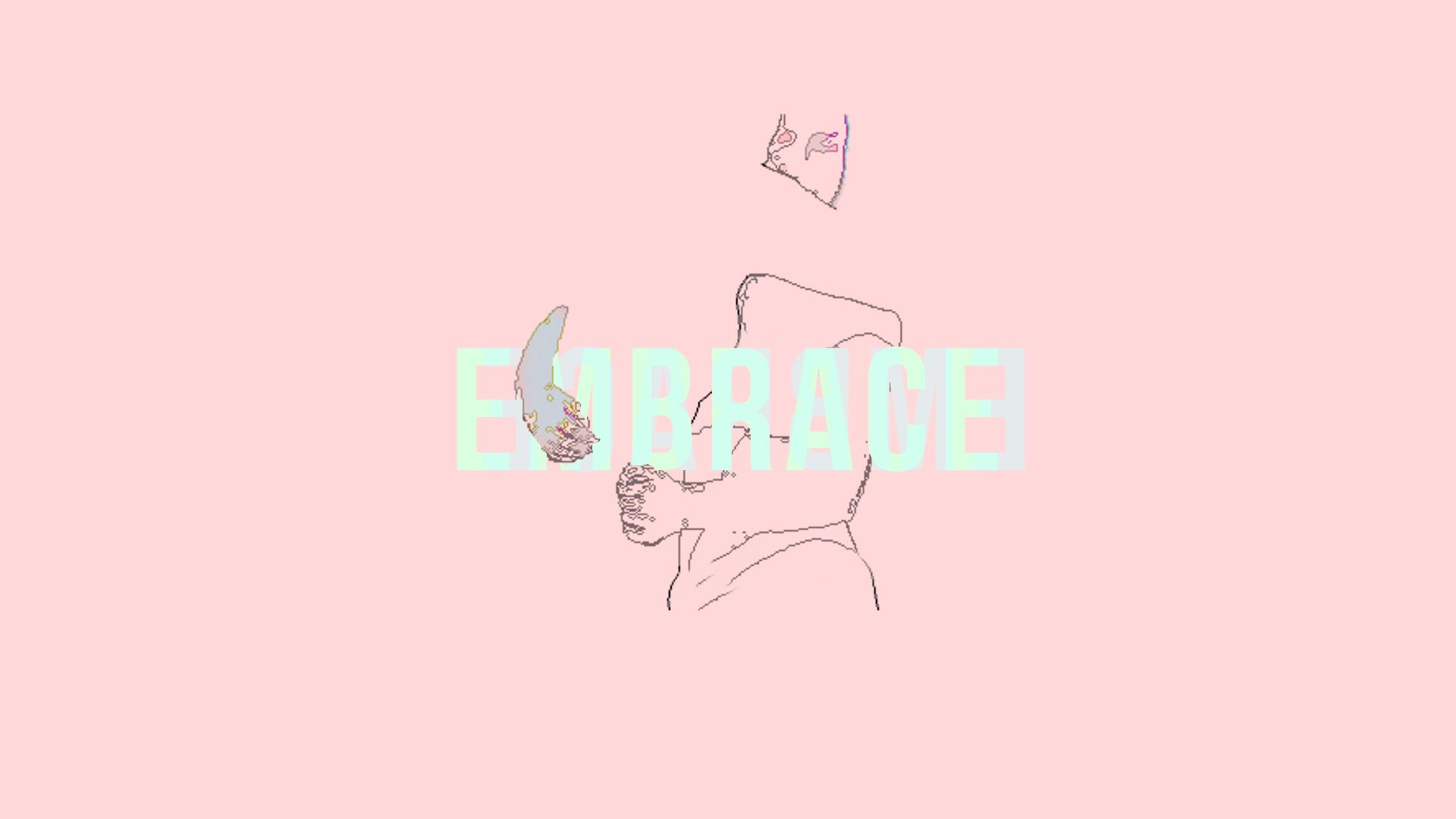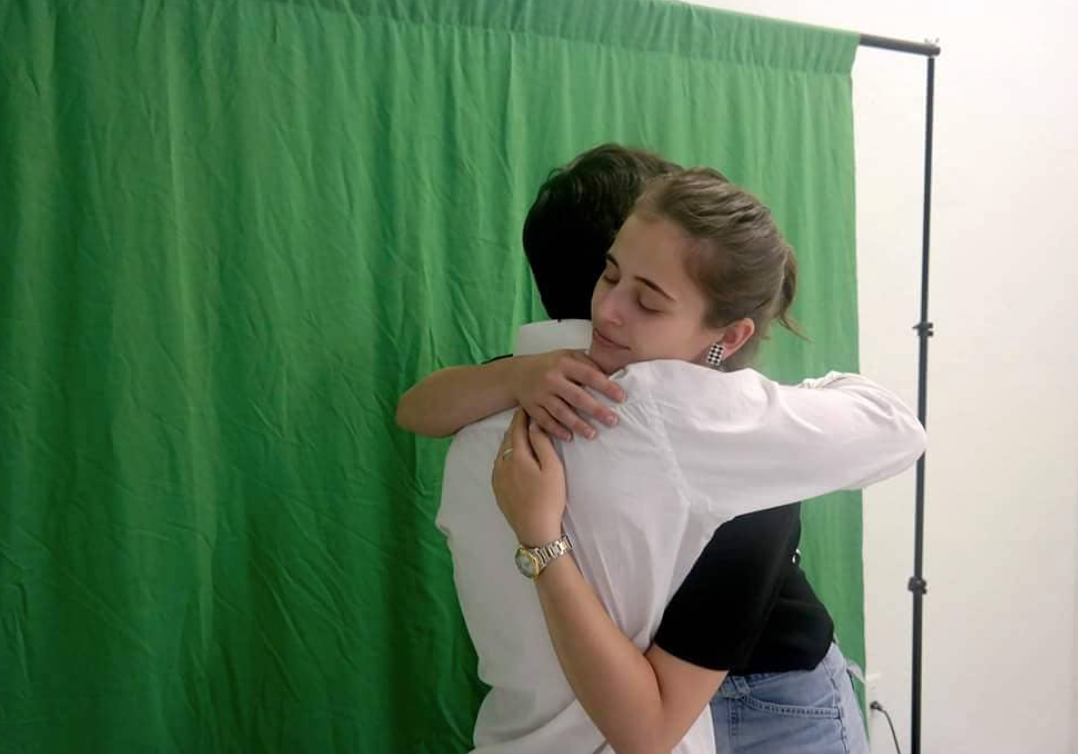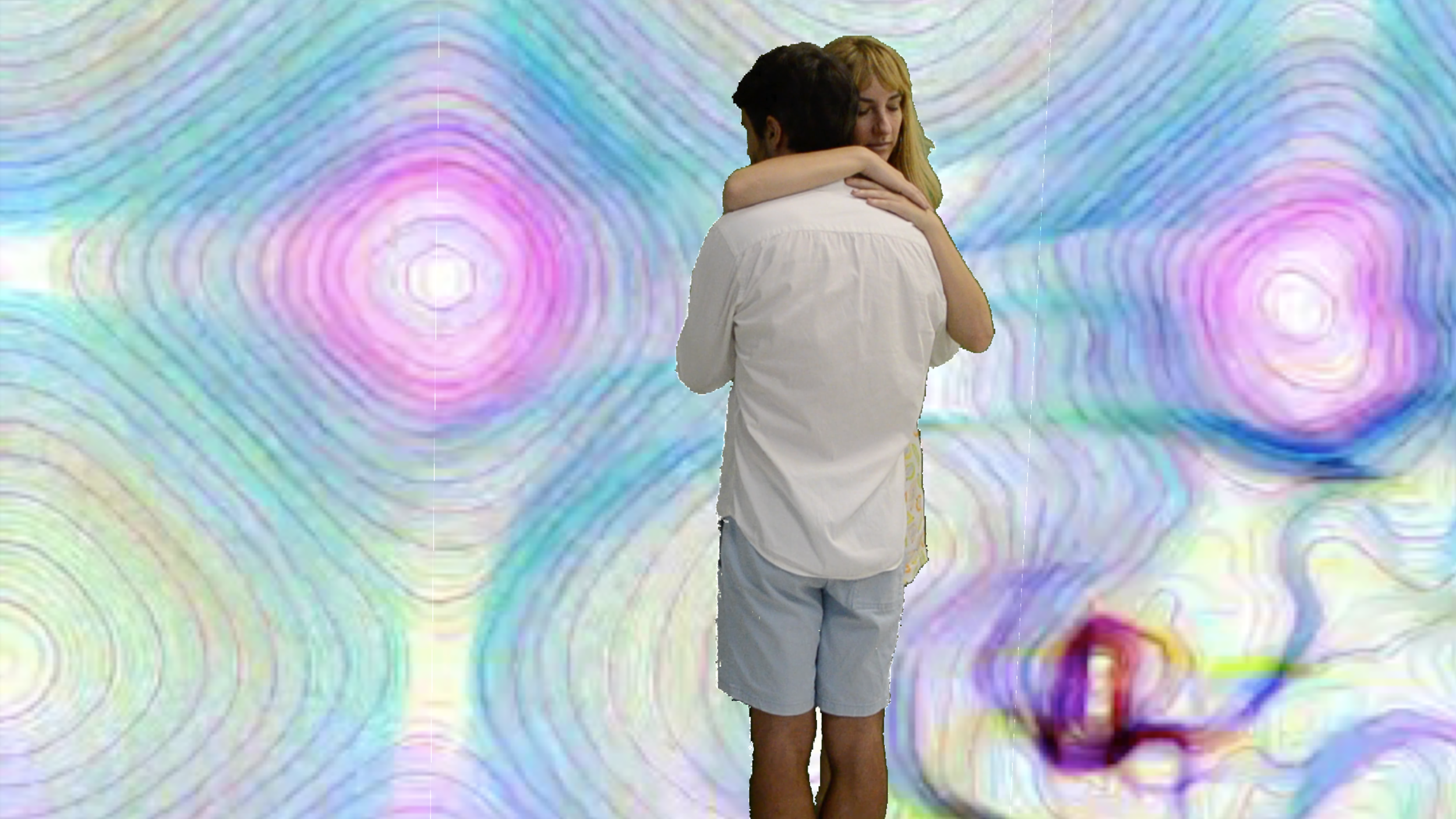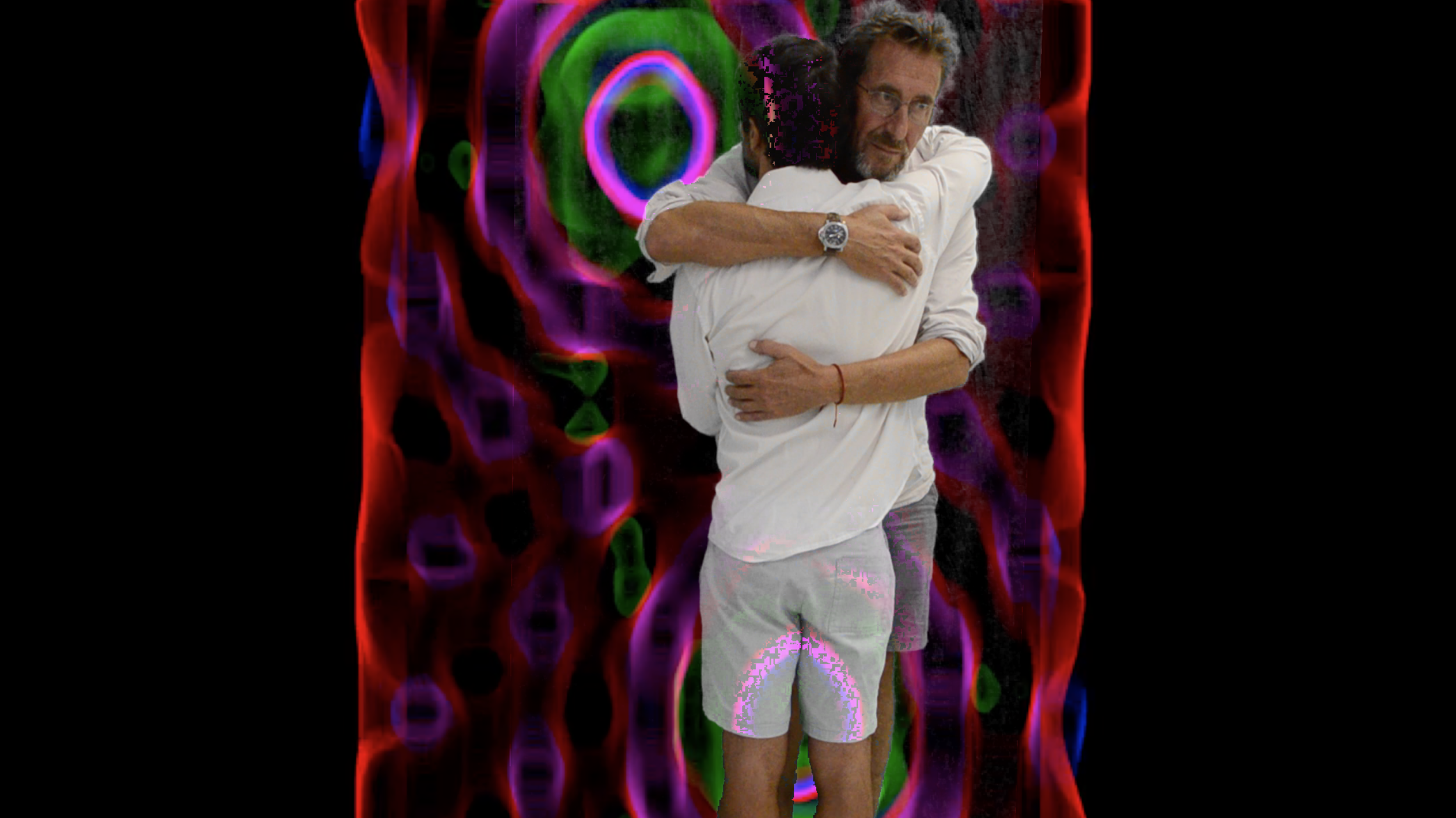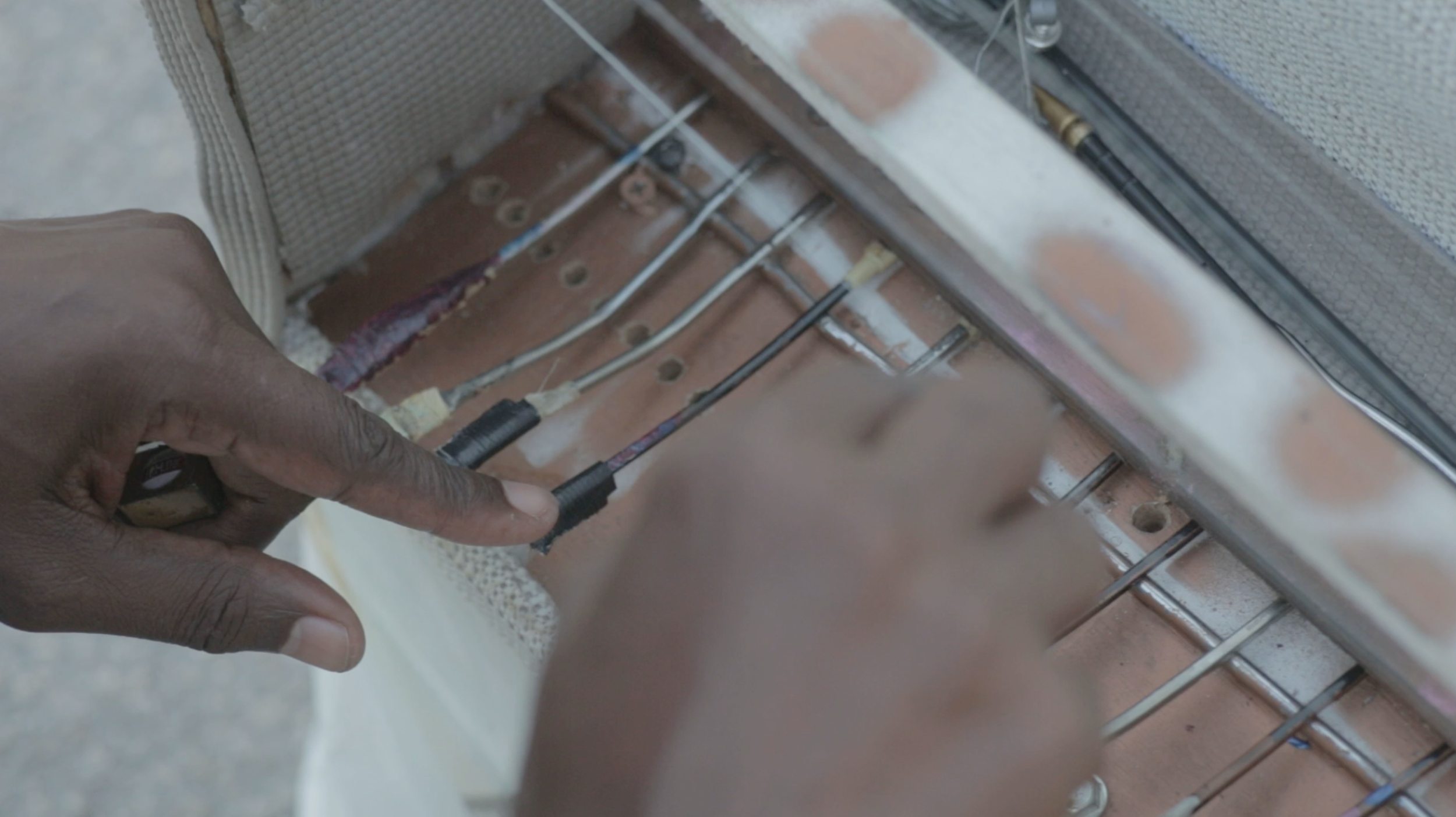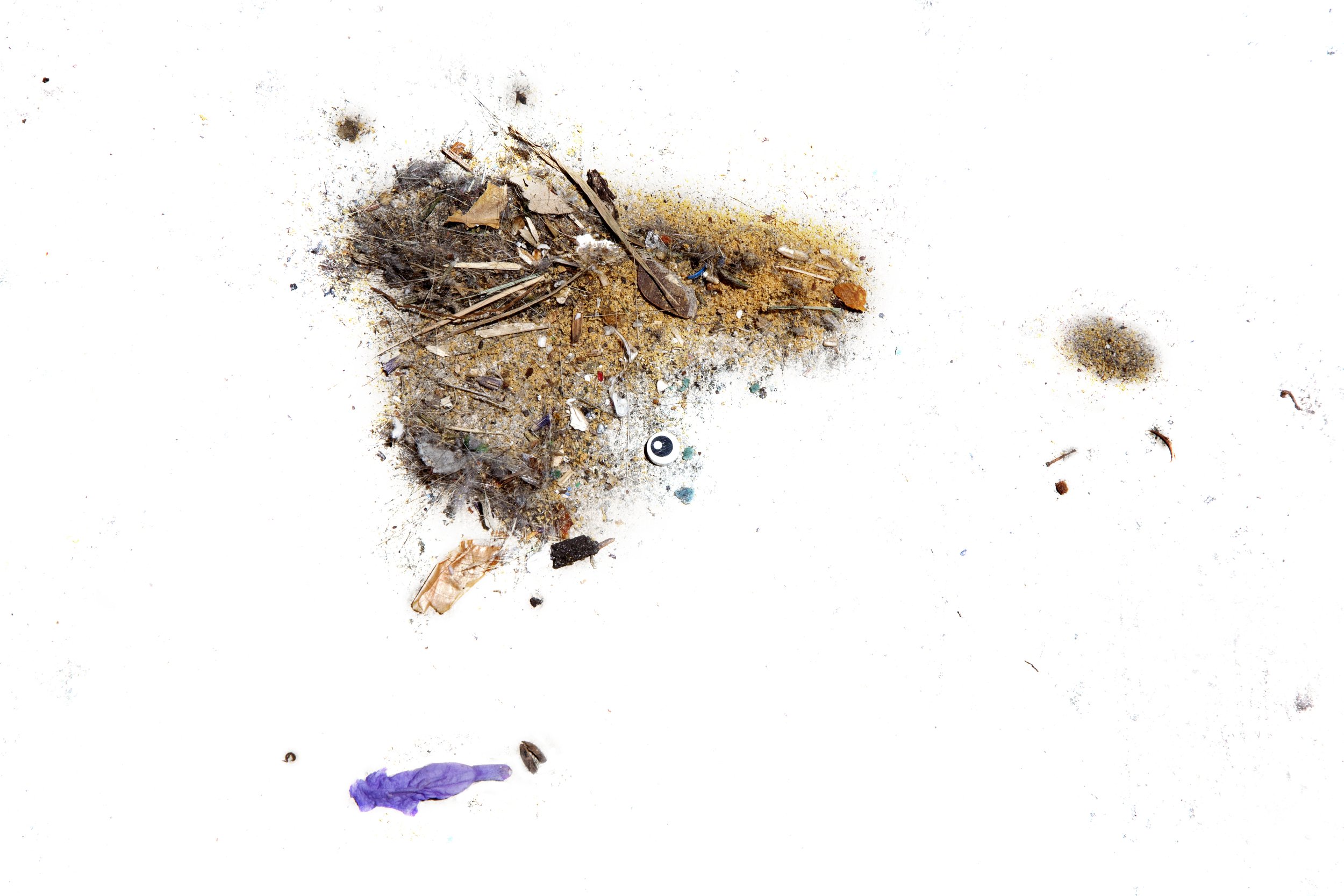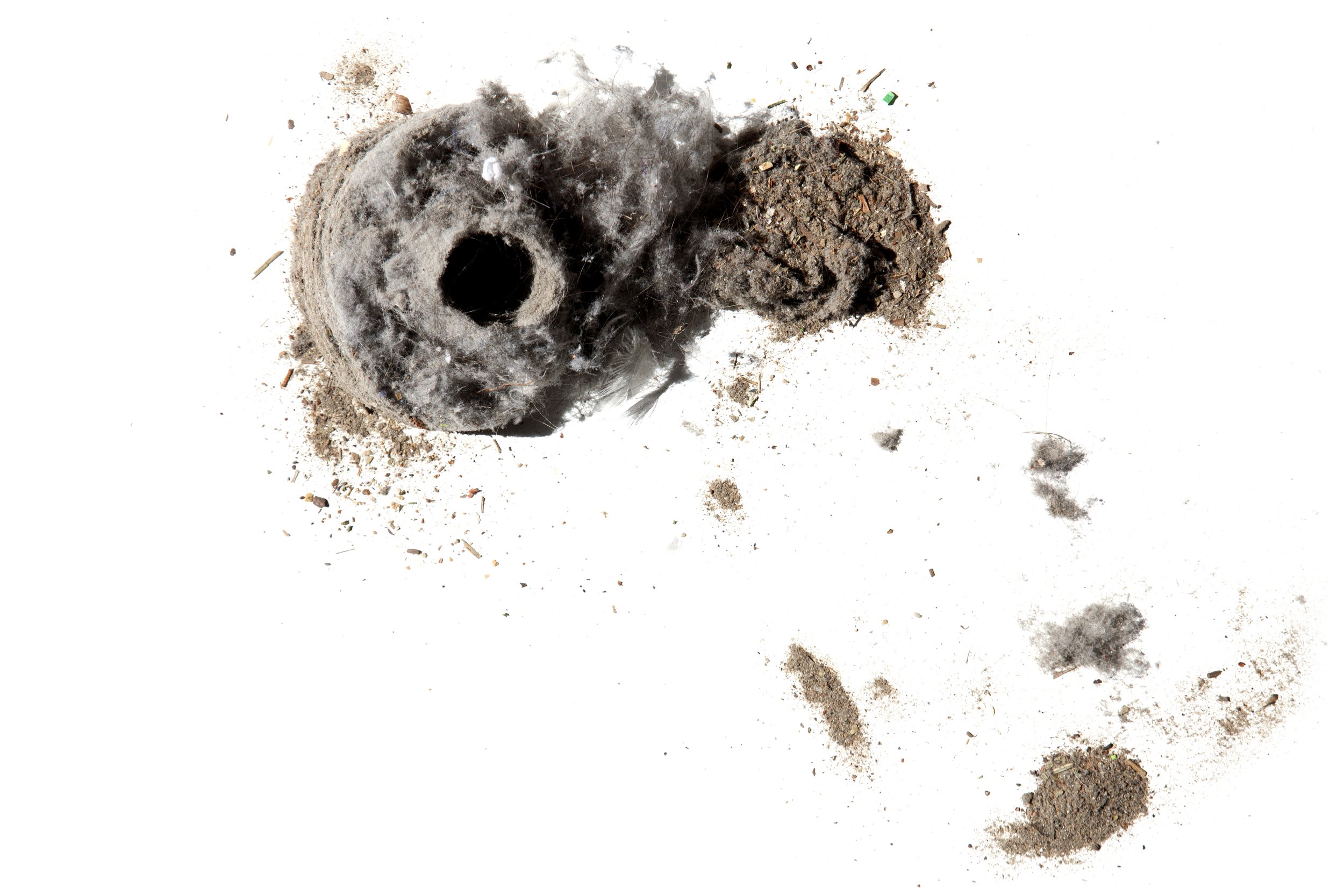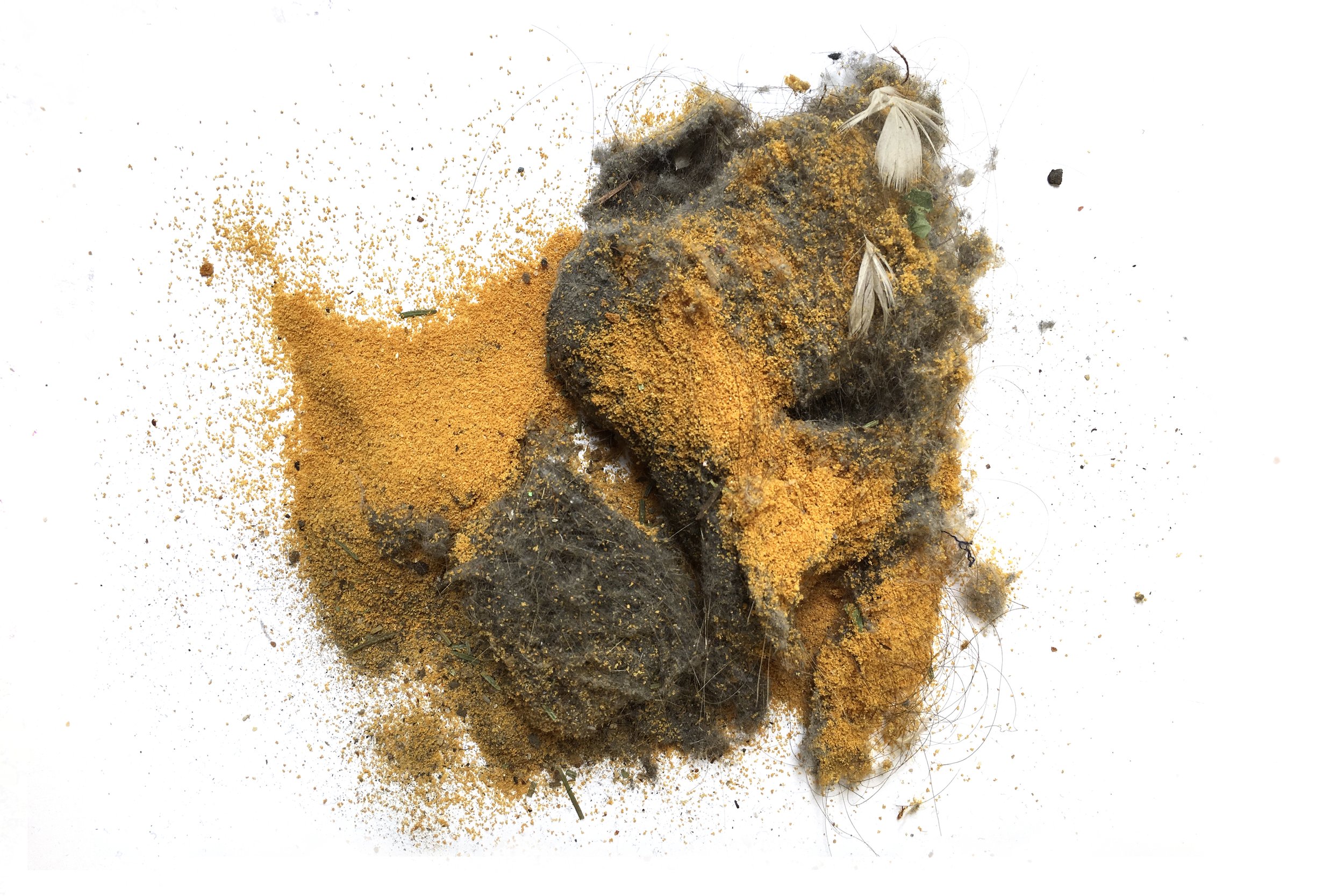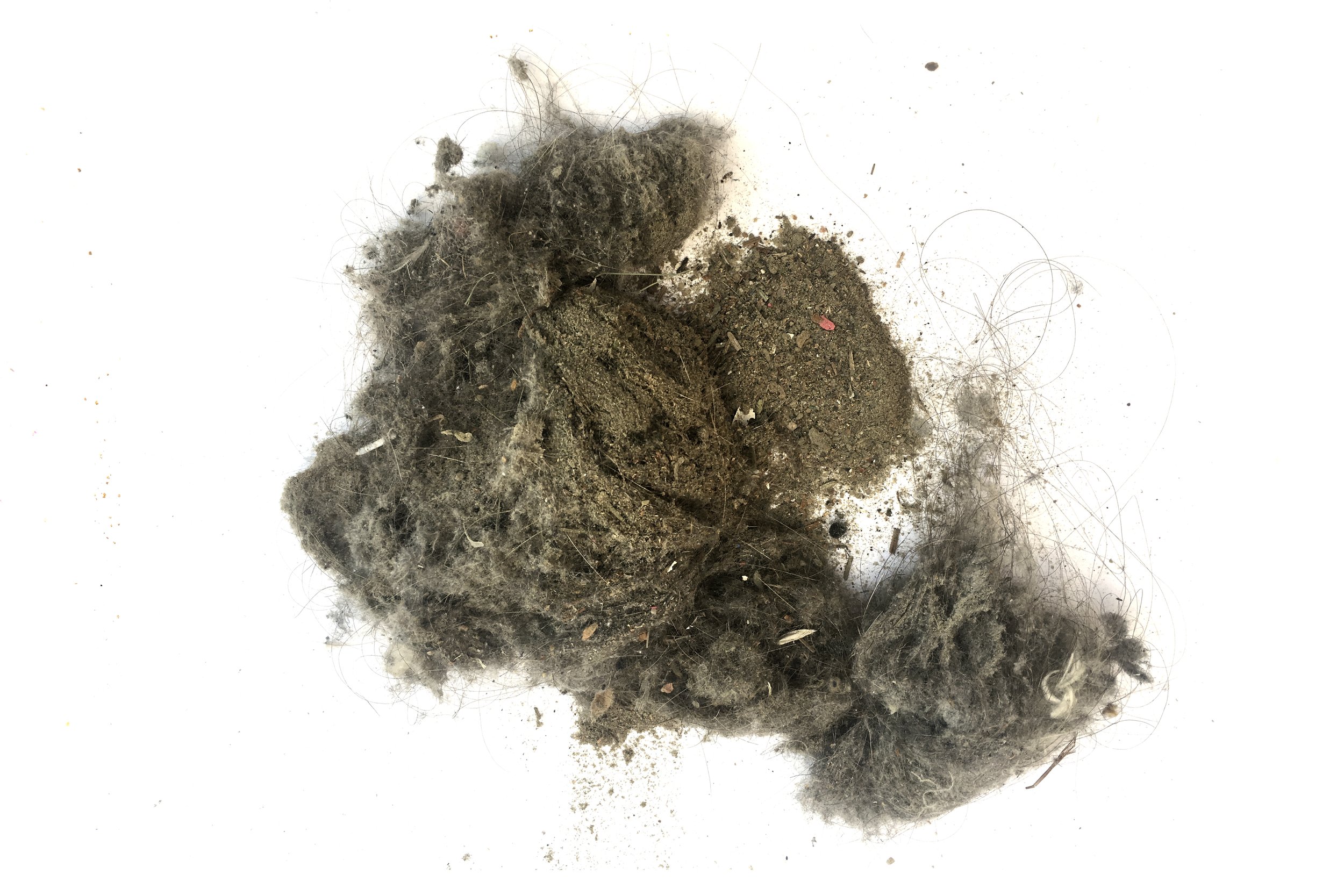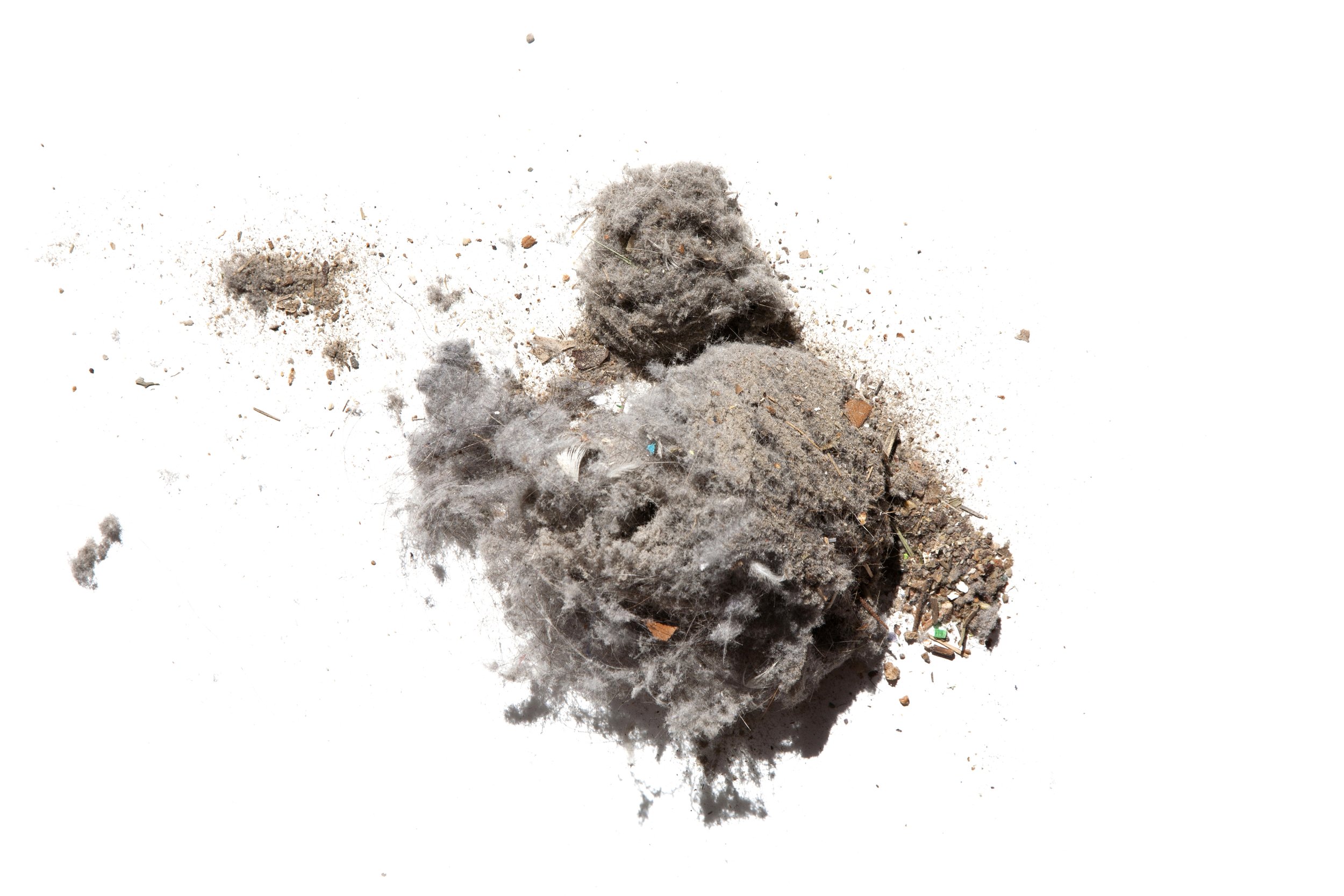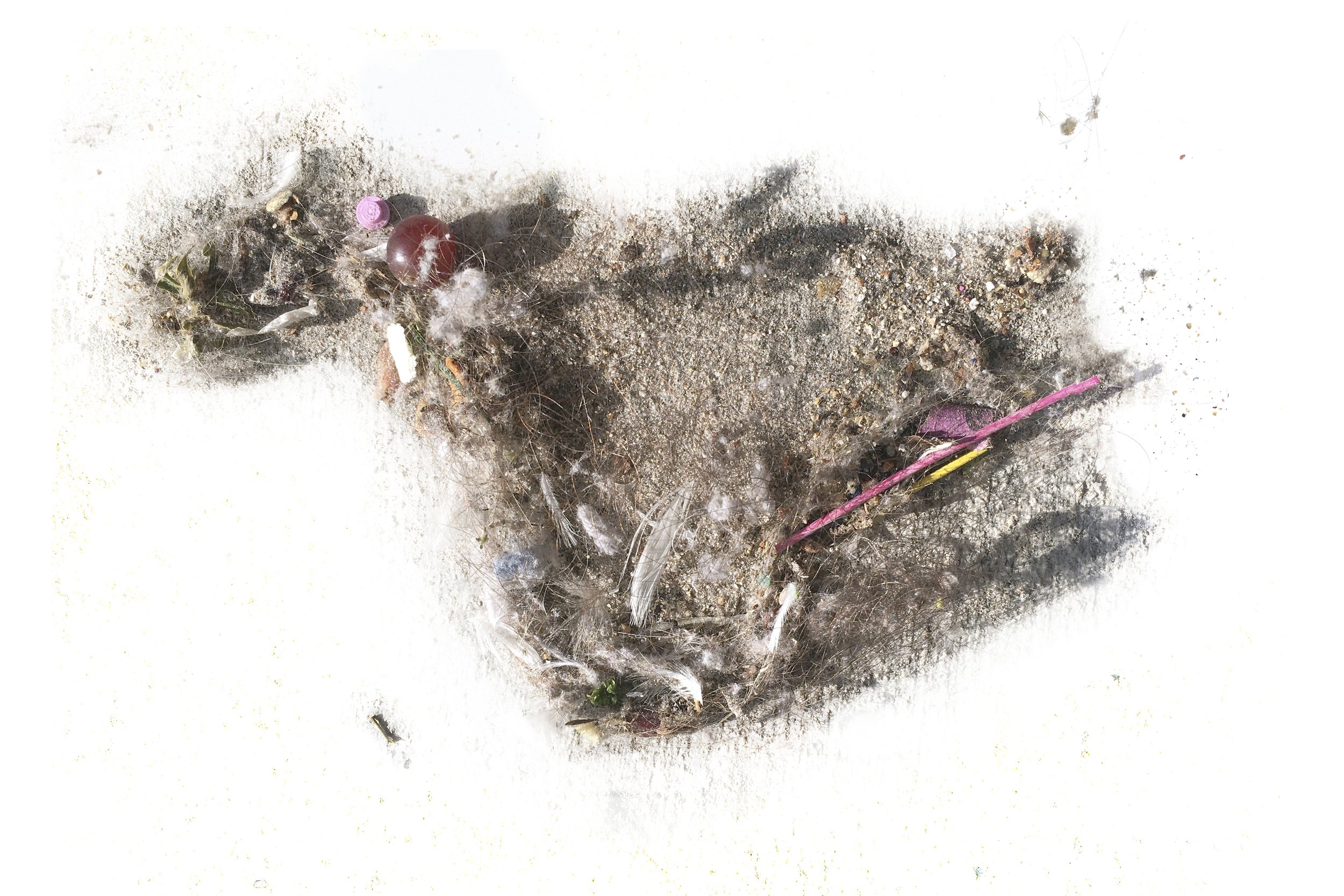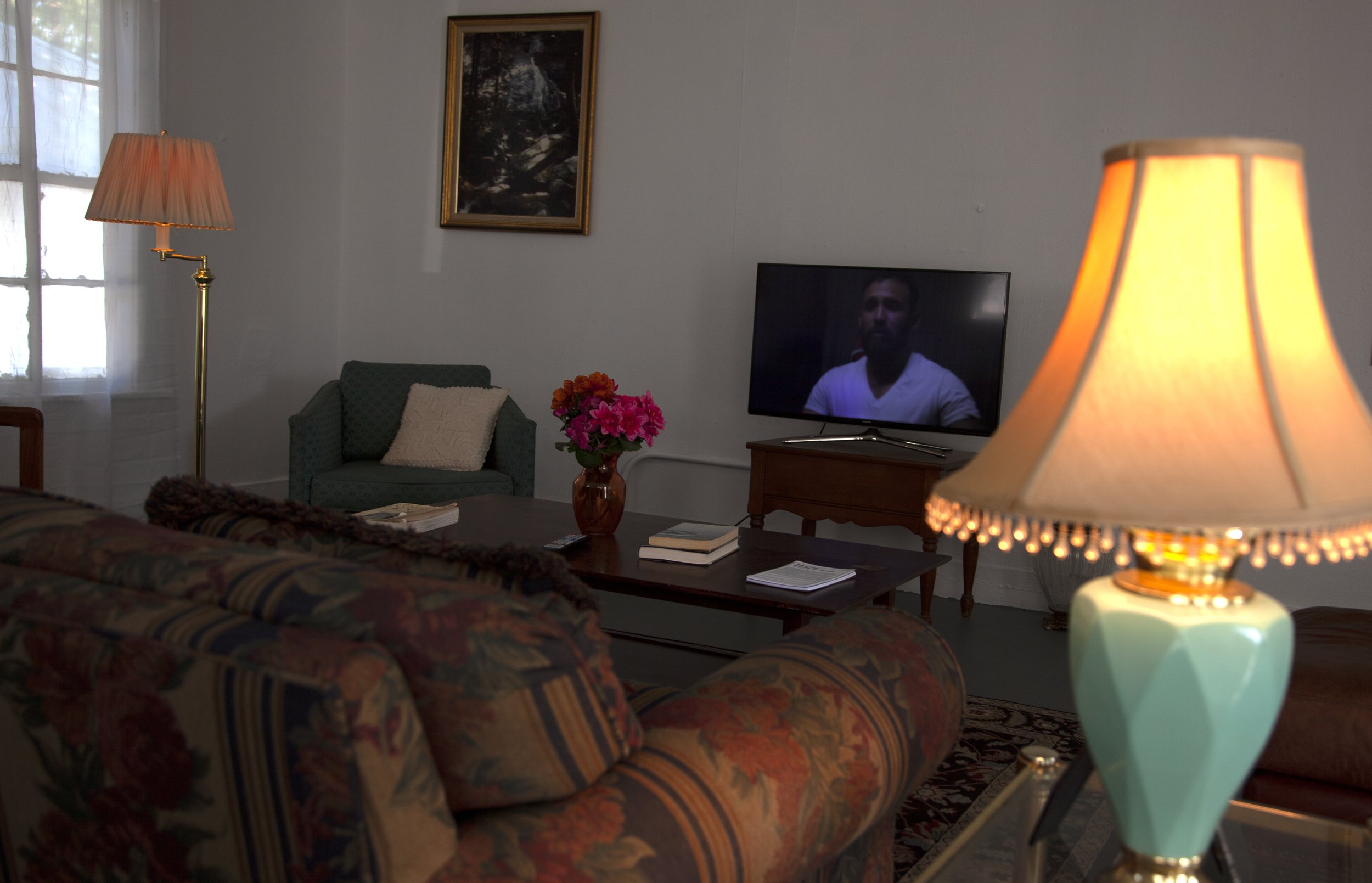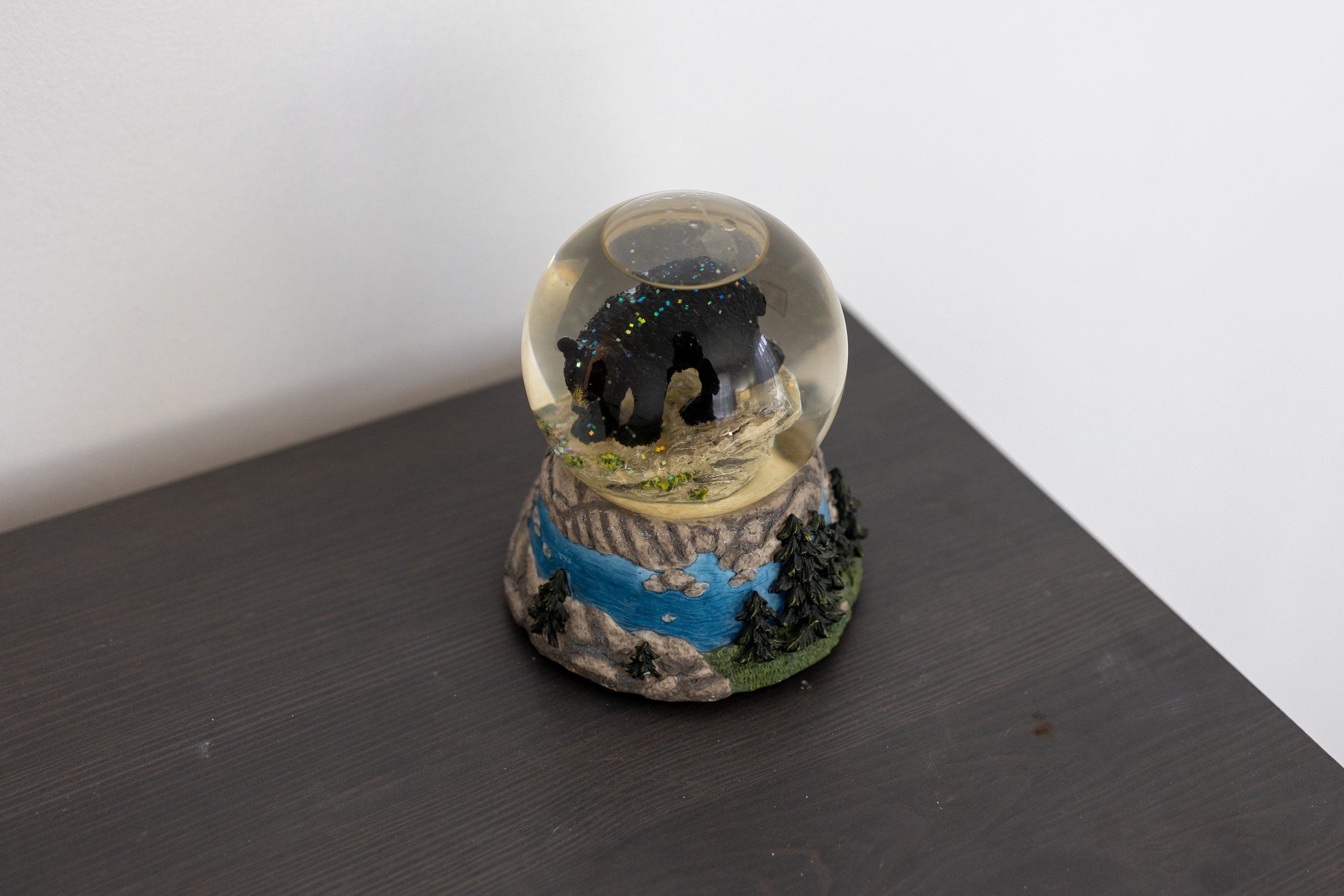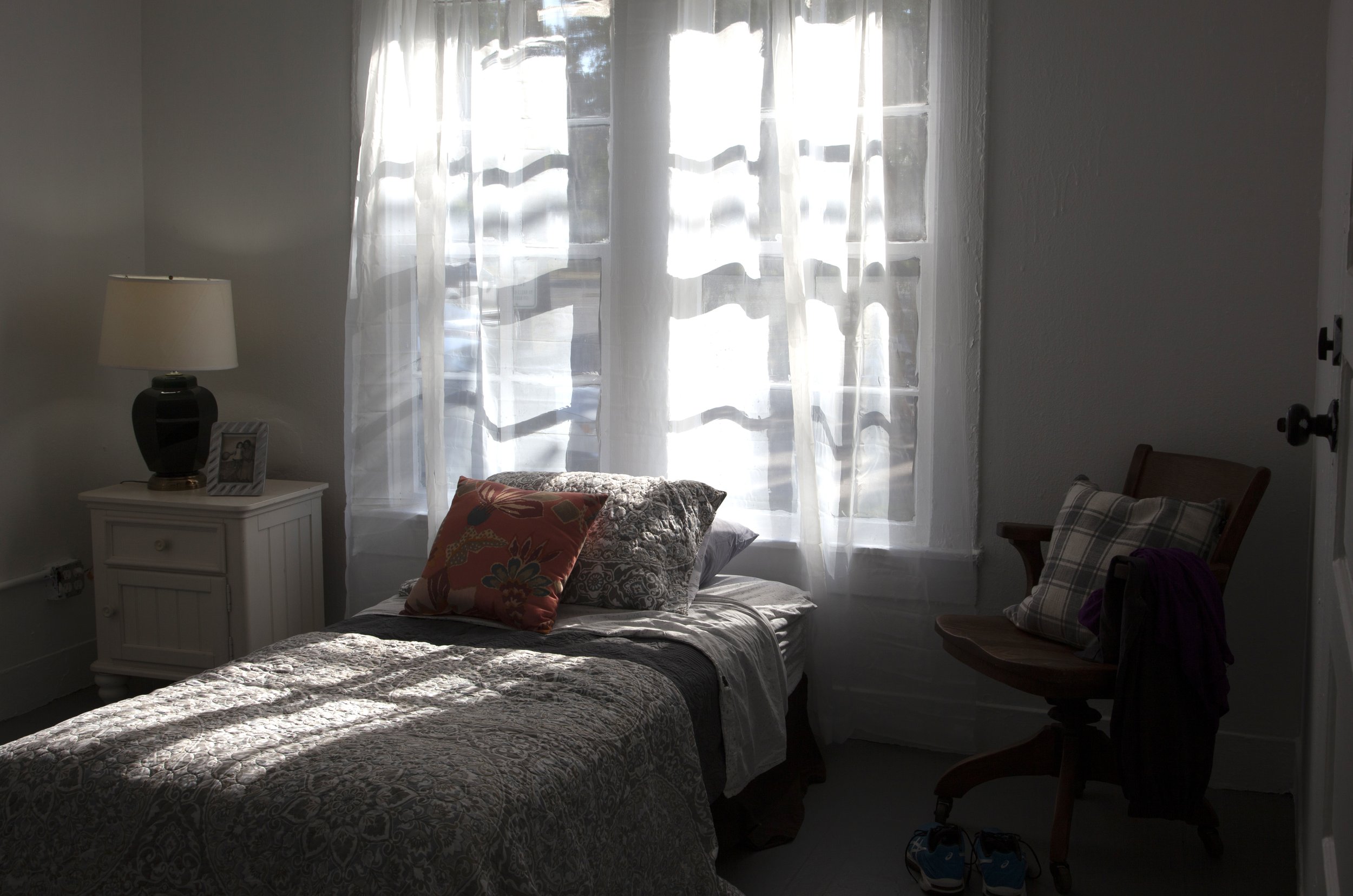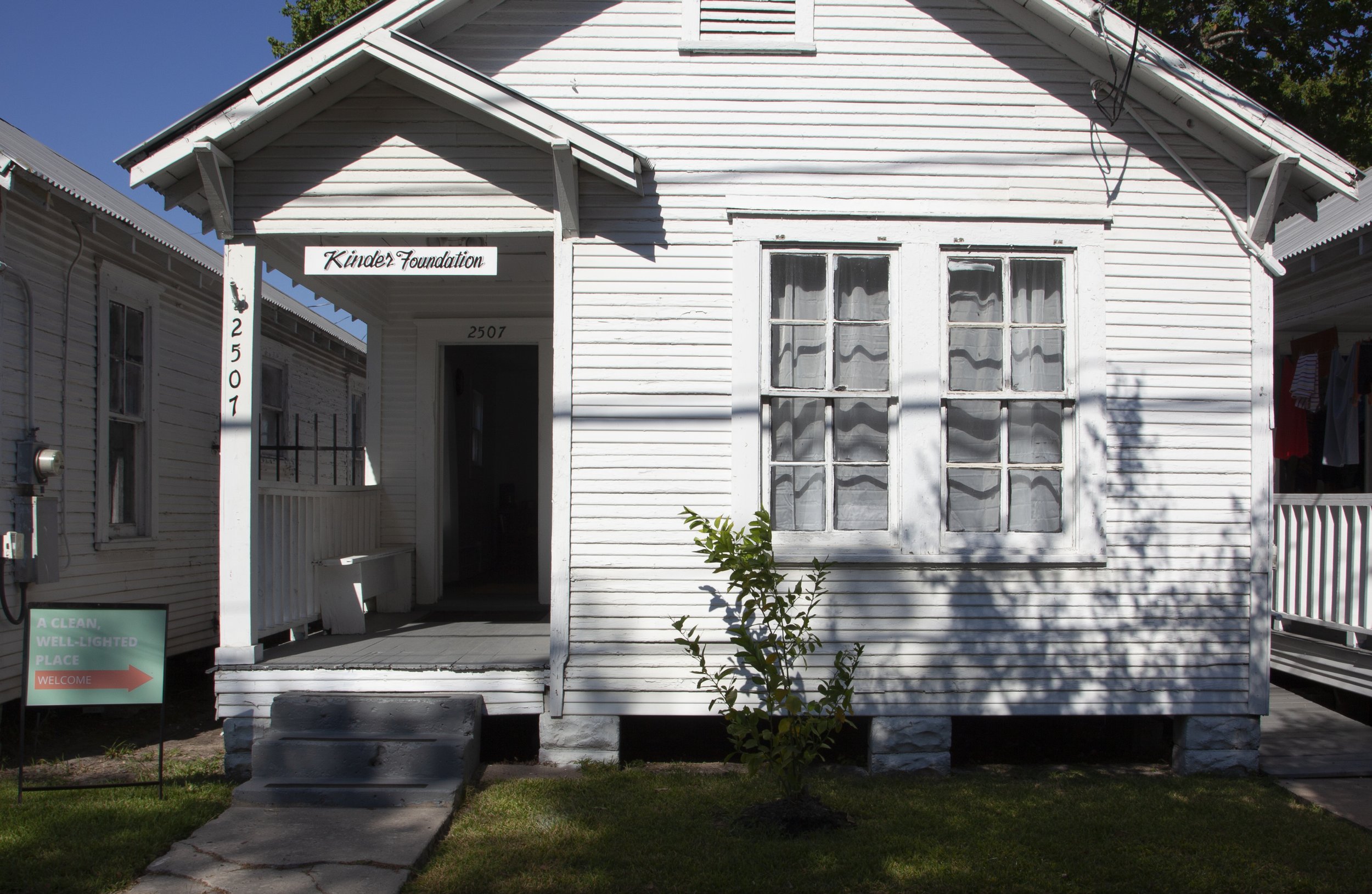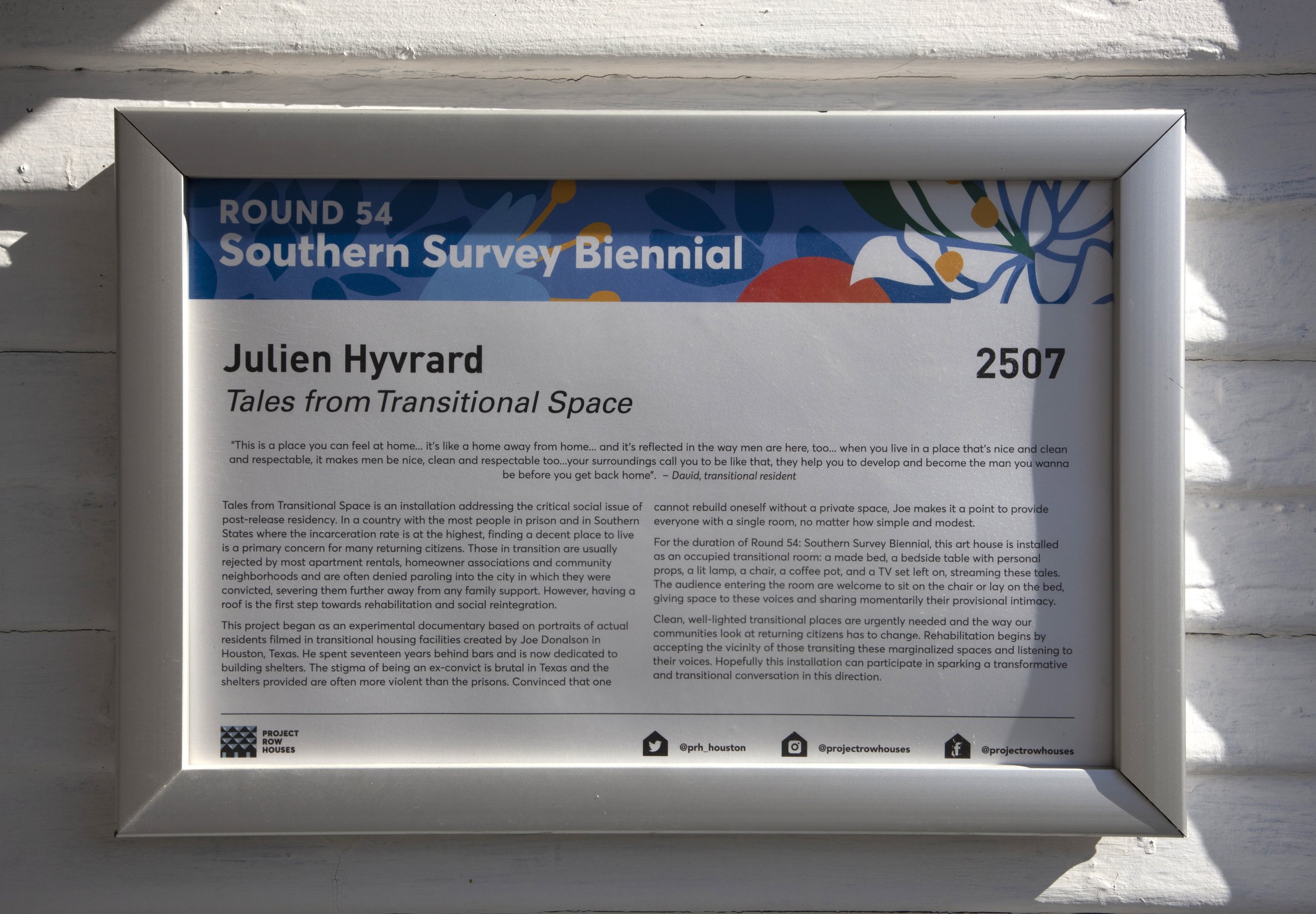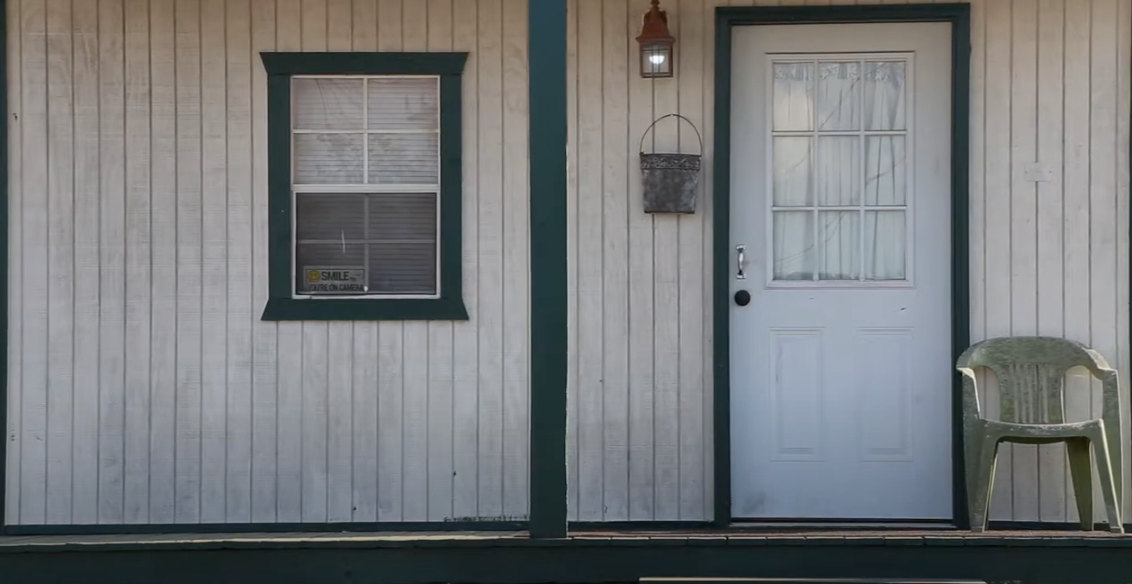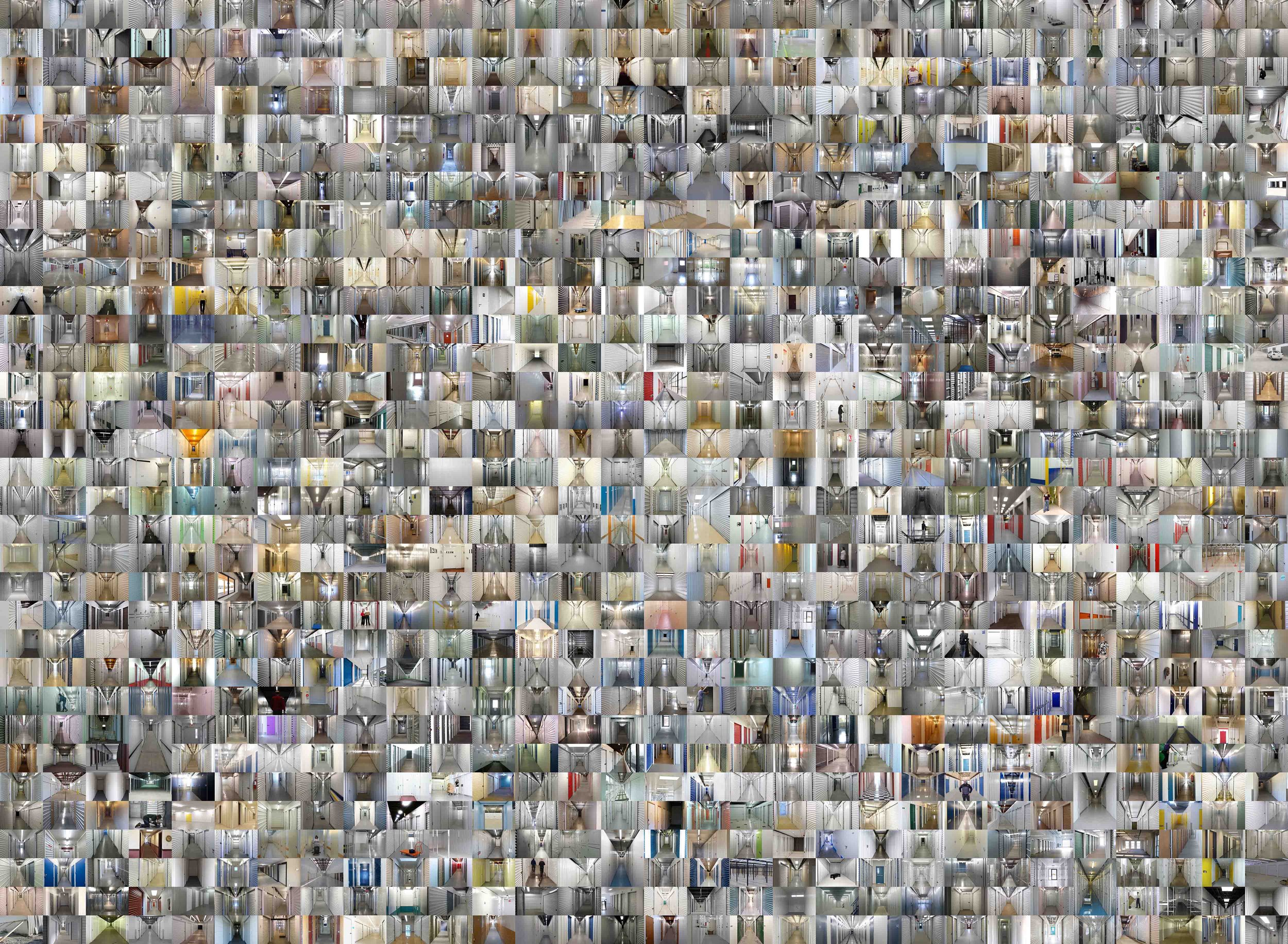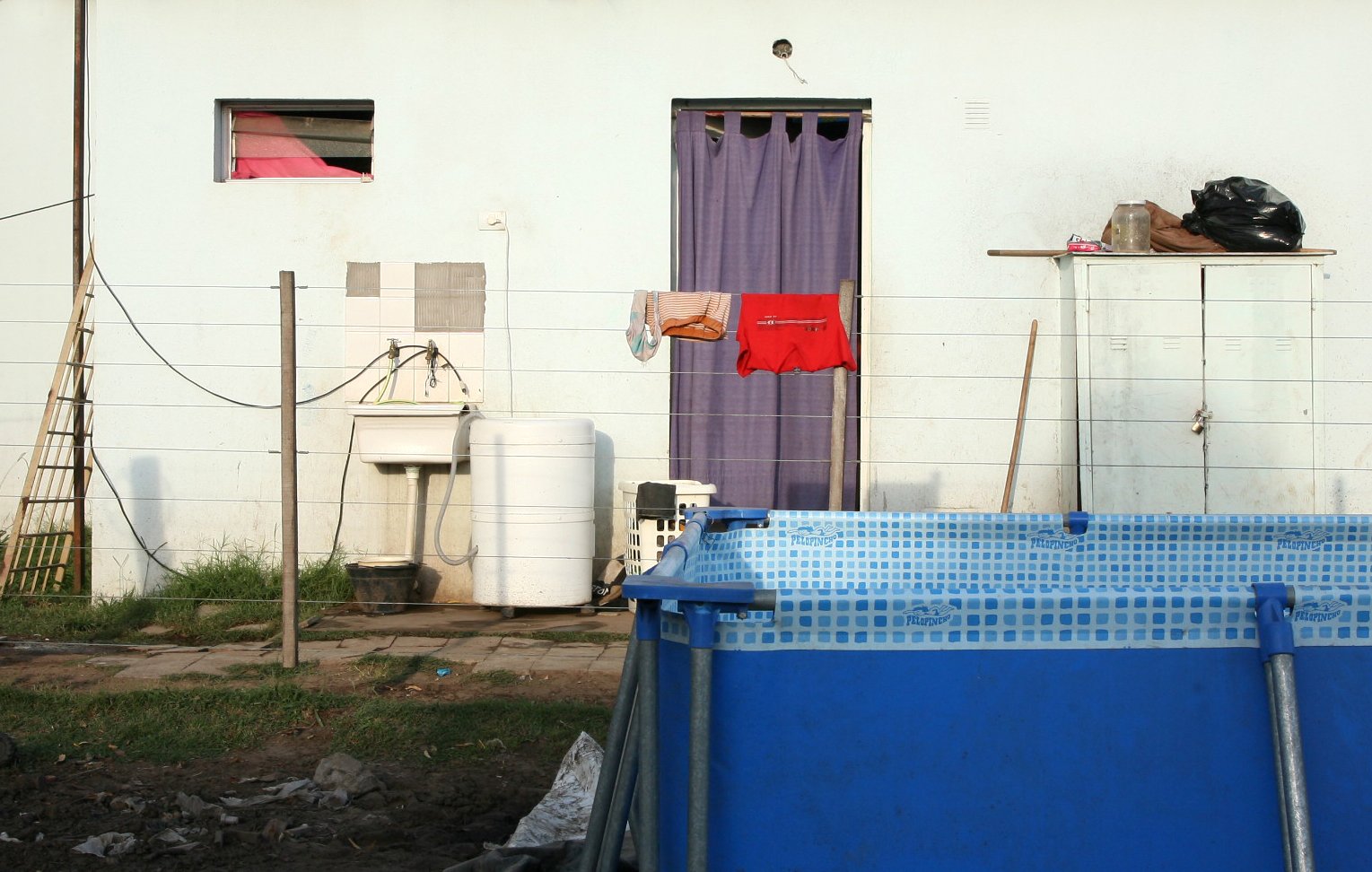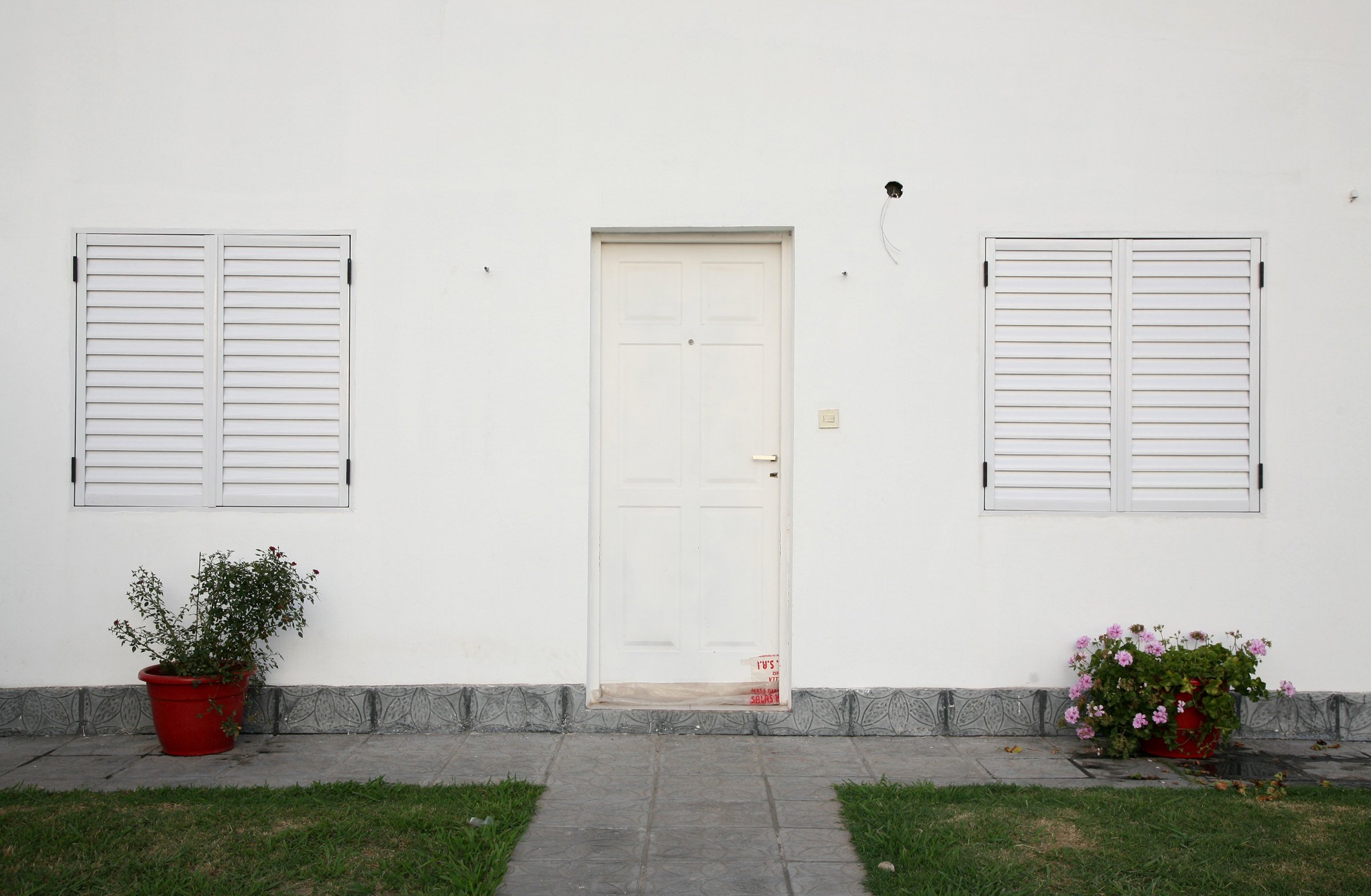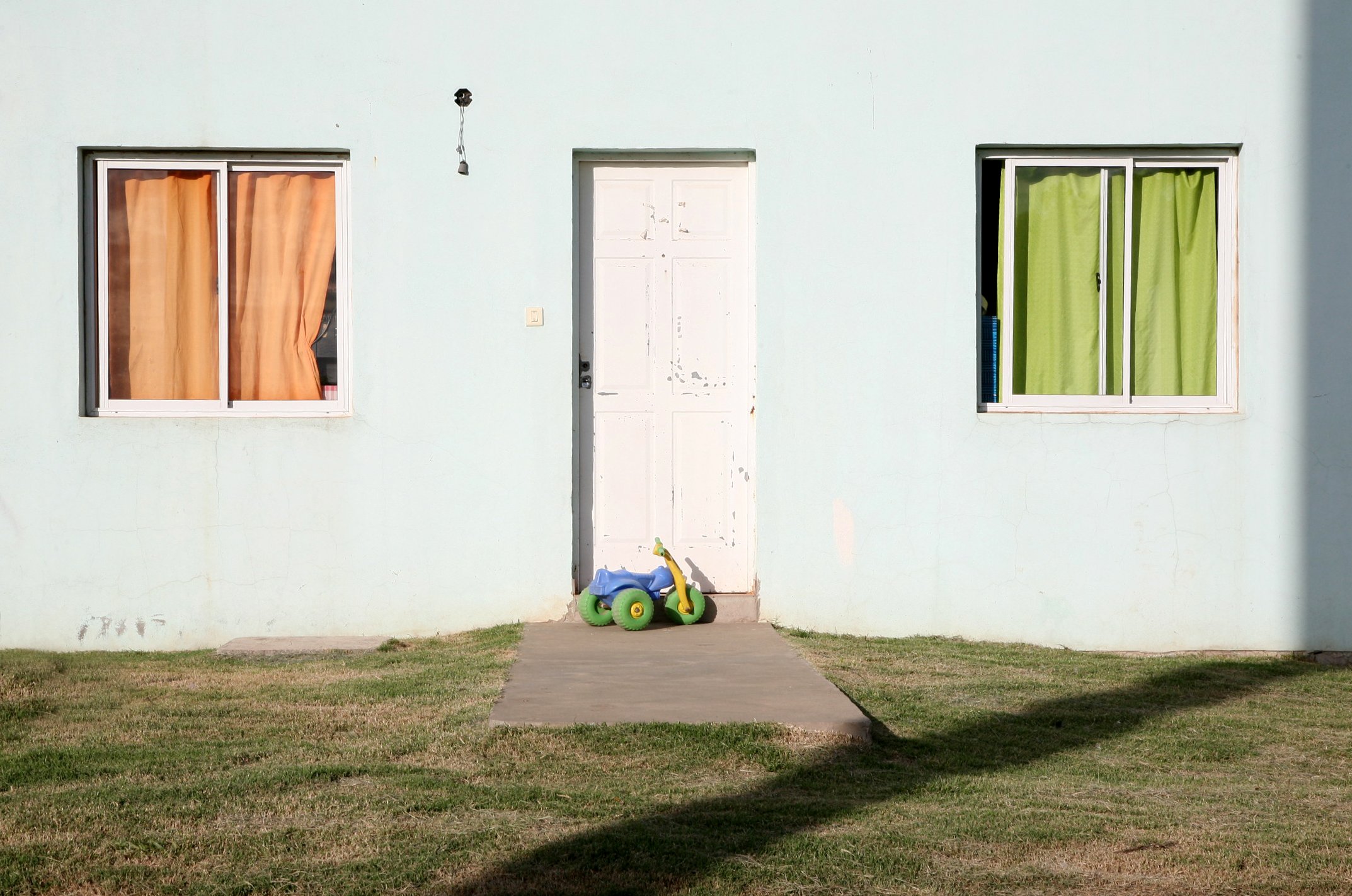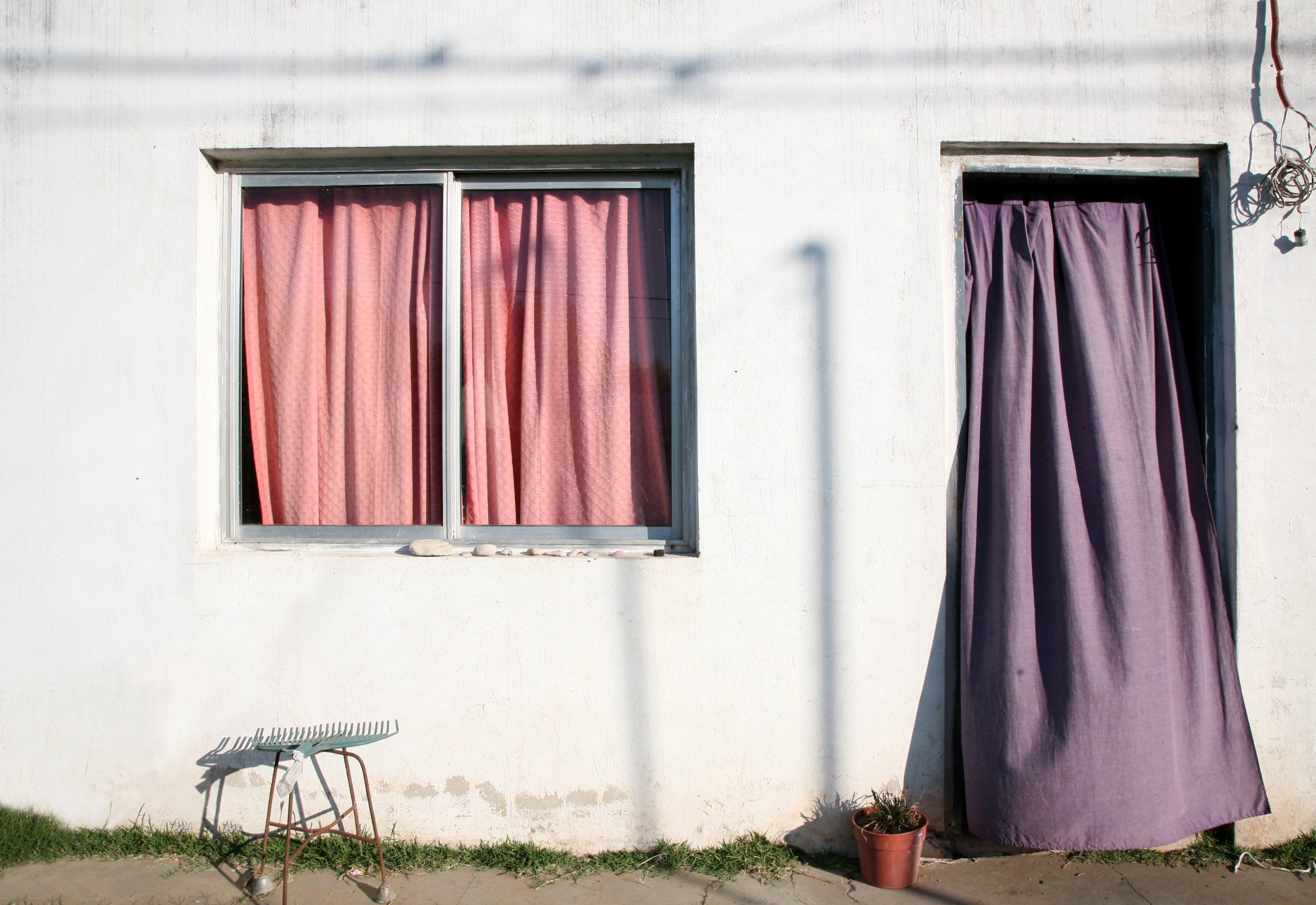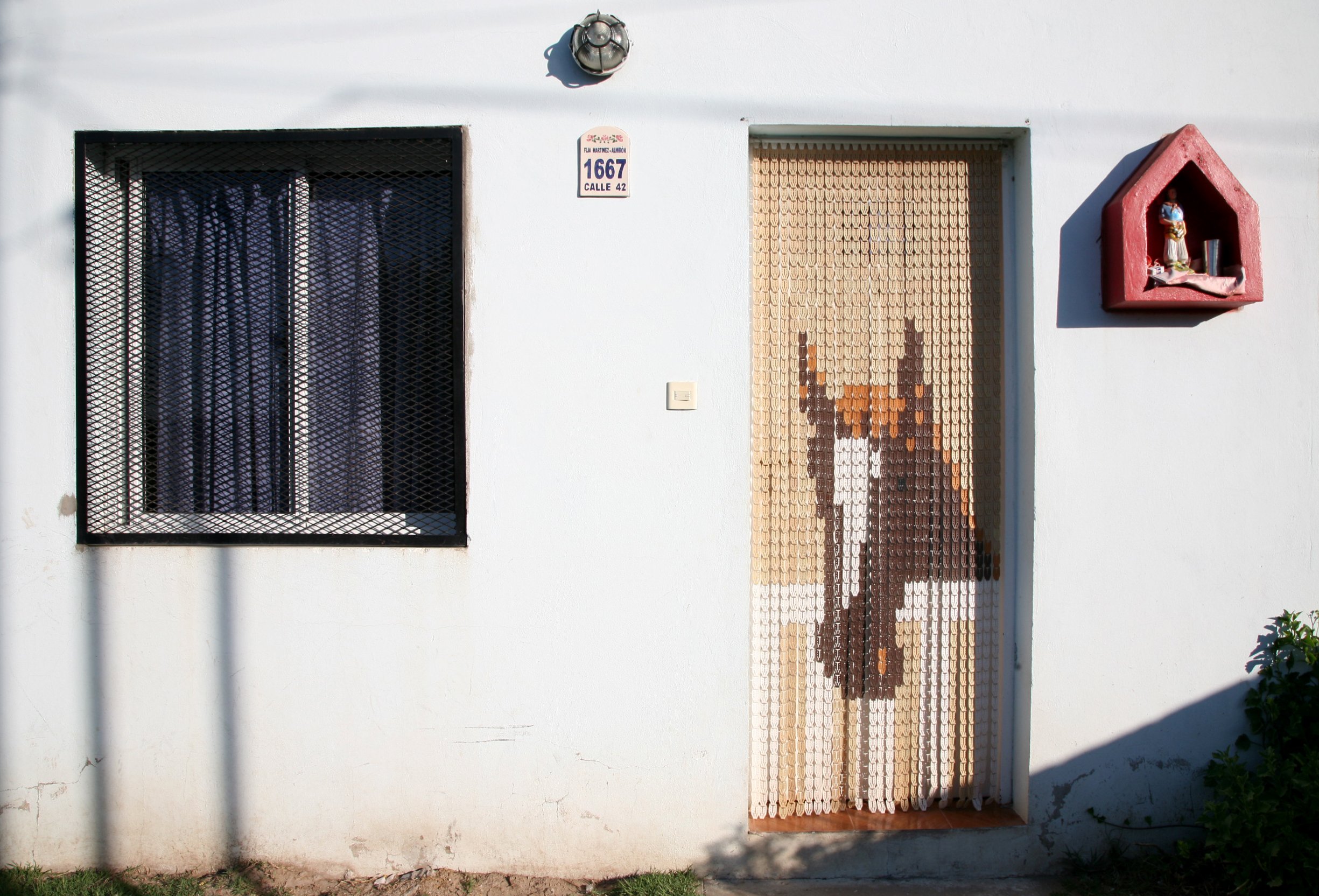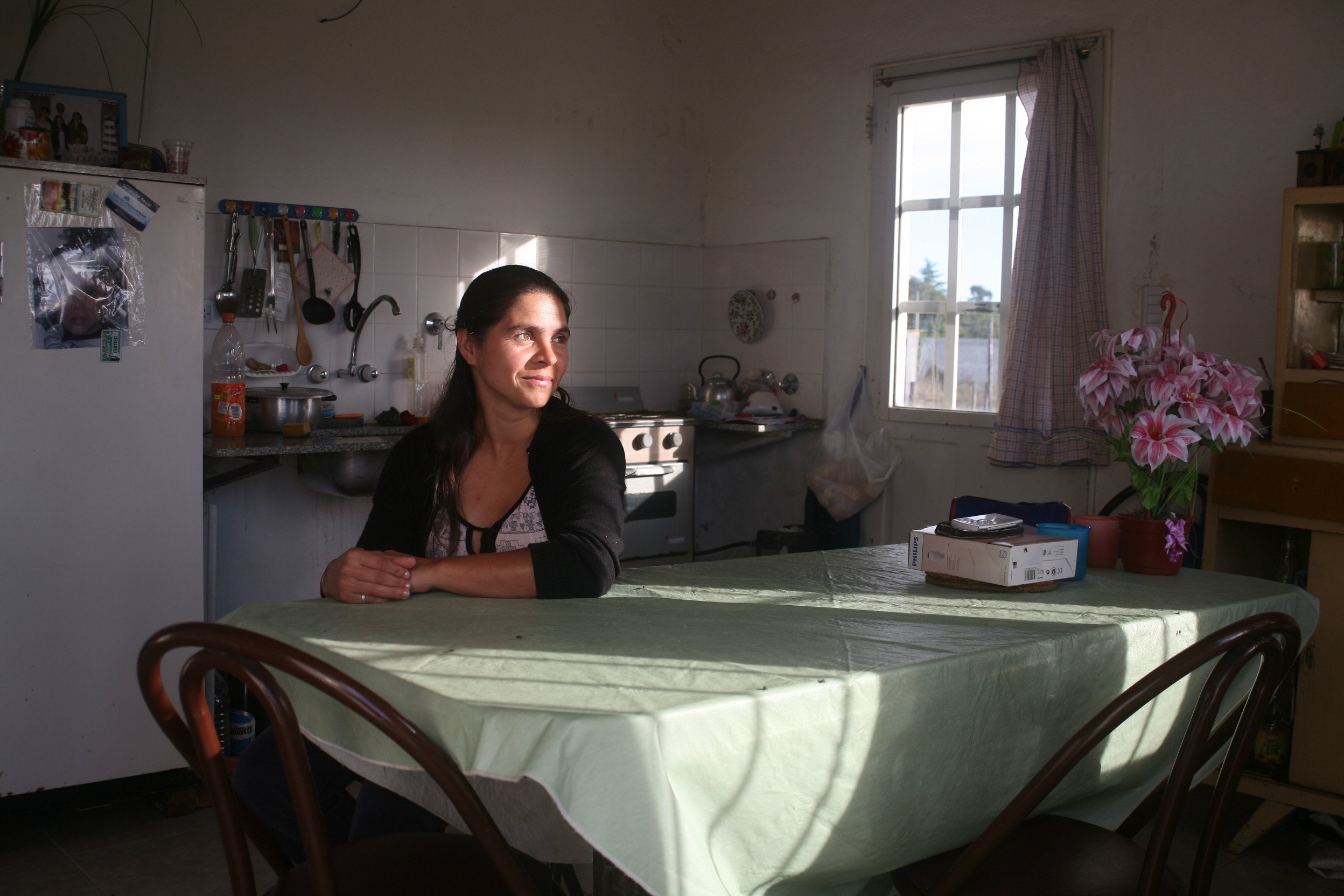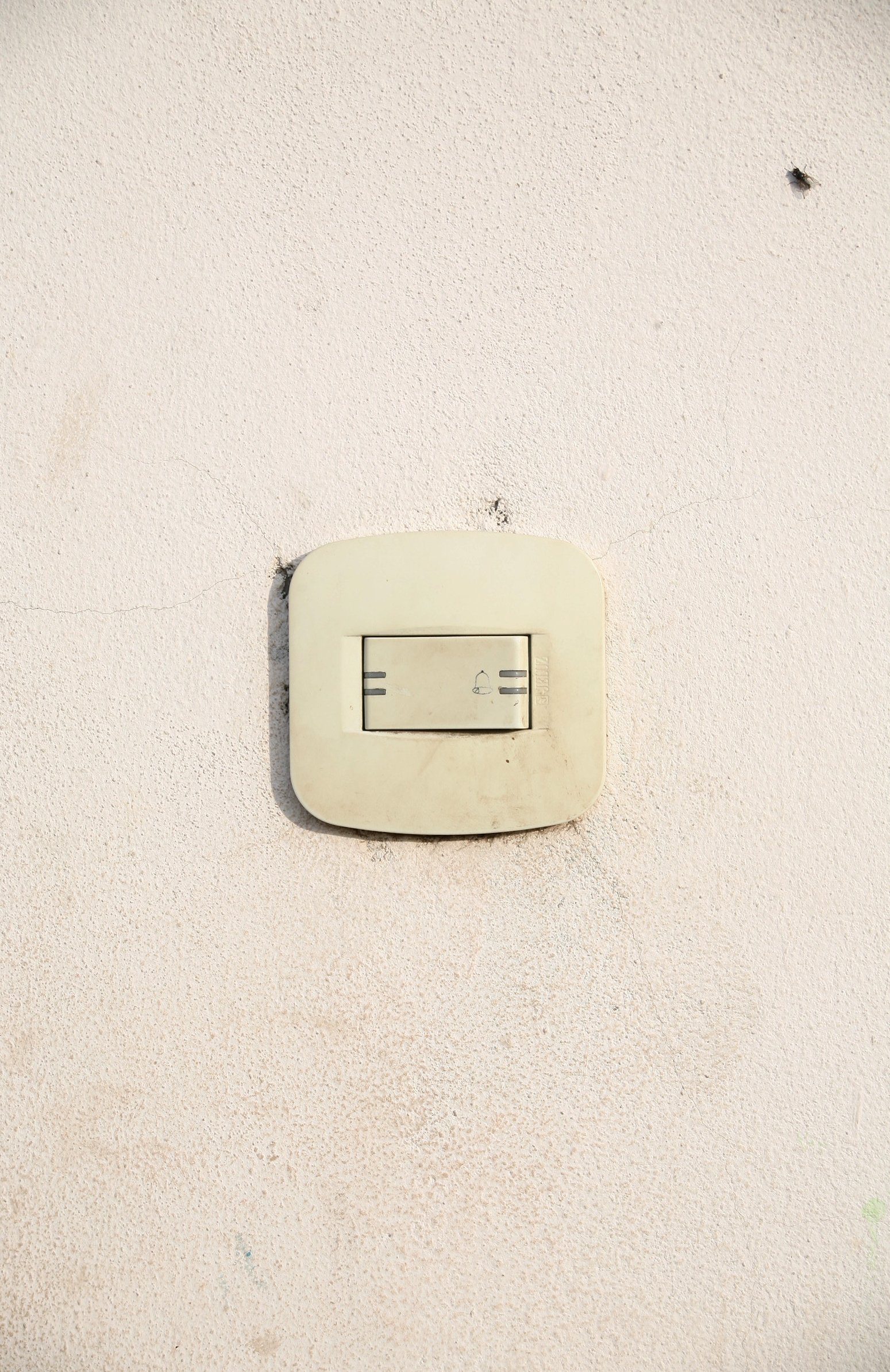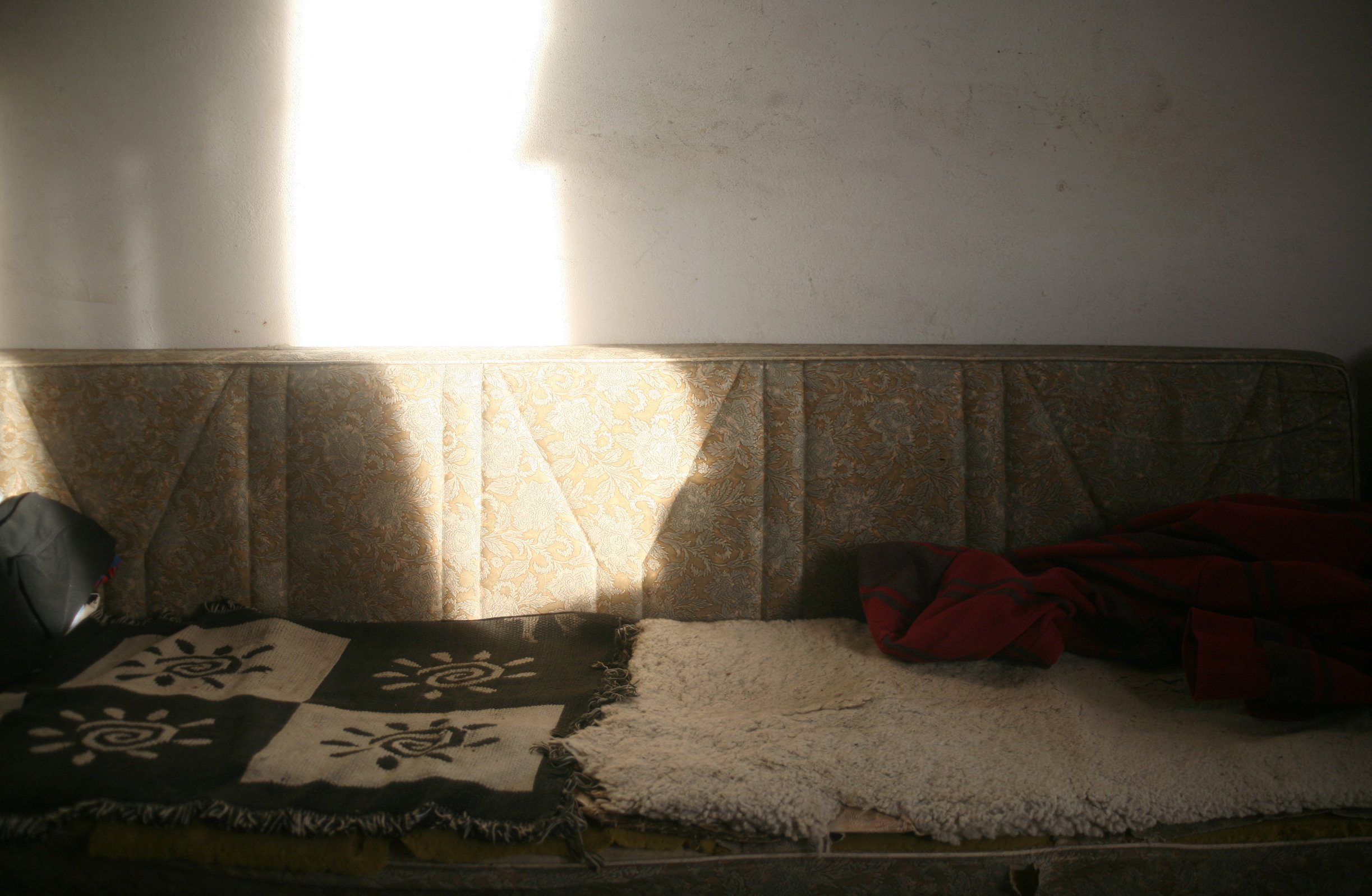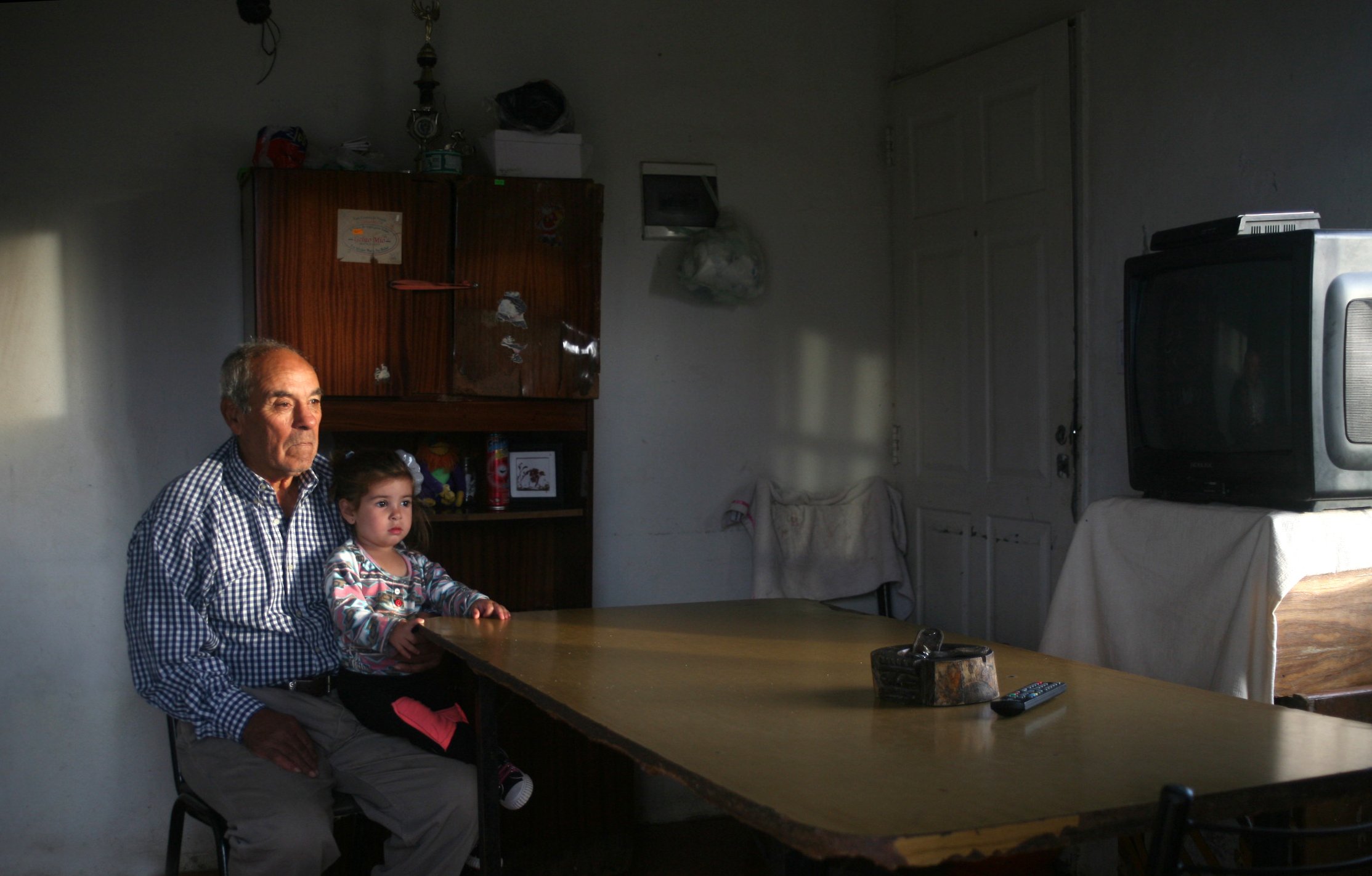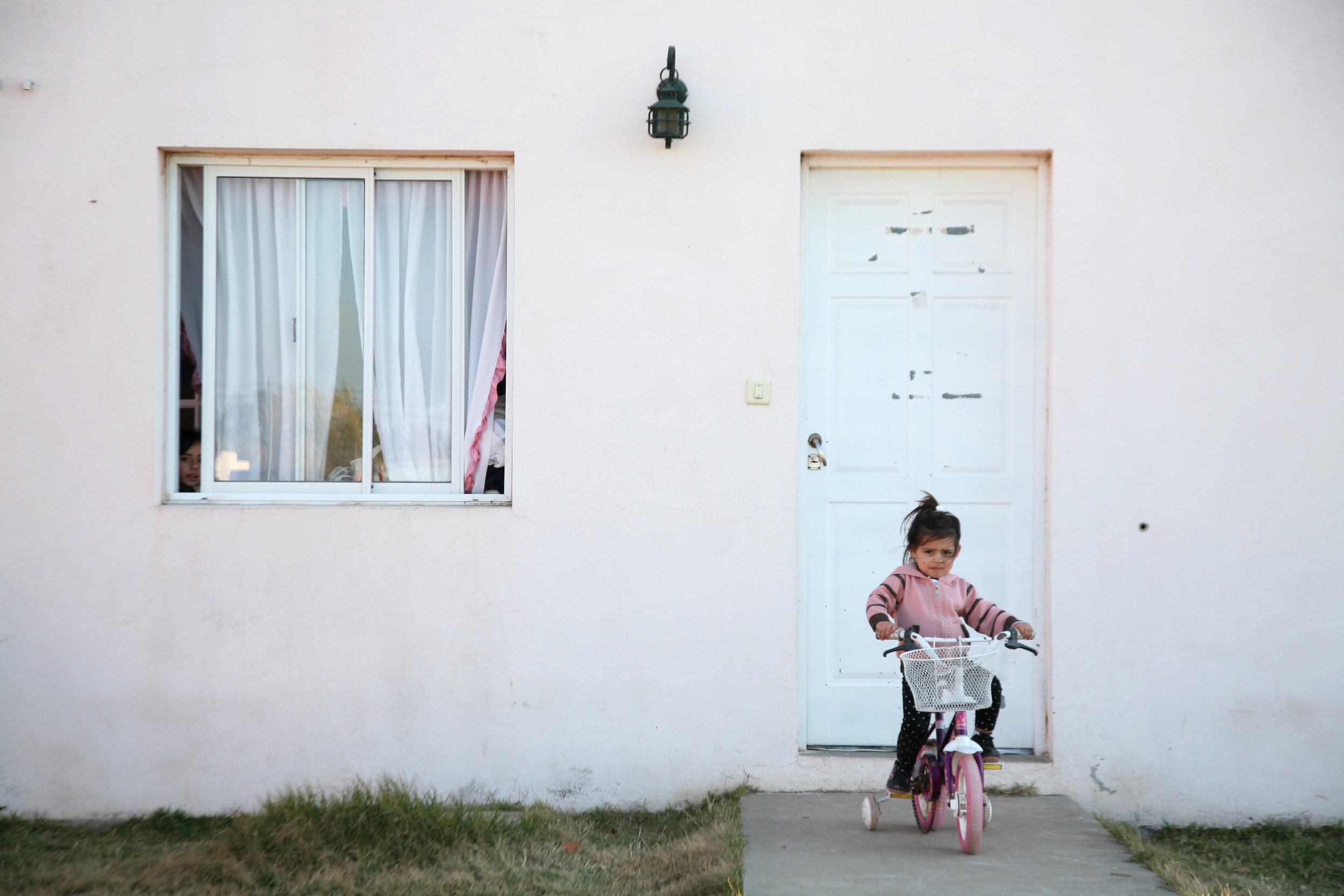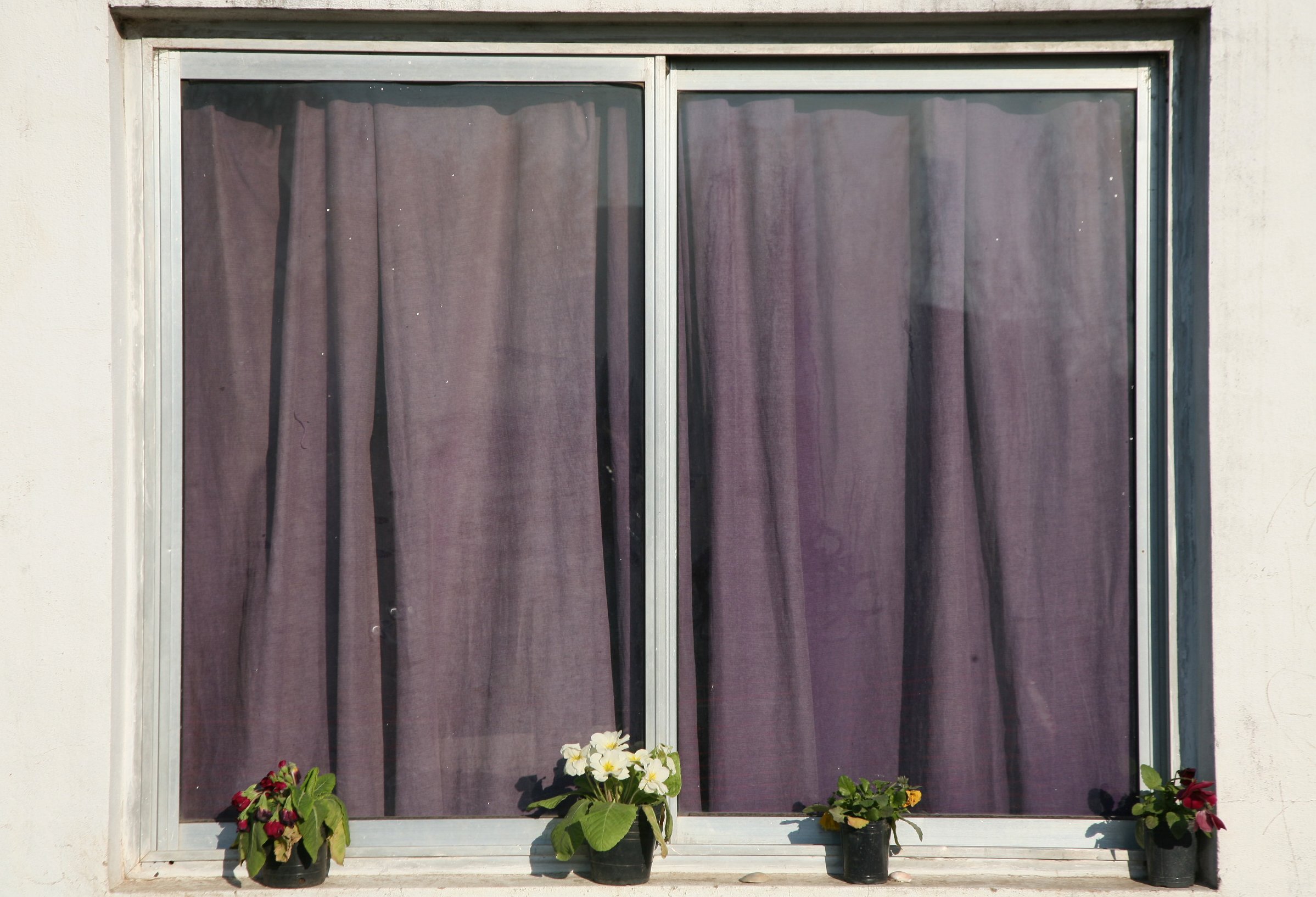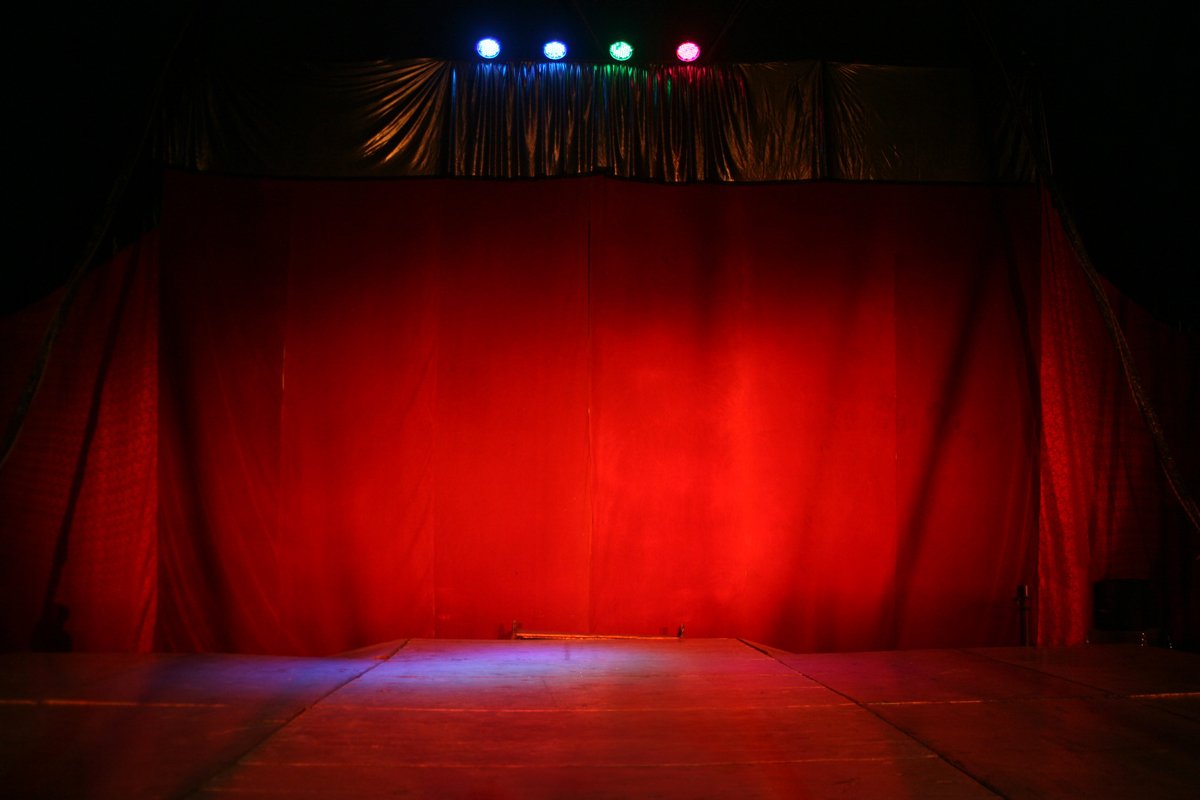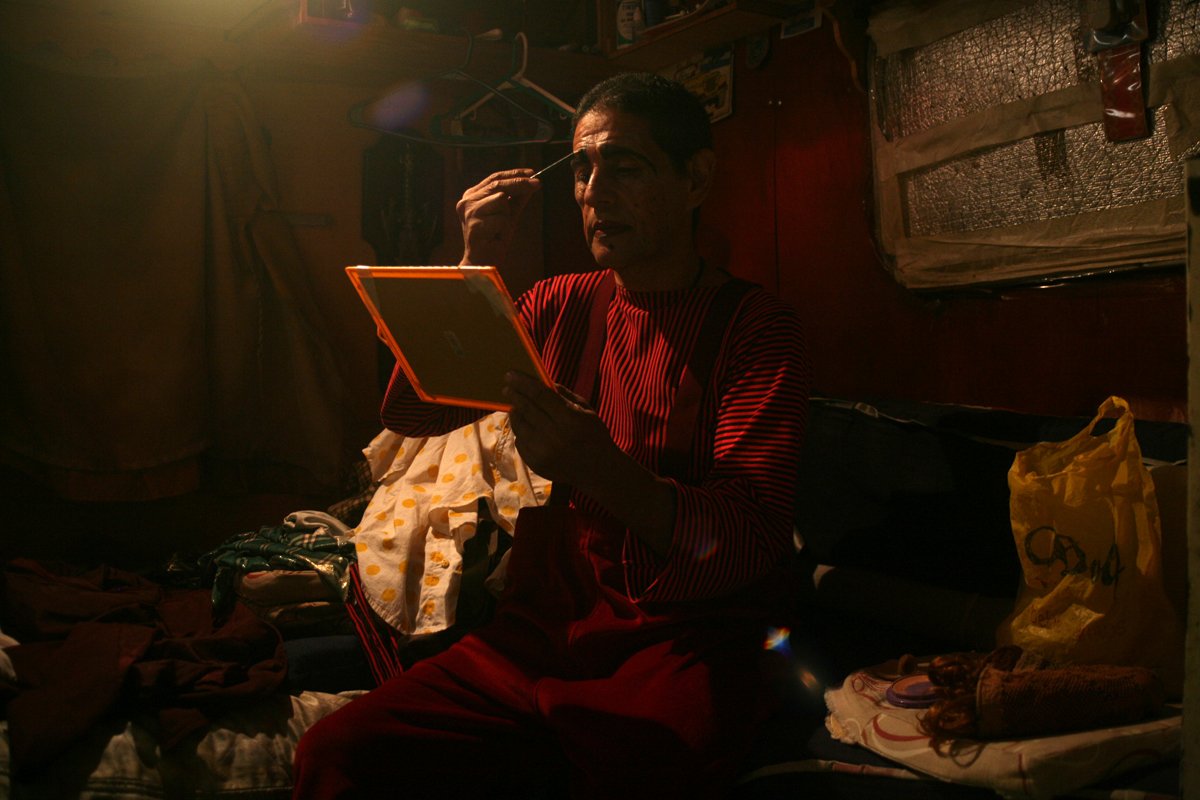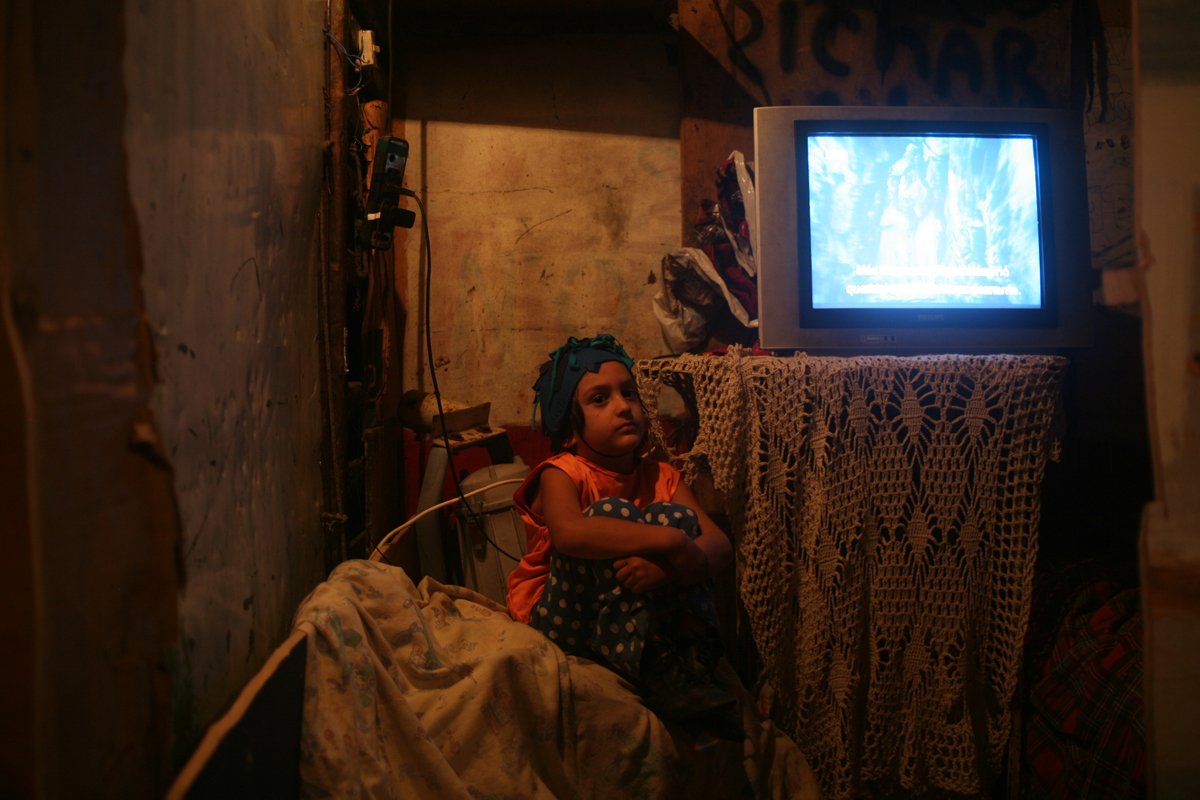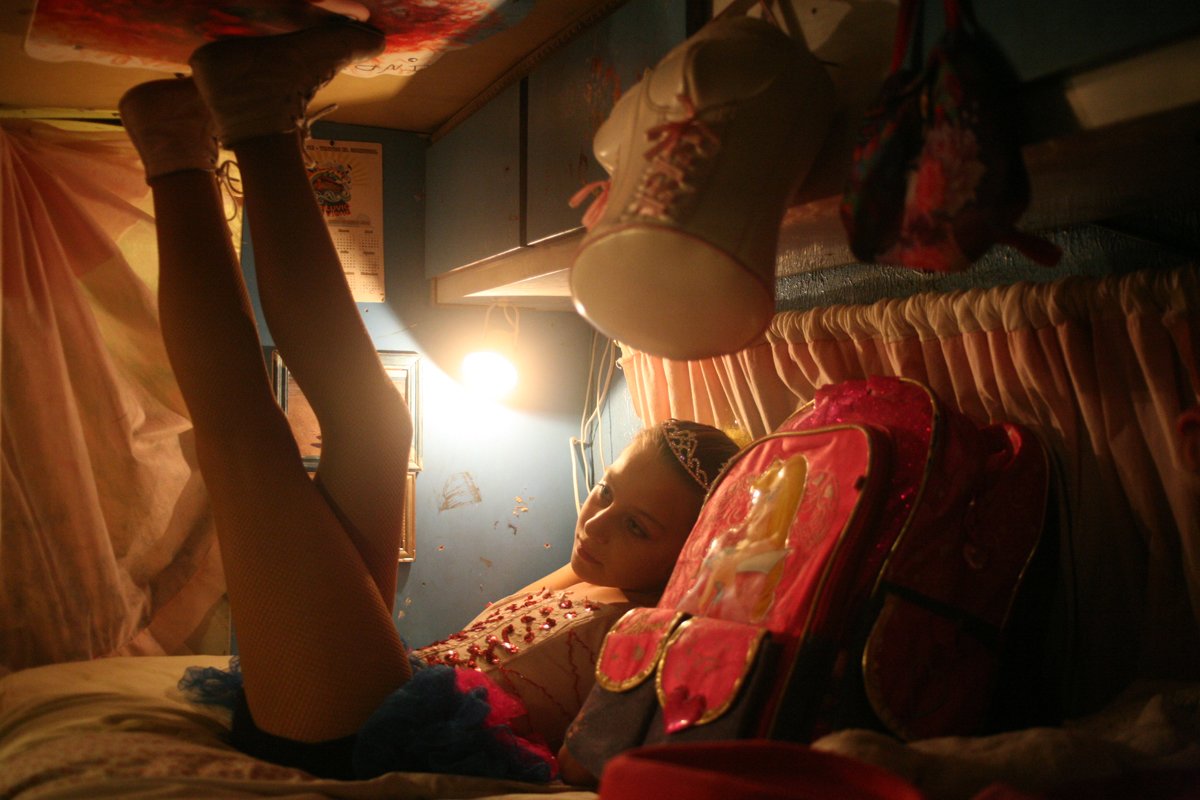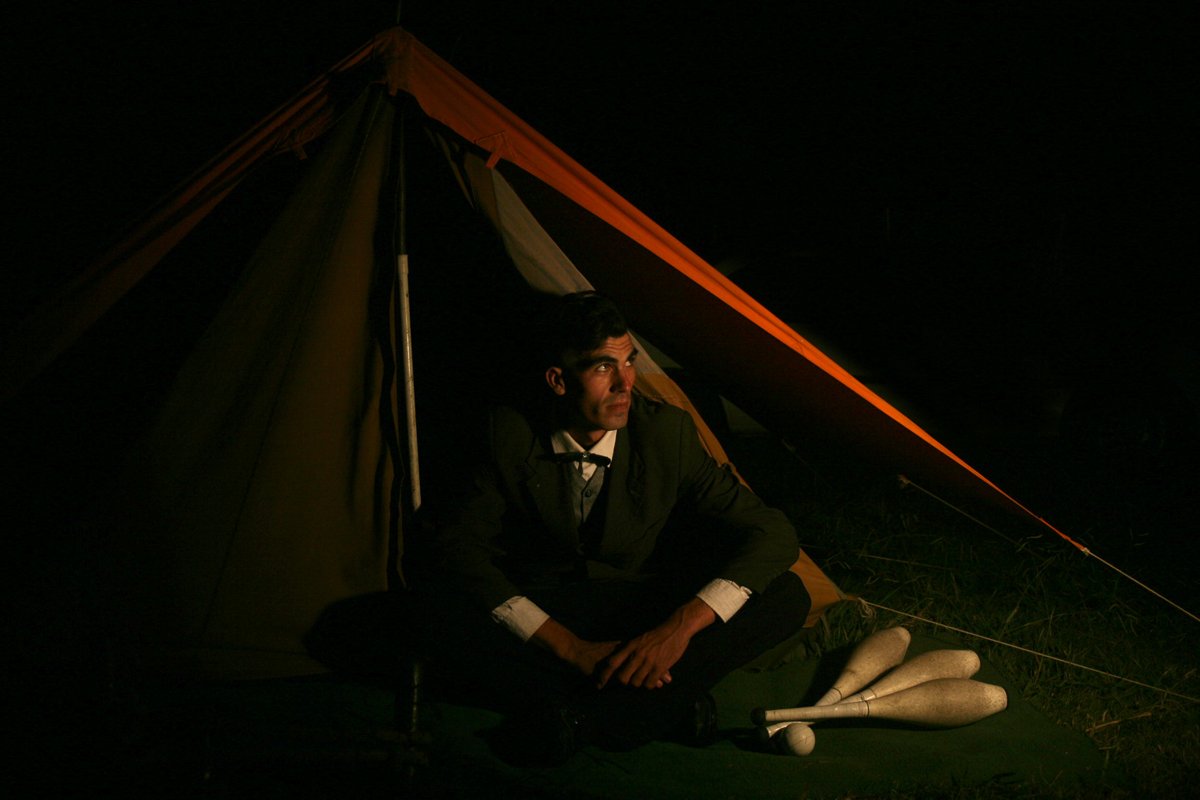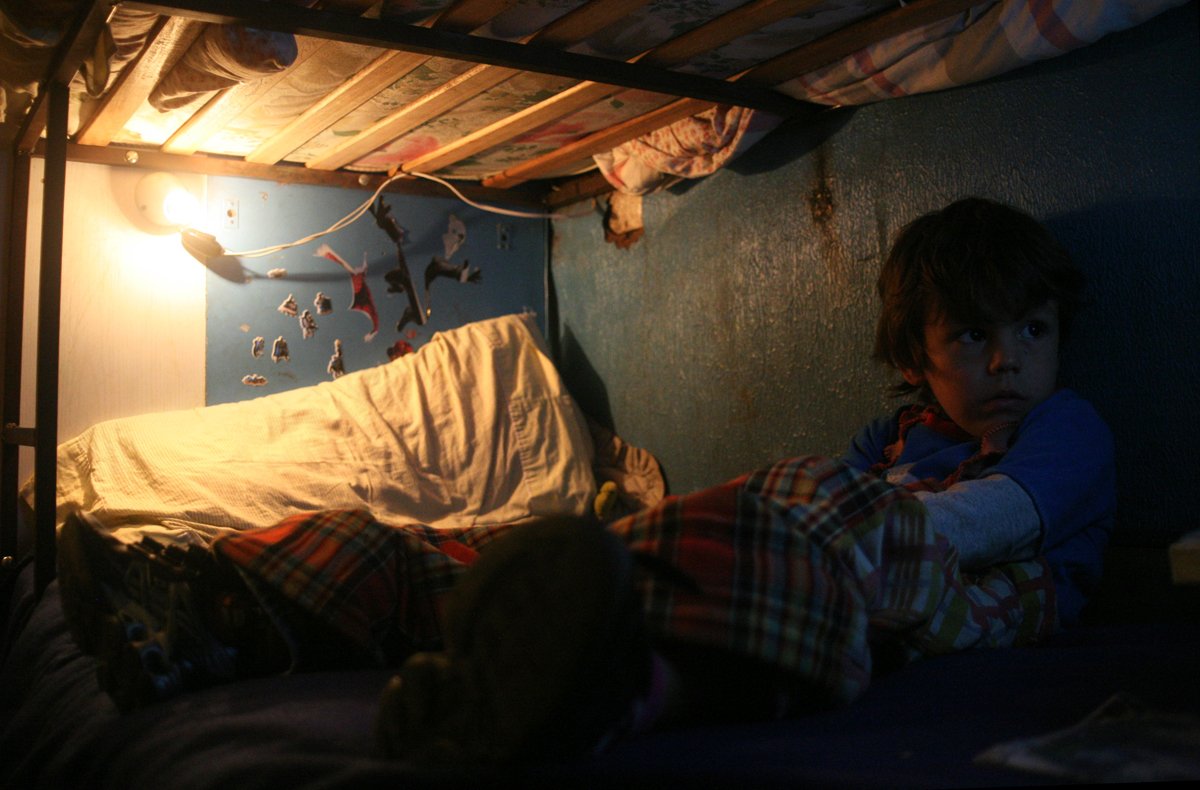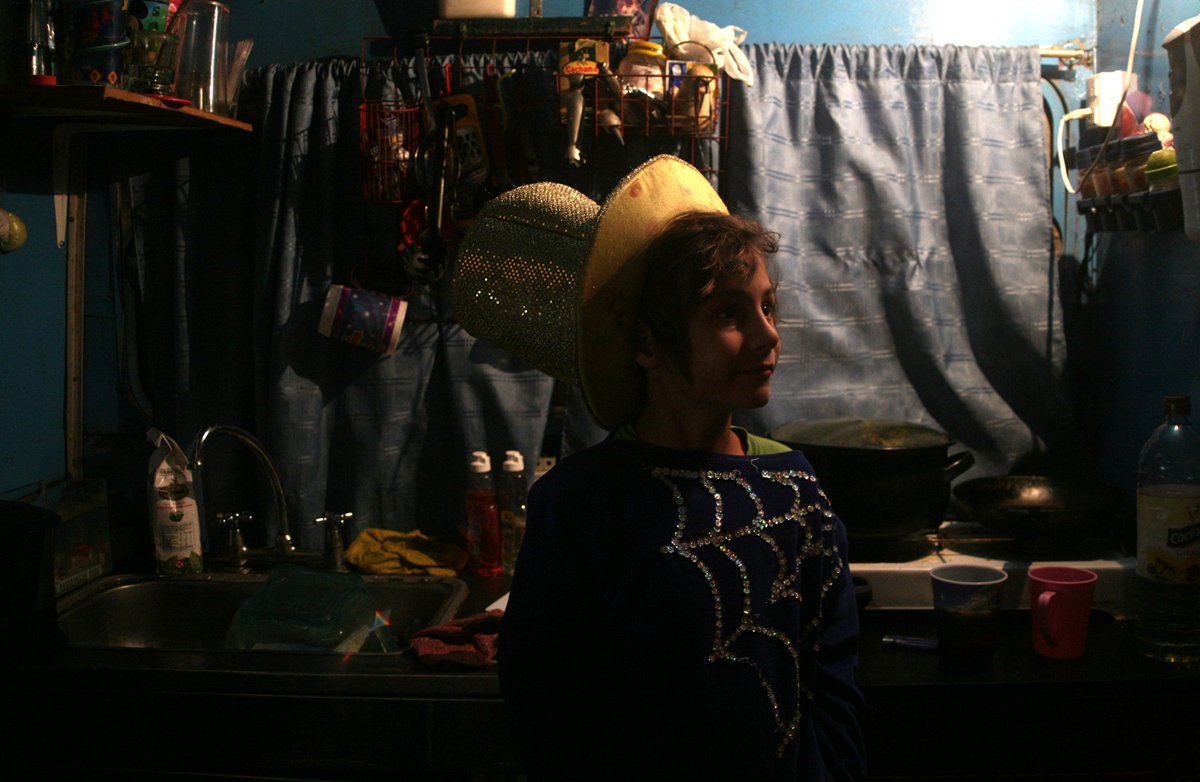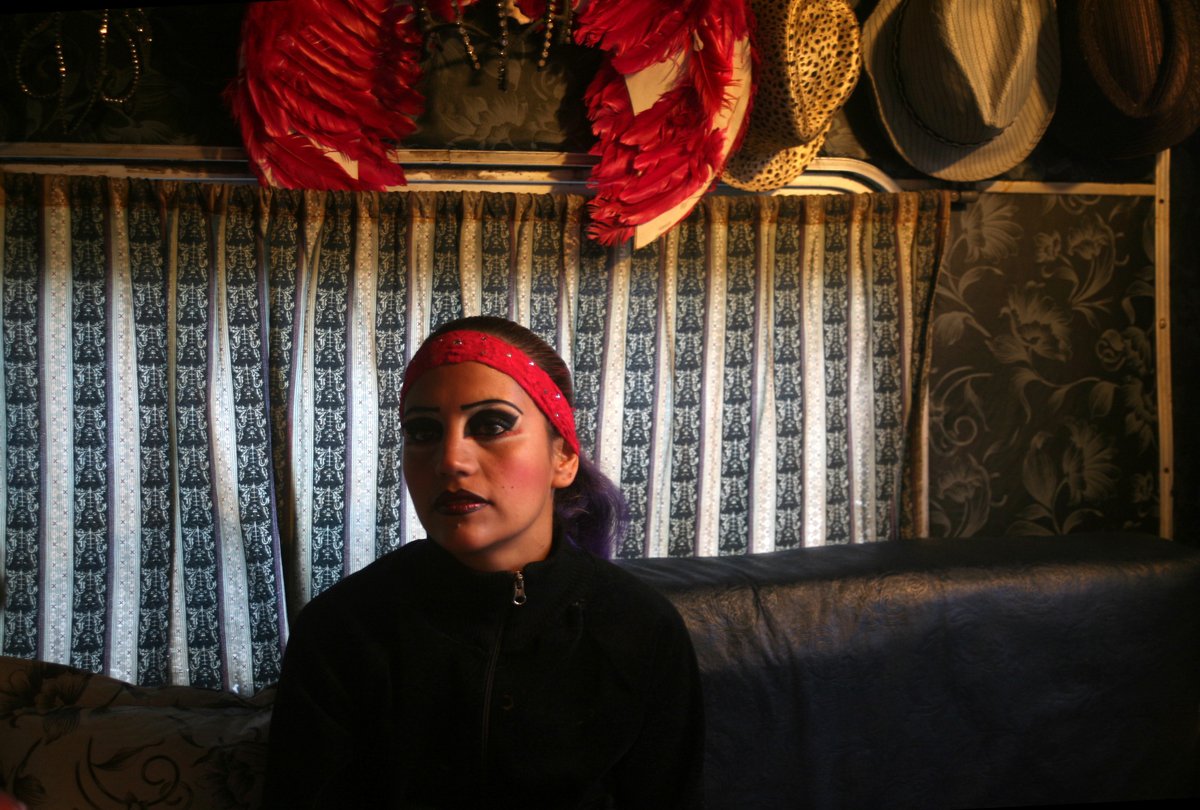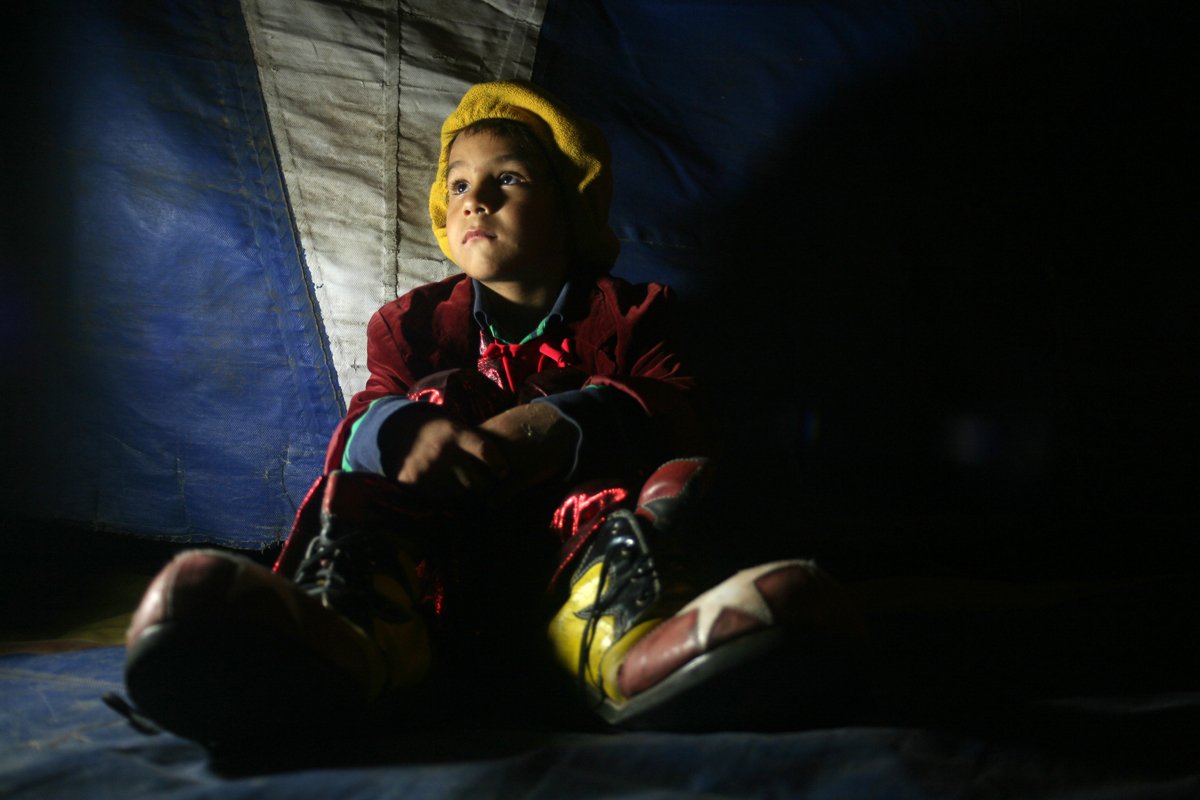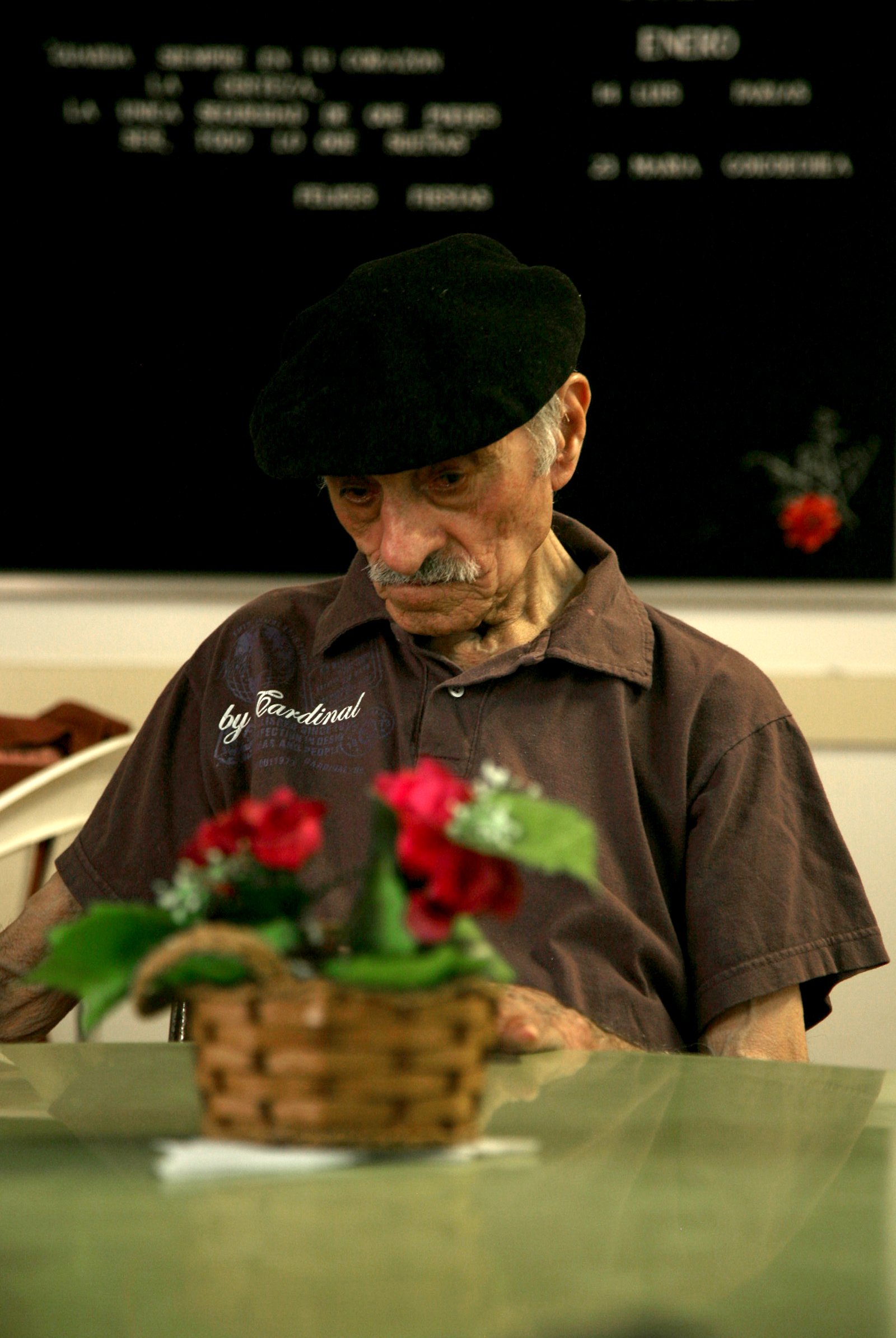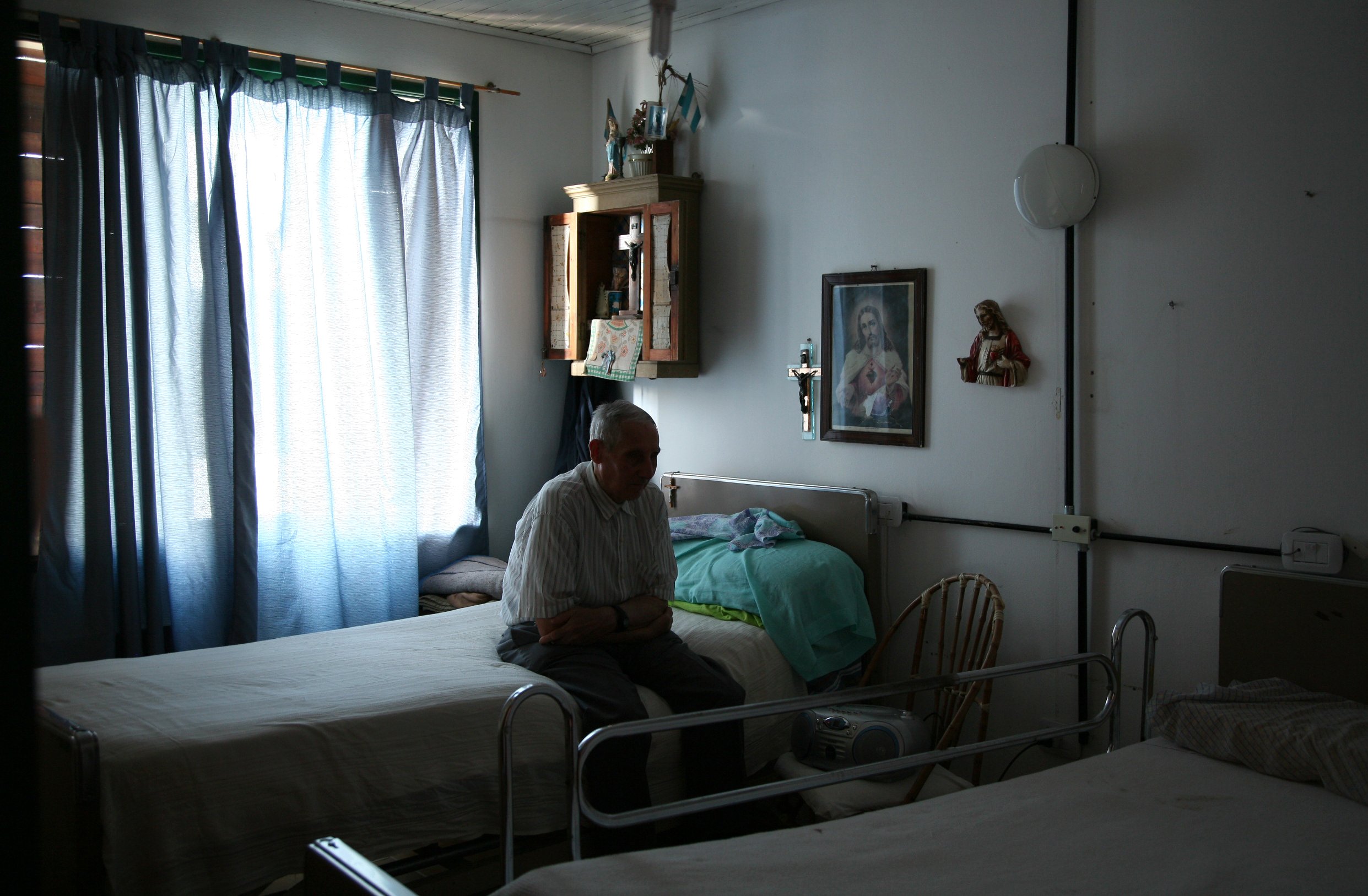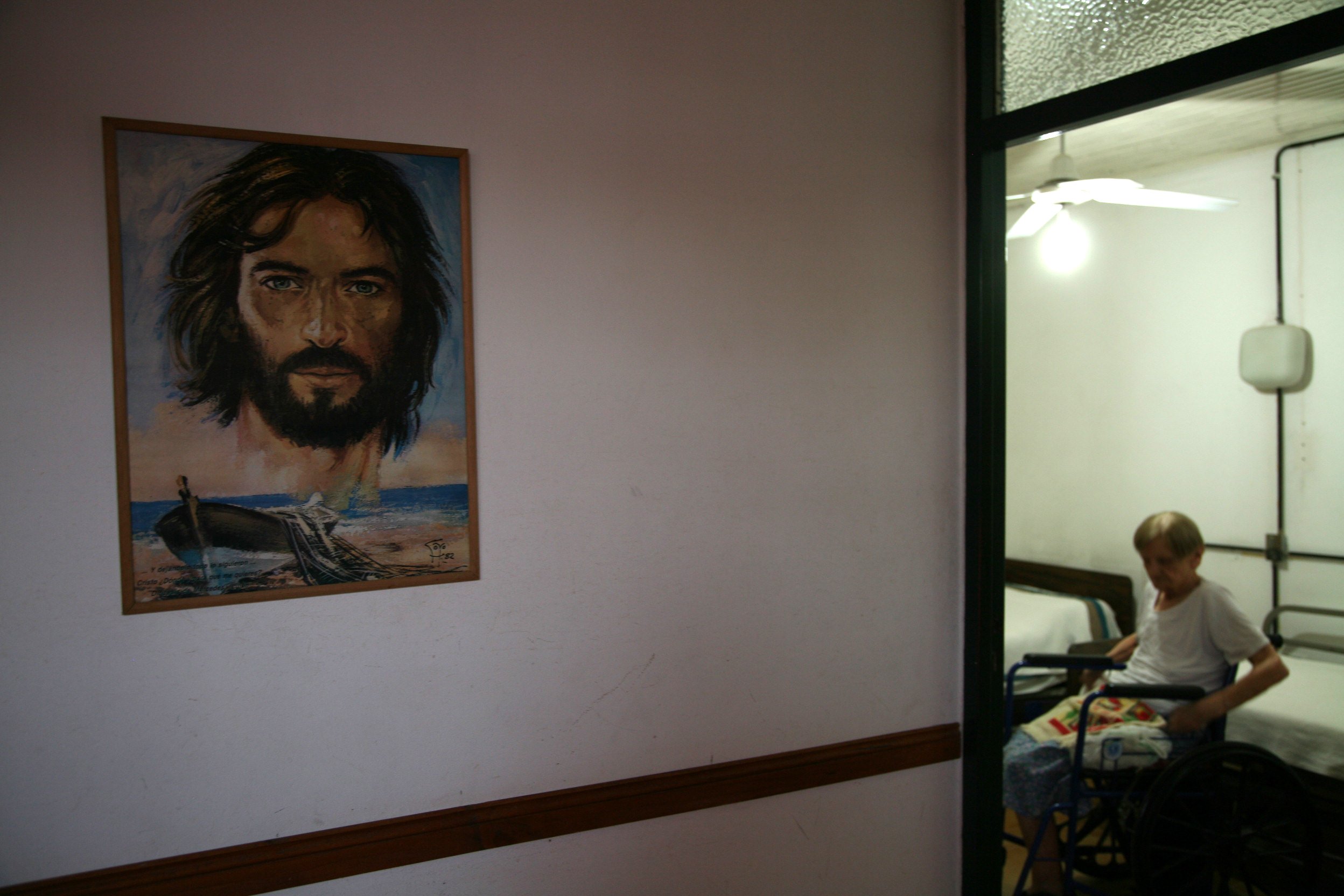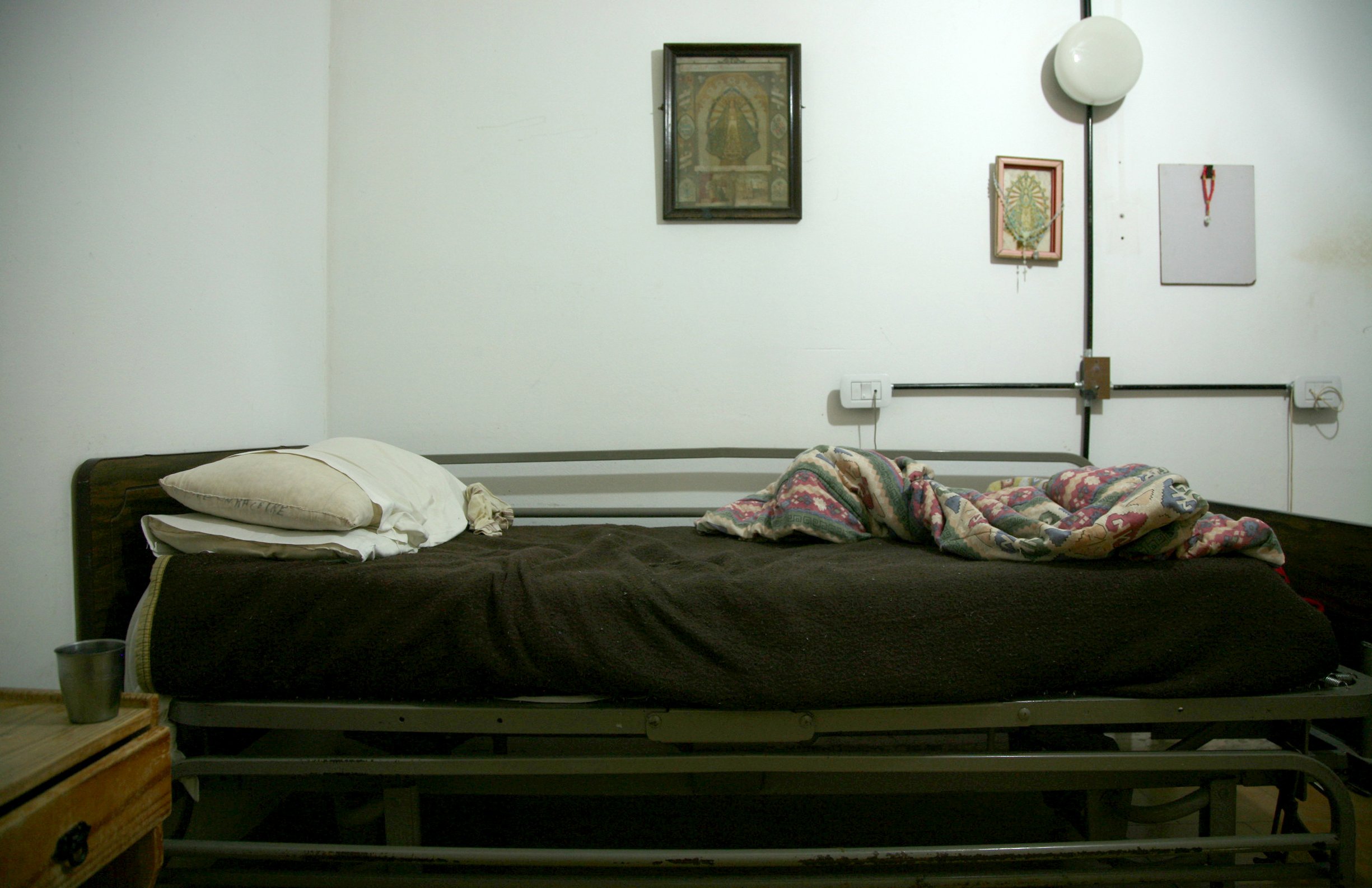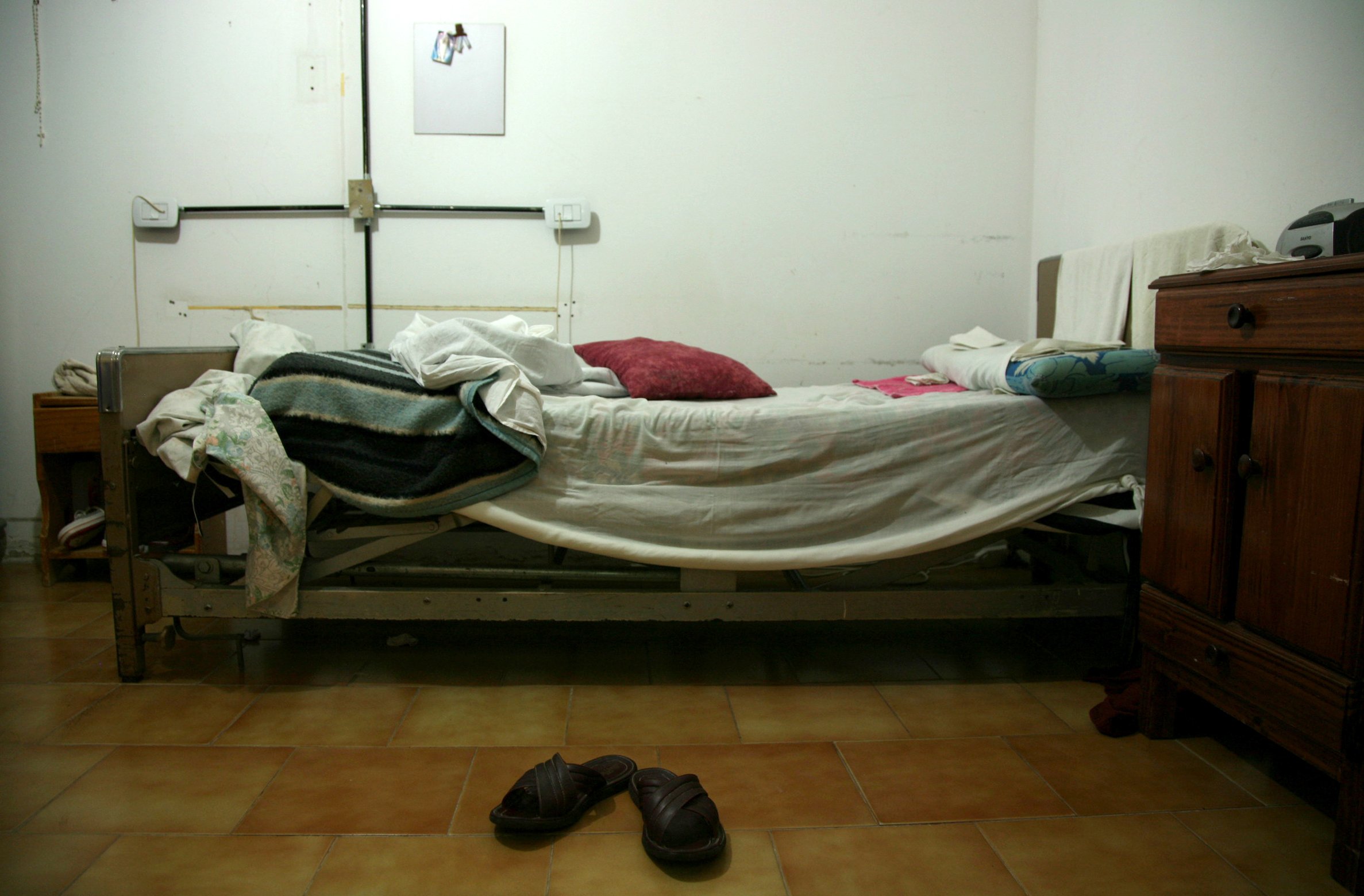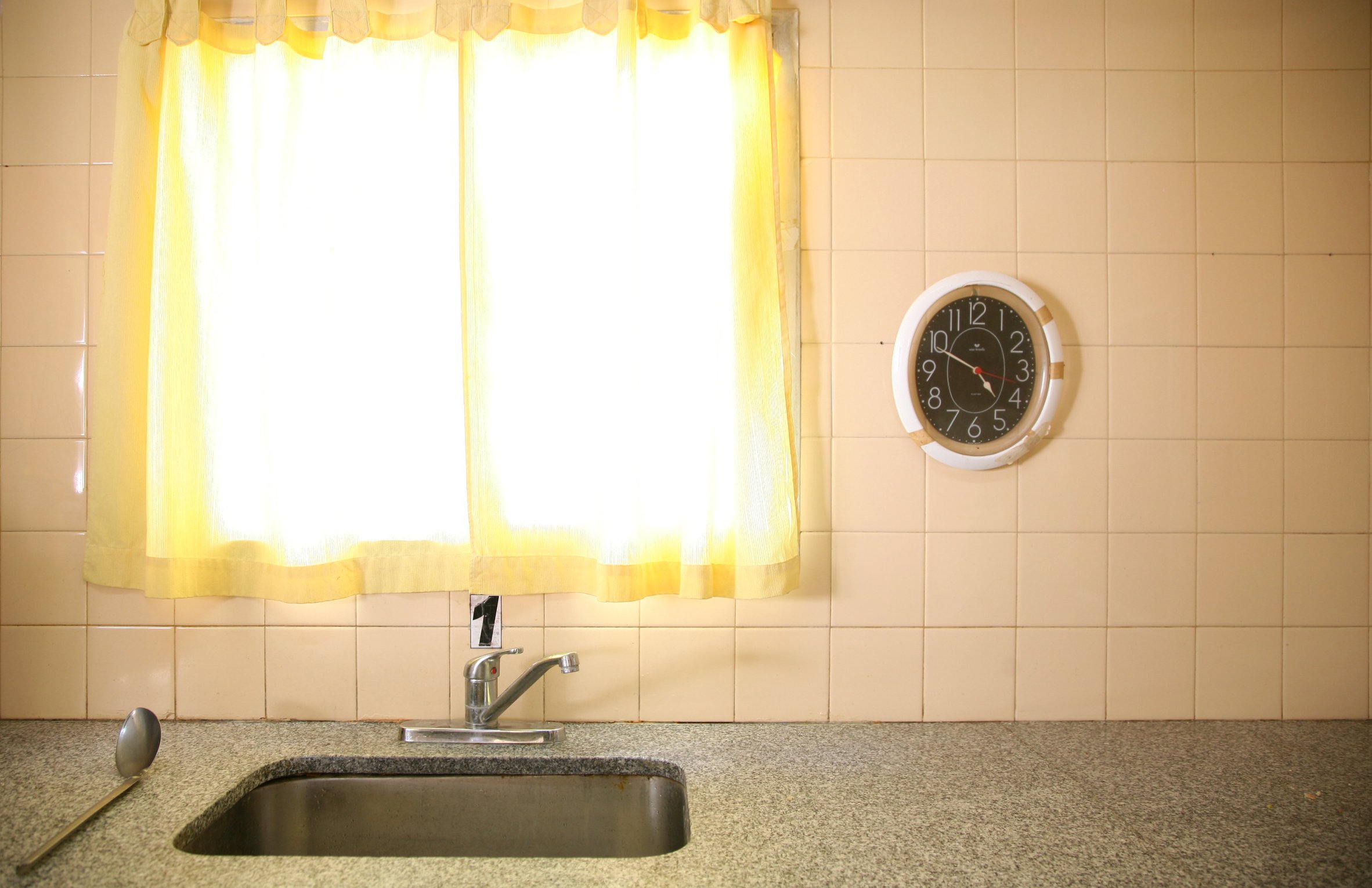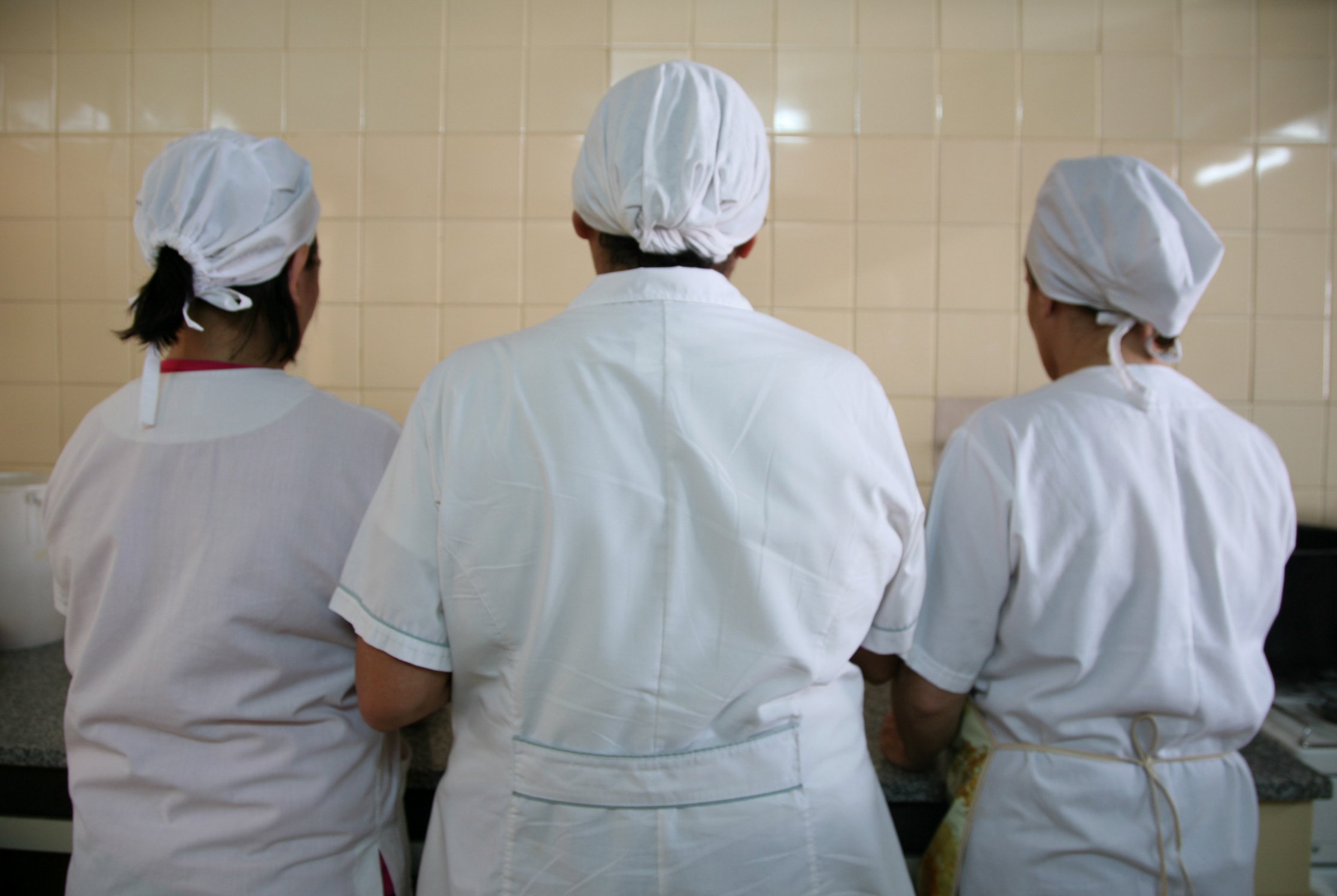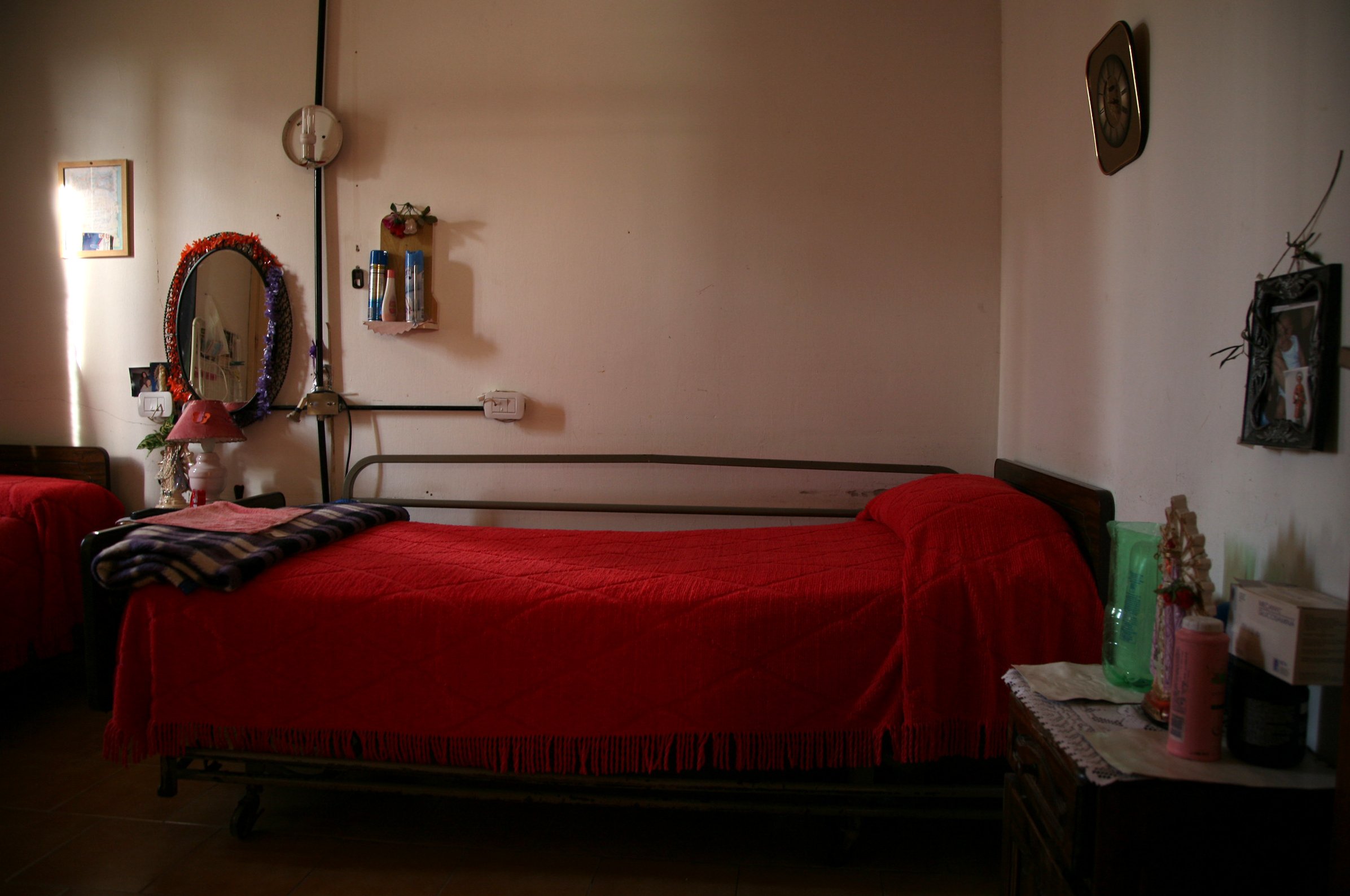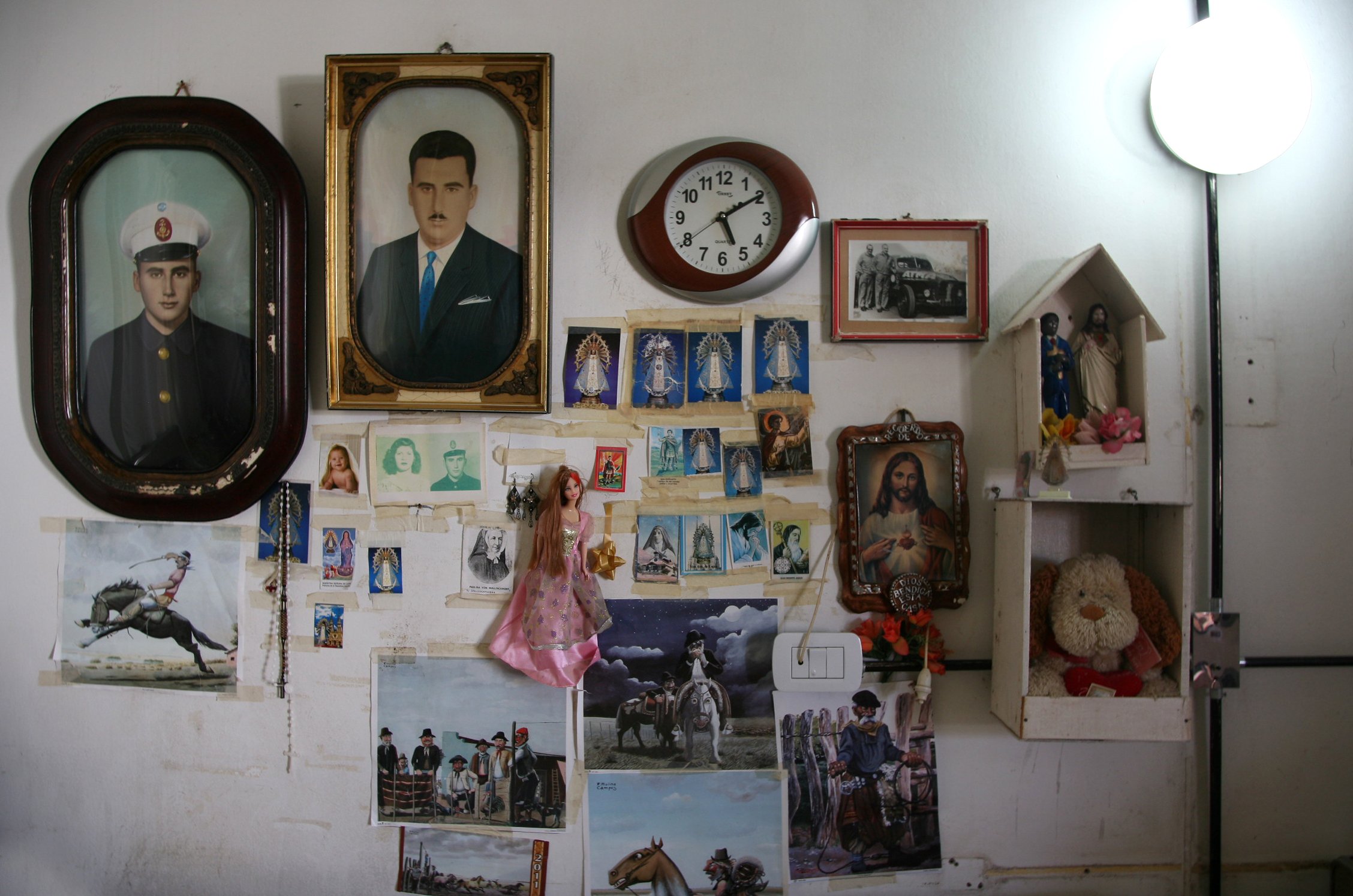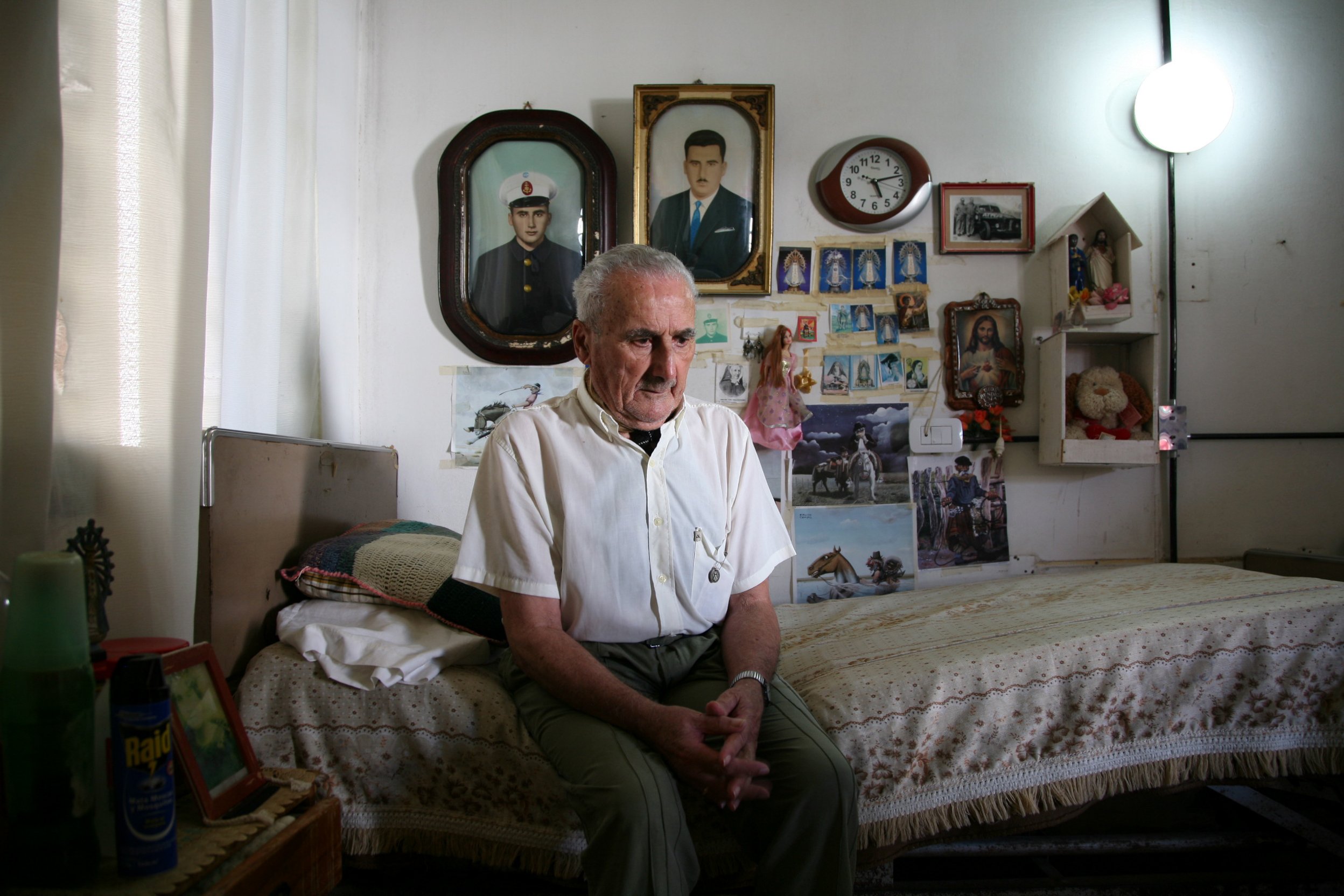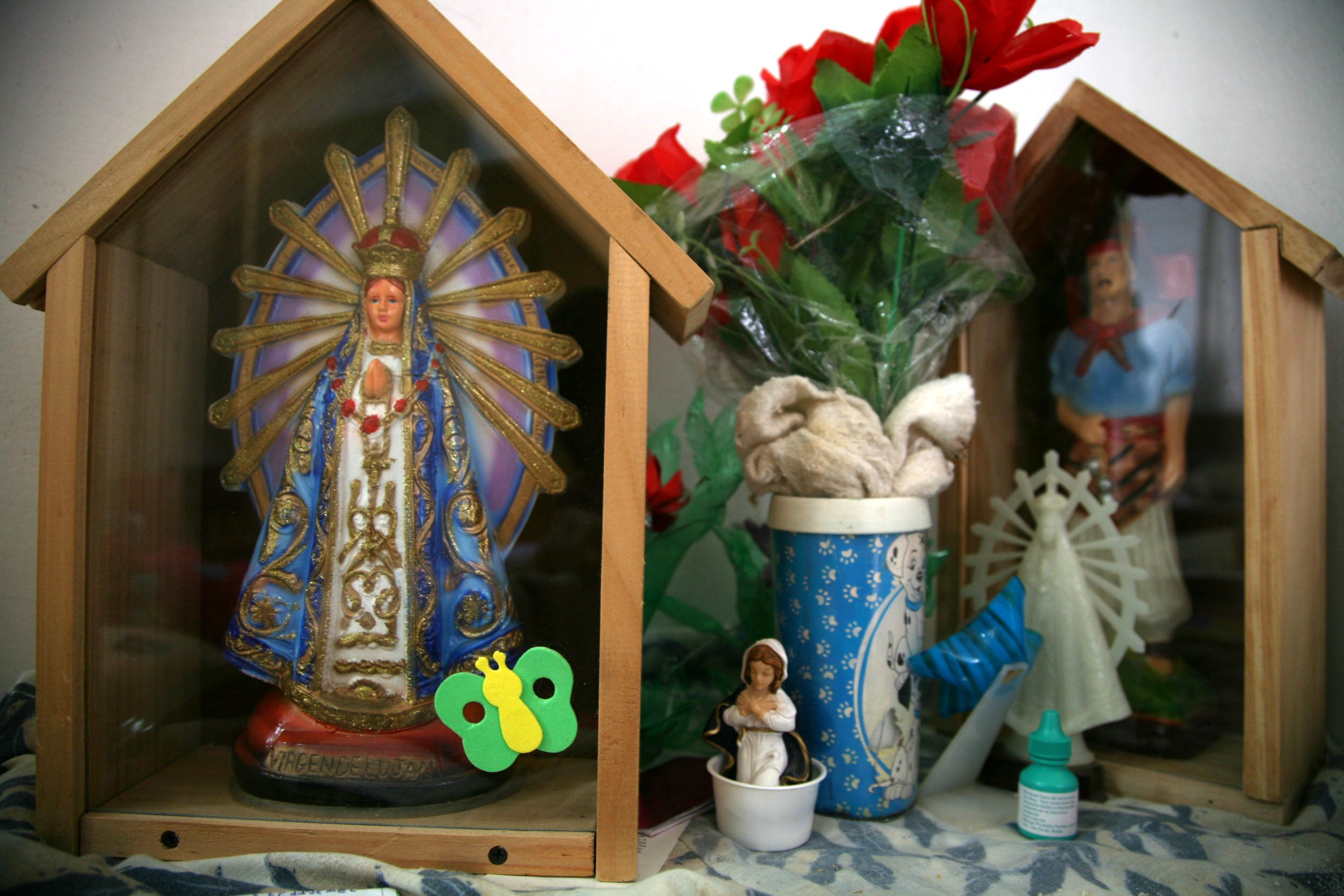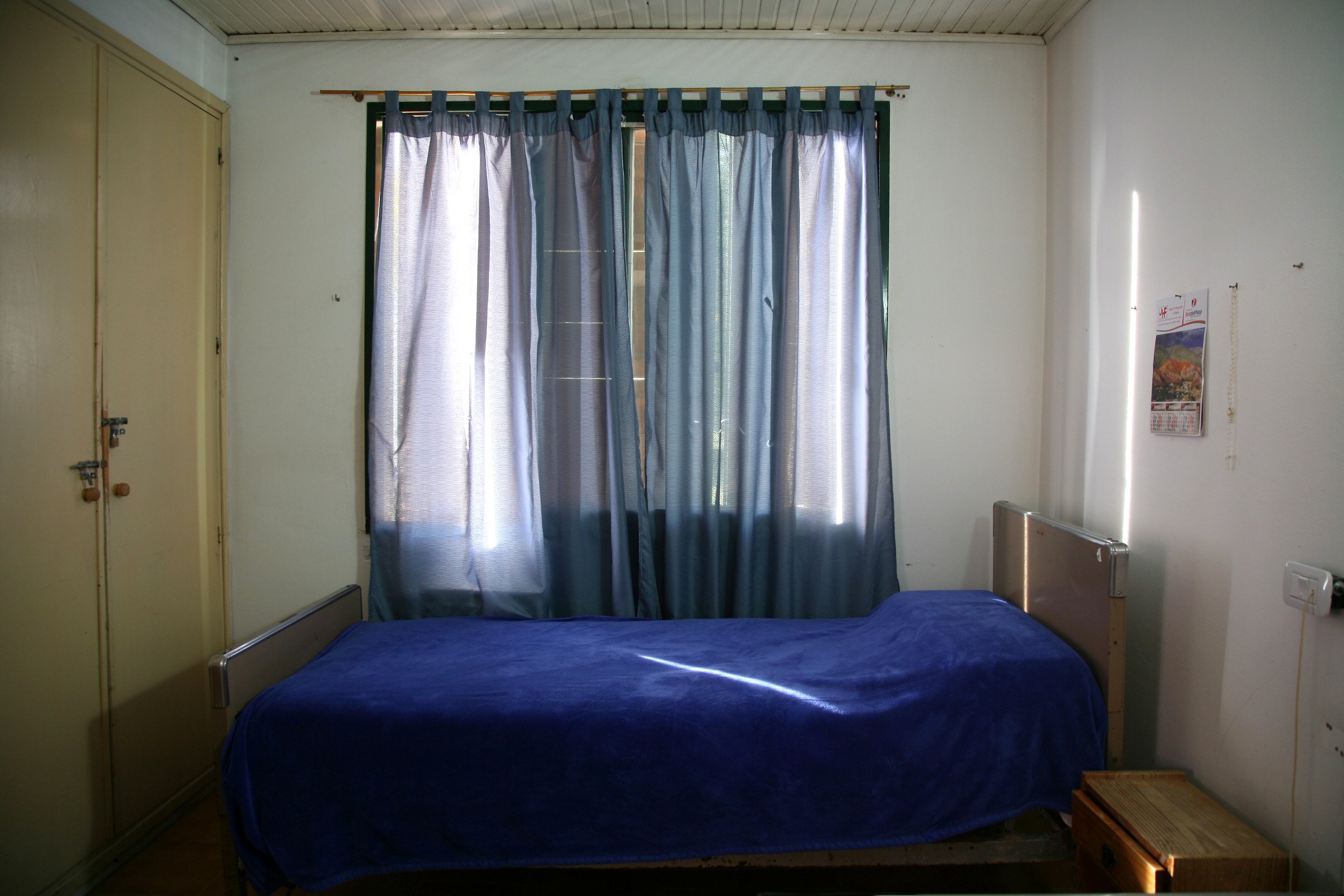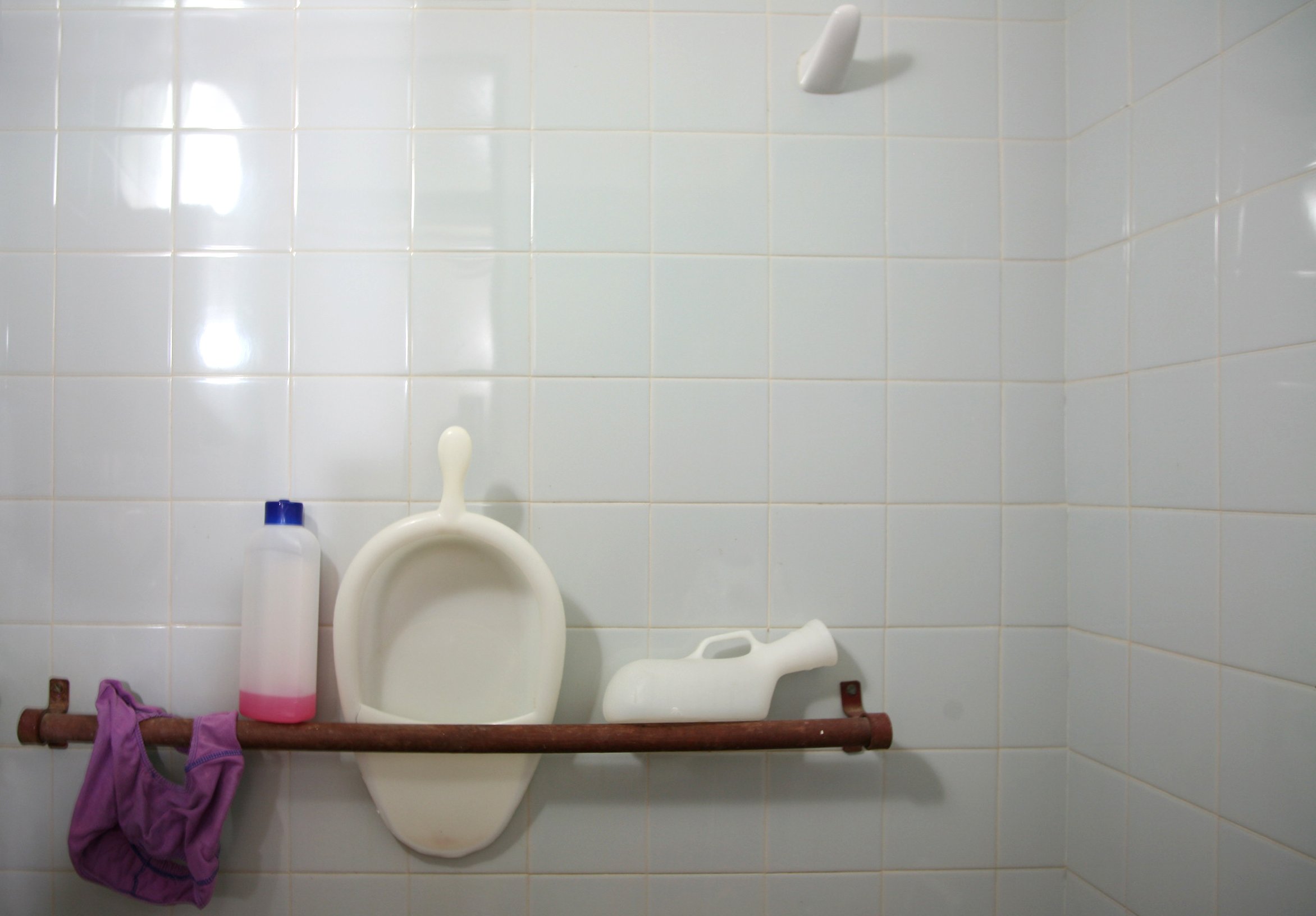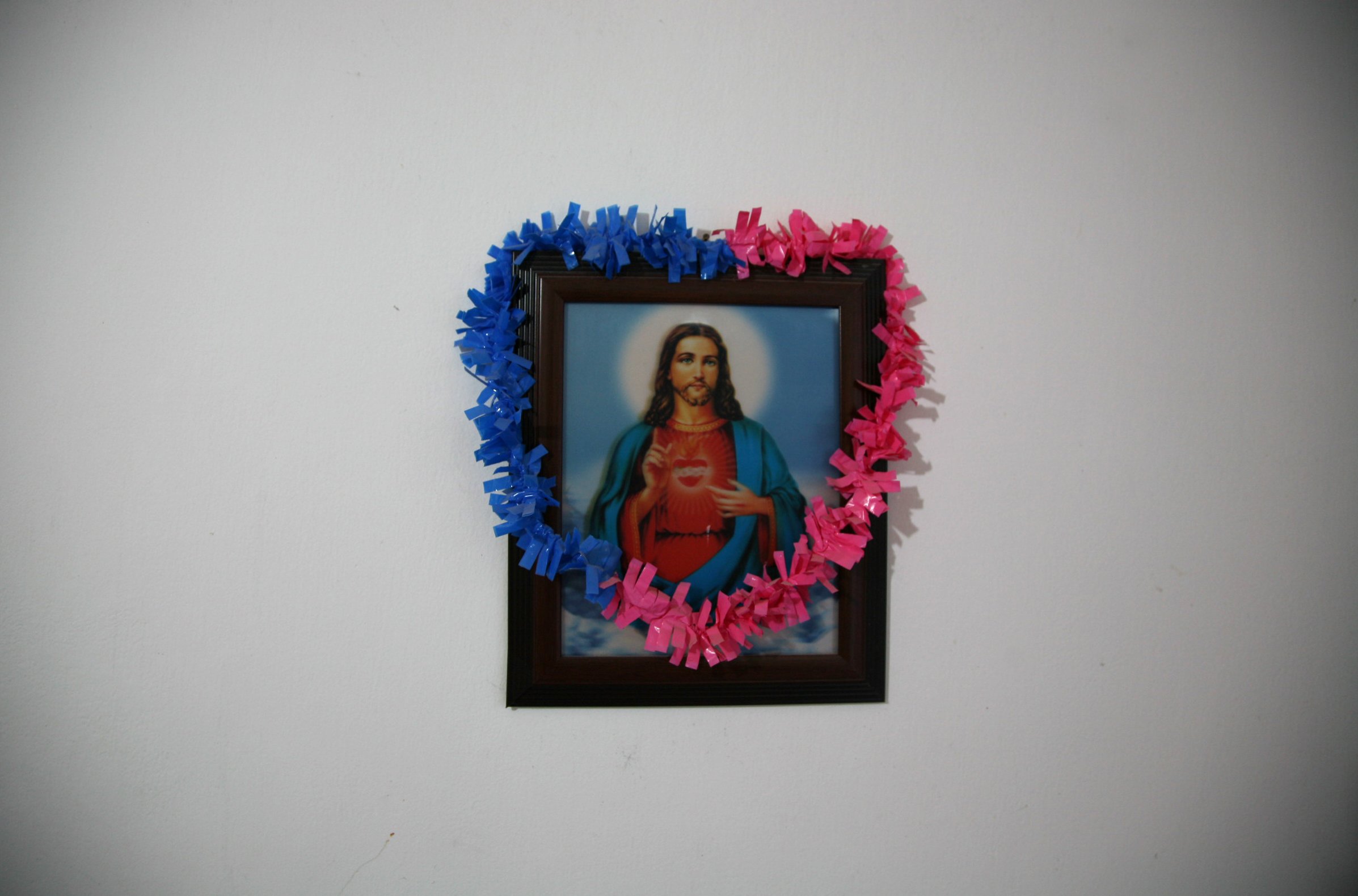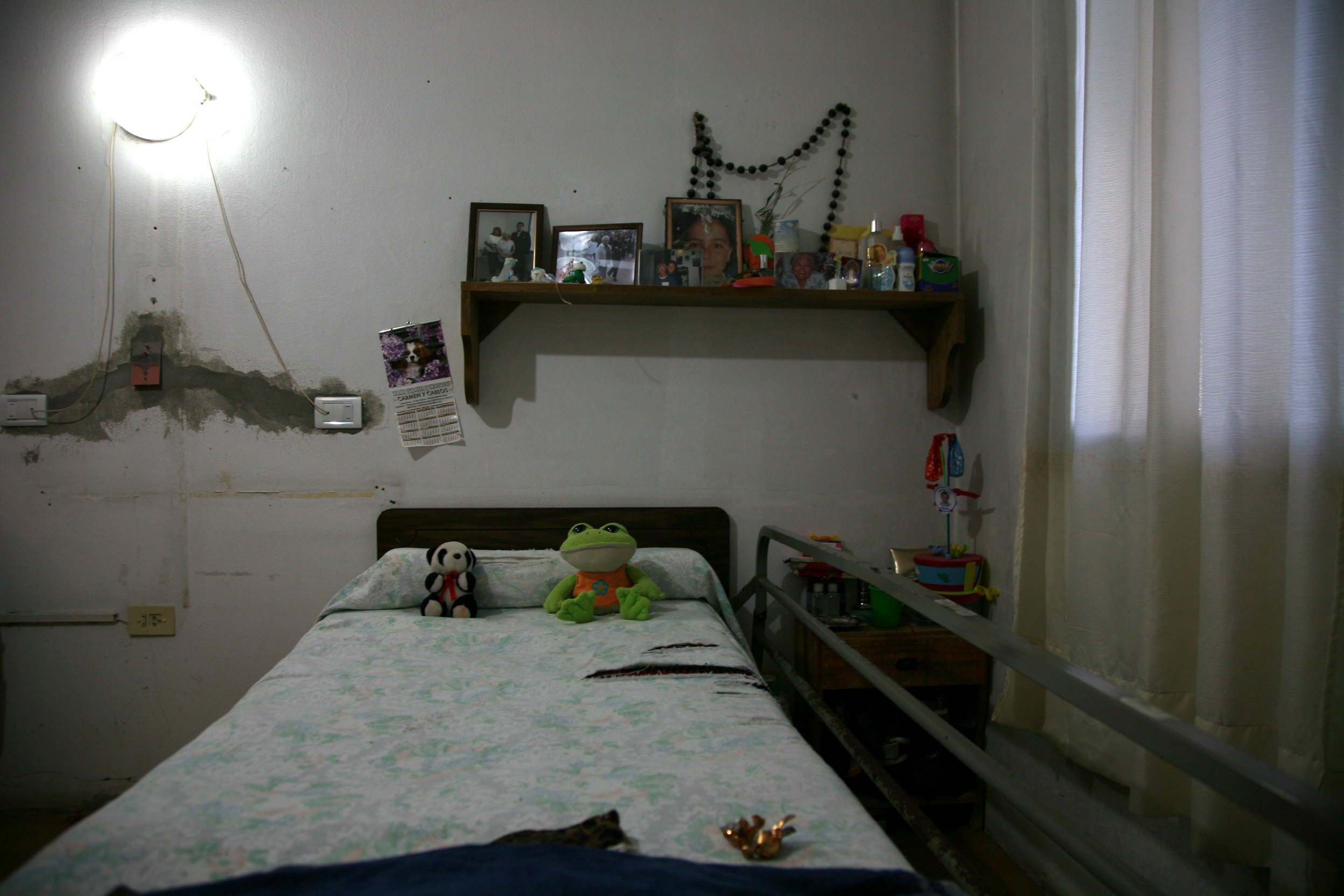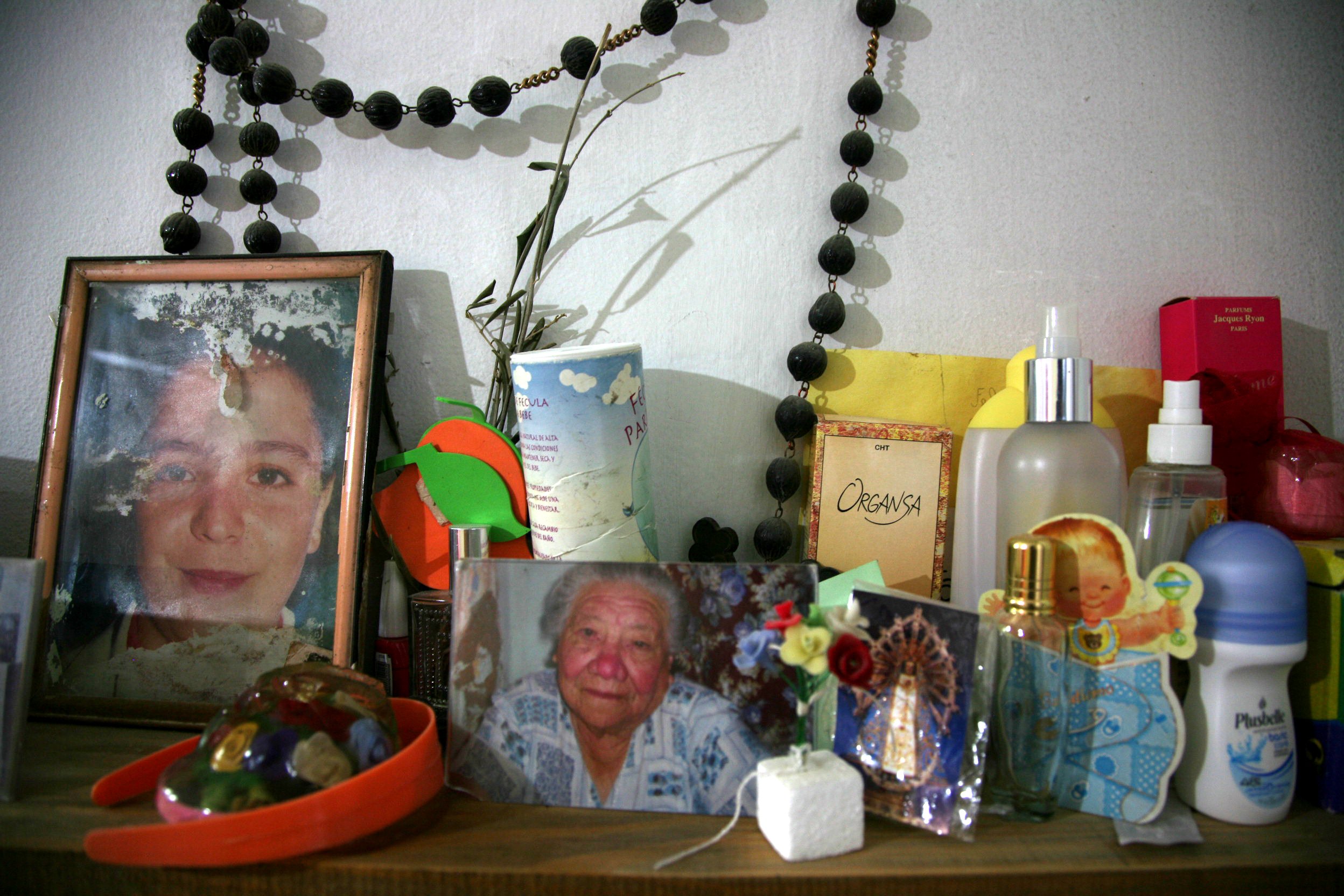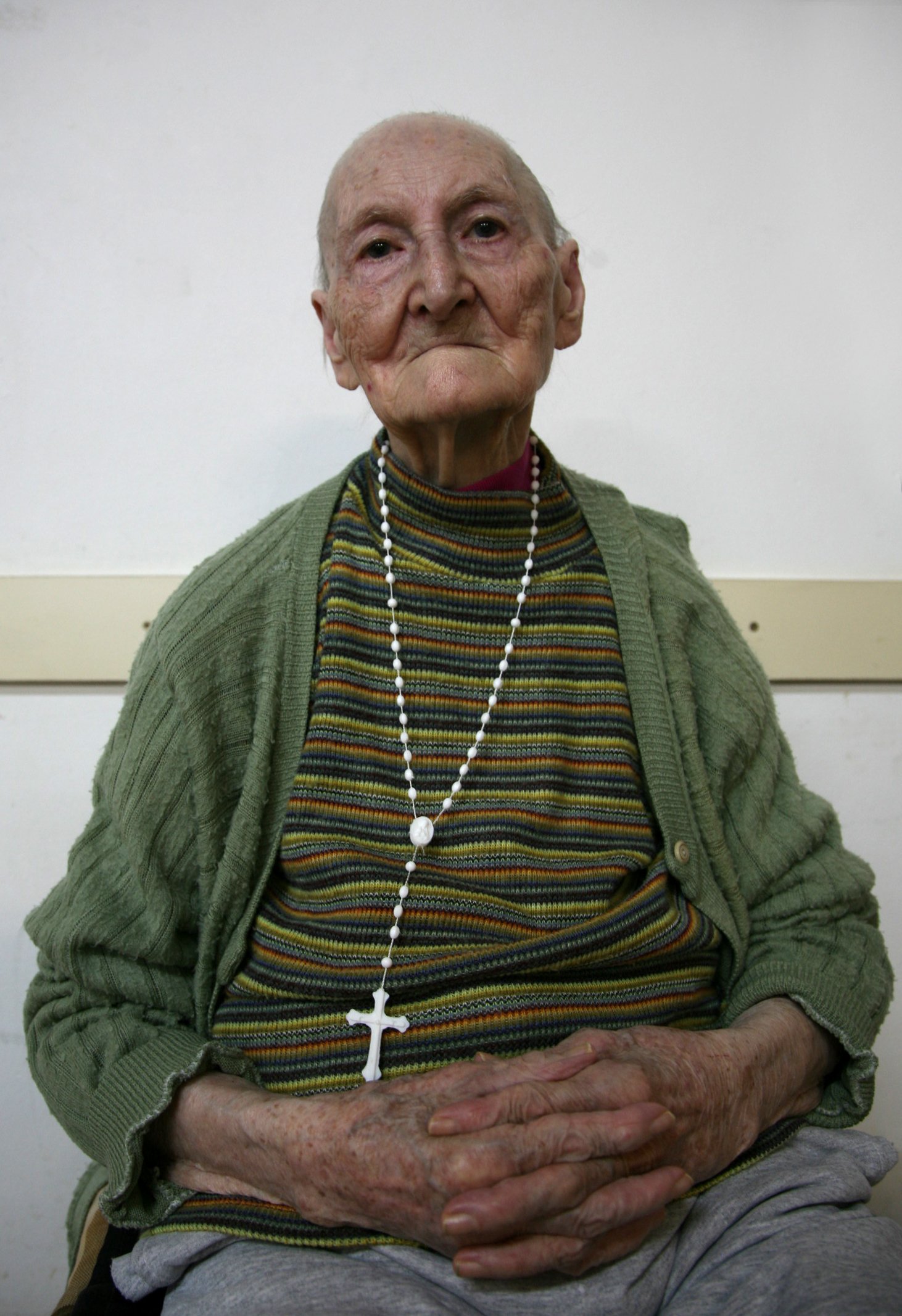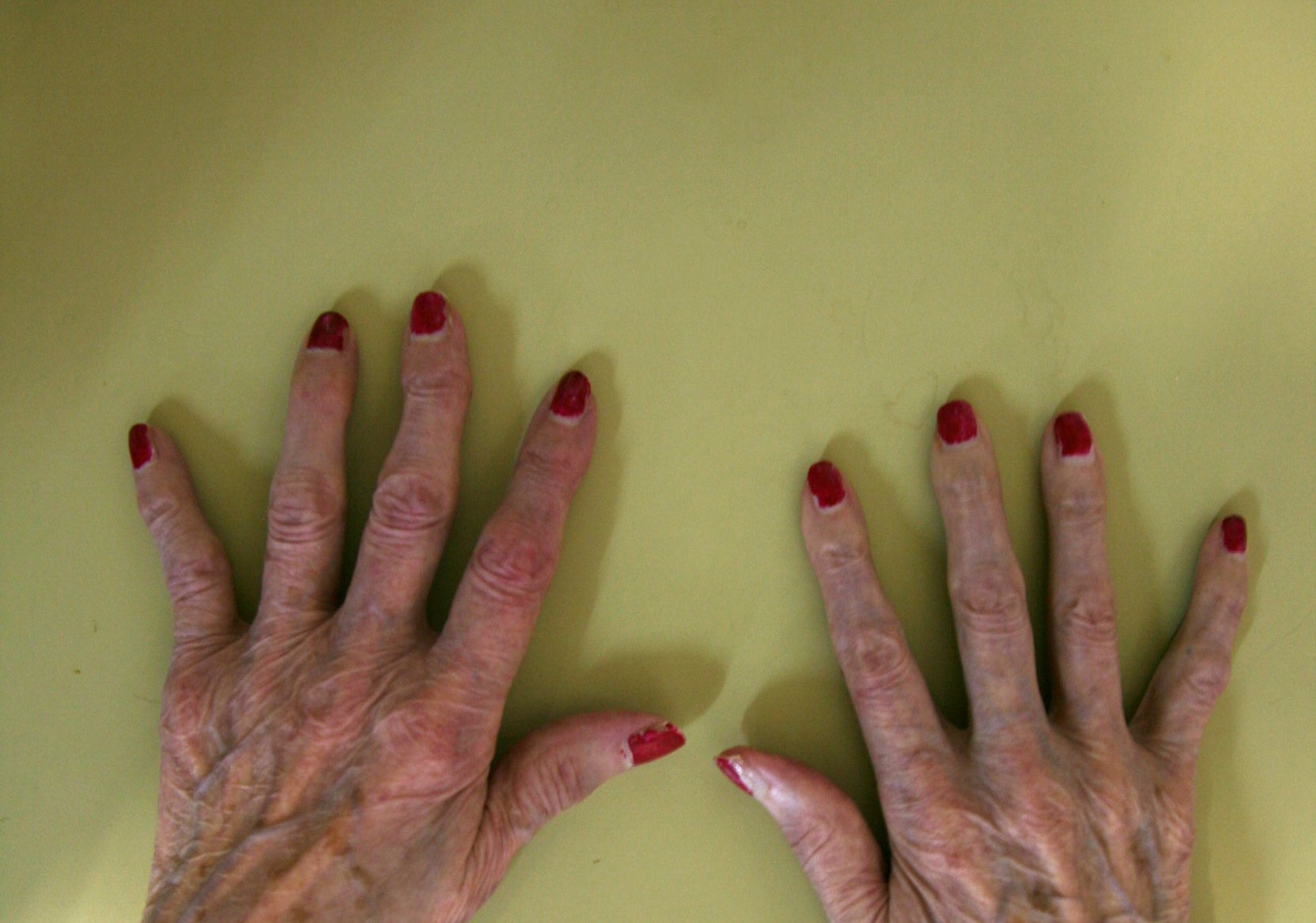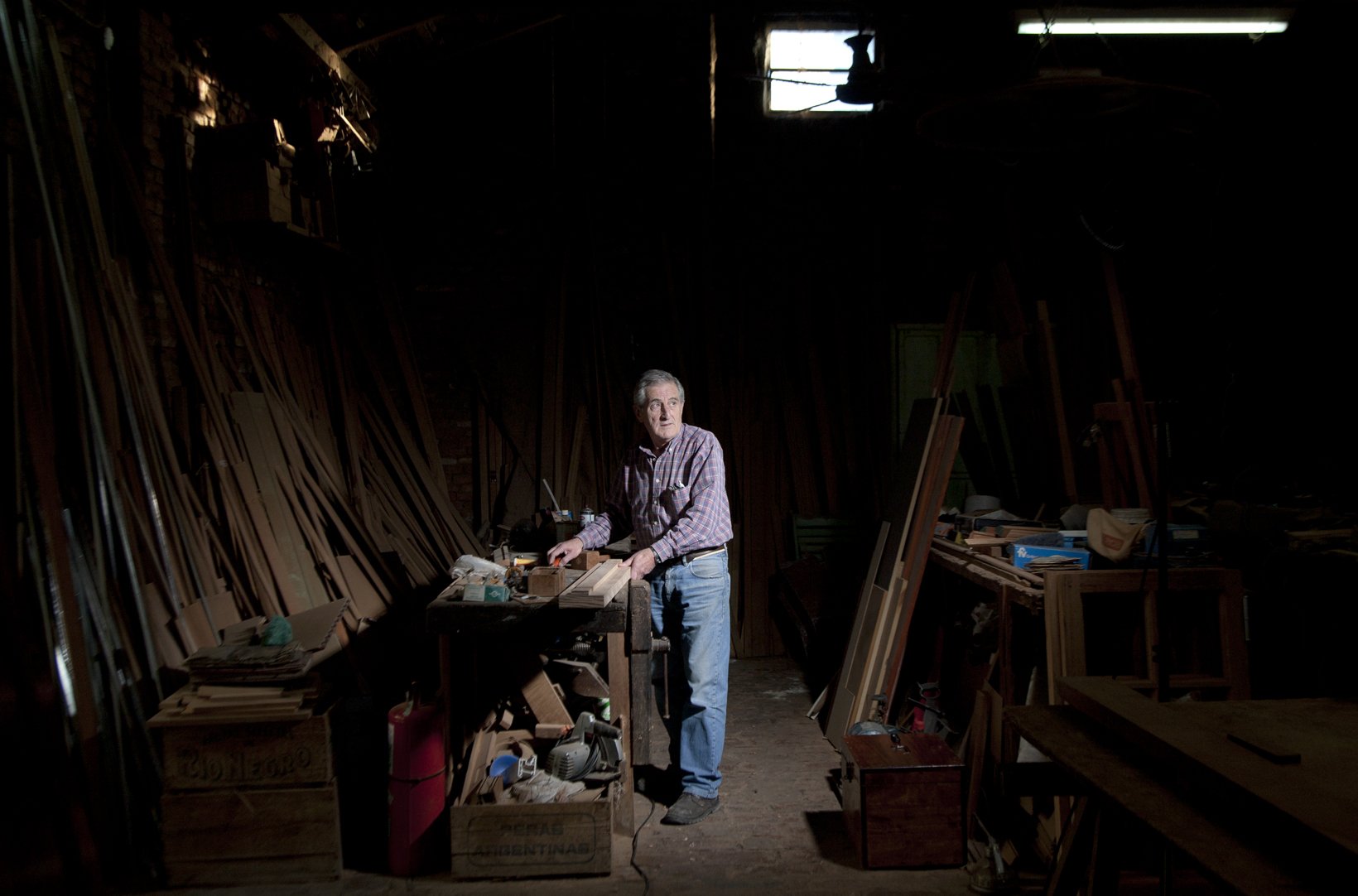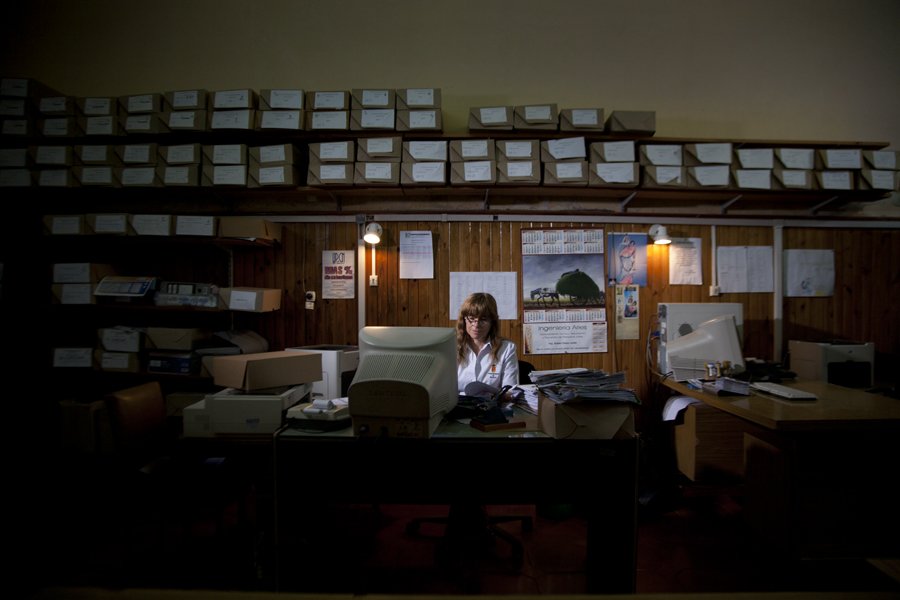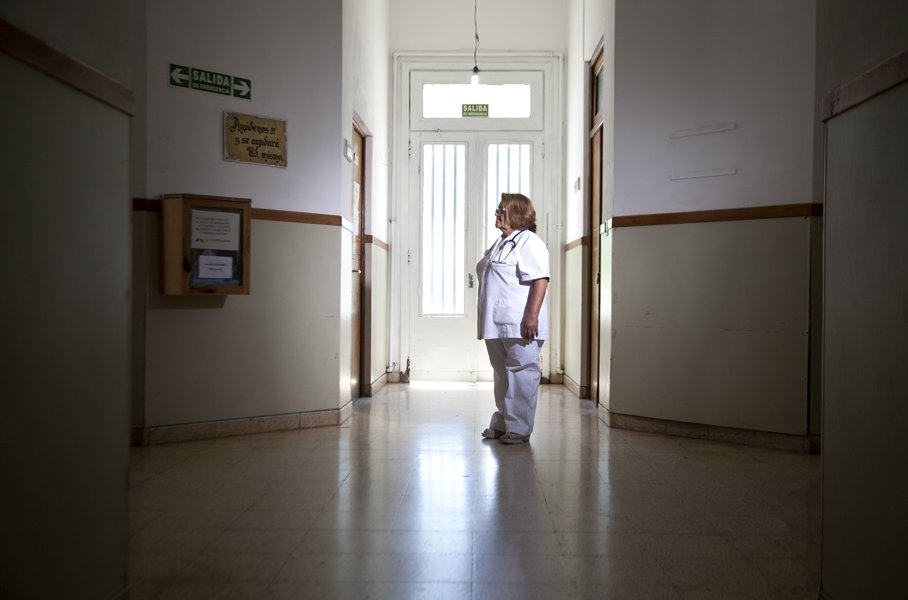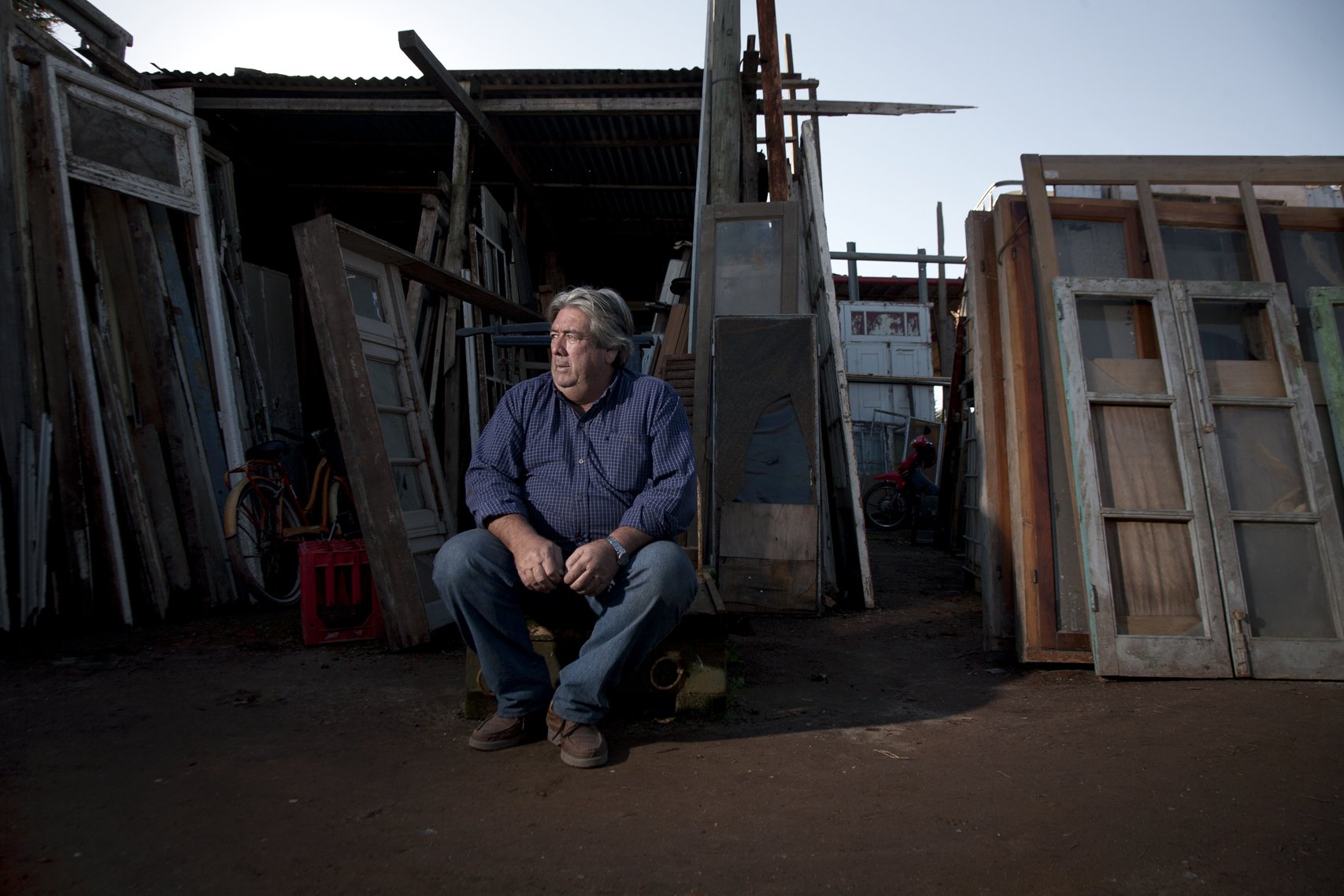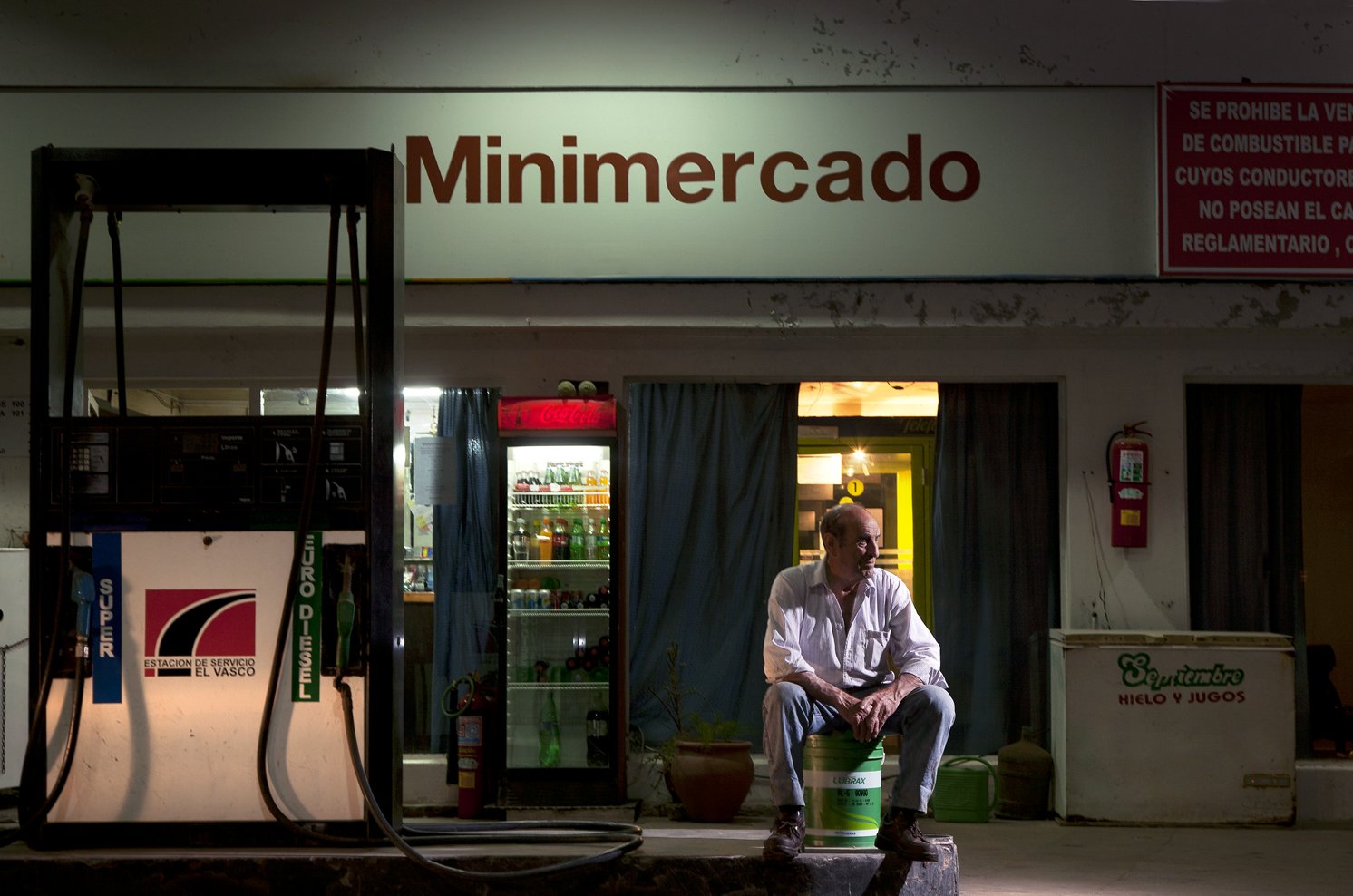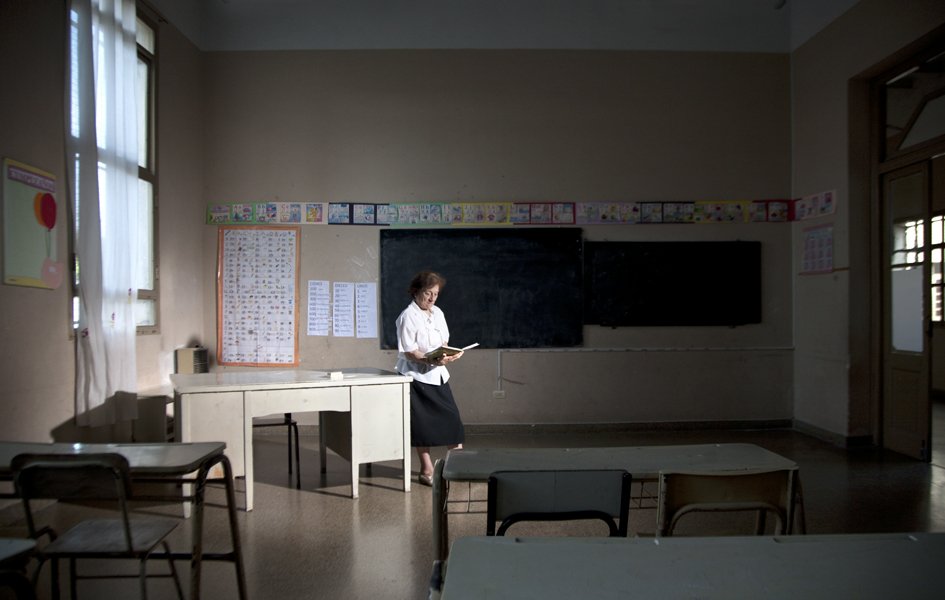Tales from transitional space
Inner court
From here to there
Embrace
I am your neighbor
Dust Days
Under foreclosure
“Temporarily Closed”
Self storage
Navarro
INNER COURT
"Are you part of the neighbor’s documentary?" This message traveled from floor to floor. We cross each other, say hello, put names on faces, without knowing much more. We all share the view of the same inner courtyard, the same background noises, our own voices blending with the others. Caught between the three sides of a six-storey building, this inner courtyard is the common thread of this story without a story, made of the pieces of intimacy which each of the neighbors agreed to share with me. Stuck together in a sequence, all these moments could run parallel to each other, in the same slice of time. Realized in Paris during the covid curfew, this film was just a pretext to go out and meet other people. Indeed, it is not necessary to go very far, not even to go out. The other side of a neighboring wall is far enough, if we pay attention to it.
Video, Installation, Gallerie Jean Brolly, Paris, 2021
FROM HERE TO THERE
This documentary short dedicated to the choreographer Brigid Baker and her company Wholeproject is about the collective formation of a choreography, its transmission and its always open form.
Short Film, Miami Screen Dance (Perez Museum), 2019
EMBRACE
Do you know the awkwardness of touching and/or being touched, your body recoiling at another’s approach? Does your cultural background inhibit your openness to physical contact? Is even embracing a close relative an unsettling experience? Do you tremble at the infringement of your haptic comfort zone? I administered to myself, and to anyone ready to share the experience, a brand-new haptic treatment: One minute embrace with random strangers. Like the old long photographic pose. It was way before Covid.
Video Performance, Miami 777 Mall, Mana Contemporary, 2018
I AM YOUR NEIGHBOR
Focused on a Miami neighborhood peculiarly jeopardized by property speculation, Little Haiti, each episode of this series consists in a filmed portrait of one of the neighbors, enhancing the way each contributes to the texture of a community conceived as a common good.
Video short series, Miami, ongoing project
DUST DAYS
I am usually the one dedicated to vacuuming. Once a week, I dust the entire surface of our home. As we move often, the square footage varies. Having no way to avoid this task, I wondered if it was possible to make something of it, other than a chore. So I started to keep a register of my "dust days", writing through the mental particles lifted and deposited while vacuuming ("thrown"on paper without further rewriting) and taking the picture of the content of the vacuum bag. Dust Days is not excatly a travelog but a “trivialog”.
Photography, Houston - Miami, 2017-ongoing
TALES FROM TRANSITIONAL SPACE
"Tales from transitional space" is a video installation addressing the critical social issue of post-release residency. In a country with the most people in prison and in Southern States where the incarceration rate is at the highest, to find a decent place to live is a primary concern for many returning citizens, who are usually rejected by most apartment rentals, homeowner associations and community neighborhoods and who are more often than not denied paroling into the city in which they were convicted, which severs them further away from any family support. However, having a roof is the first step towards rehabilitation and social reintegration. This project began as an experimental documentary - tales from transitional space - based on portraits of actual residents filmed in the transitional housing facilities created by Joe in Houston. Joe spent seventeen years behind bars and is now dedicated to building shelters. He has been there, he knows how hard it is to re-enter society. The stigma of being an ex-convict is brutal in Texas: you end up on the street, with no job, no house, and the shelters provided are often more dangerous and violent than the prisons, drugs and weapons flowing more freely in the communal dormitories. Convinced that one cannot rebuild oneself without a private space, Joe makes it a point to provide everyone with a single room, no matter how simple and modest. These tales were filmed and edited without a clear idea of how and when they could find their way outside the audience of those involved in the film, and they may have remained in this circle were it not for Project Row Houses allowing us to expose them into the relevant socio-sculptural context, giving to the voices of Joe, Shannon, Harold... a home and a chance to resonate.
Video Installation, Southern Survey Biennal, Houston, Oct 2022 to Feb 2023
UNDER FORECLOSURE
The extent of economic crisis in the United States can be measured by the number of properties under foreclosure and, consequently, of displaced families. We have access to images of foreclosed places thanks to the databases of online auction sites. These are generally anonymous, flat photos, taken without aesthetic intention, with no other function than giving an idea of the space to a possible buyer, and therefore doomed to oblivion. These images "without qualities" however conceal, when we stop to look at them, a strange indexical power, collusion of the anonymous and the intimate. Over a period of six months, I used real estate search engines as my explorative tool and, proceeding State by State, I tried to compose the portrait of a foreclosed America.
Found photos, USA, 2016-17
“Temporarily Closed”
This sequence is made of photographs found by searching “Bakhmut” in Google Maps. They were taken by Google Maps contributors, Bakhmut’s inhabitants. The most recent one is dated February 2022. The war had already begun but Bakhmut wasn’t yet the name for a battle.
Found photography is photography by other means where taking, making and originating are voluntarily bypassed. The idea becomes a machine, a search engine that retrieves ready-made images. The photographer as a picker-gatherer-archivist more than a producer can henceforth dispense with the camera. What remains is the deixis itself.
My only intervention in this case, aside from the recollection and the reframing of some of them, was to turn these images to black and white.
Found Photos, Ukraine, 2023
